Keep it simple! In this article, you get well-chosen, practical tips to consider when choosing a ring to propose with. The tips are based on years of experience guiding couples to their perfect engagement rings - and of course, on insights from when things didn't quite go as planned. But most things can be solved! Below is a checklist of aspects to consider when choosing a ring to propose with.
This article is written for you who want to surprise your love with "the ring" during a proposal. There is also many other options for proposing, if you want to choose the ring together after the proposal.

A dainty solitaire ring and a clean gold band. A classic combo! A wonderful customer image.
In general: keep it simple
If you haven't received clear indications that your partner wants an unusual engagement ring - keep it simple.
Among women, there are actually only two ring models that the vast majority choose as an engagement ring: either a solitaire ring or a side stone ring like Edith or Elise. As a wedding ring, most people choose a classic eternity band.
Among men, the equivalent is the clean gold ring: Casper Clean Ring or Ben Ring - the majority of men choose any of these two.
Don't believe me? Look around at your workplace, in the grocery store, at the family dinner, on the bus. If you look closely, you'll probably notice that the vast majority of people are wearing a variation of these rings on the "engagement finger"!

A half carat (0.50 CT) solitaire ring and a neat eternity band with diamonds. A classic and dreamy wedding ring combination! The Solitaire and Jade Petite Ring .
The difference between women's and men's engagement rings
How come?
Based on my experience, these are the two ring models that many women growing up have seen their grandmothers and mothers wear - and these are the rings that we have admired since we were little girls. When it is finally our turn to wear "The Ring", it is naturally these two styles that we are drawn to.

For many, a solitaire ring symbolizes the engagement dream. Here wonderful Subtle Sparkle Solitaire Ring with a halo of diamonds discreetly hidden between the prongs.
For many, a solitaire ring embodies the engagement dream.
The more practical one, who wants a more "glove-compatible" ring, instead chooses the side stone ring, which is more practical while still signalling love and engagement. Also, it oozes vintage glamour.

Edith Ring - a simple and classic three-stone ring that has become one of our most loved engagement rings.
Among men, as mentioned, the most common engagement ring is a simple, clean gold band - not too thin and not too wide.
Why is it that men are drawn to simple gold rings? My experience, from meeting many men in the showroom, is that most men are not used to wearing neither rings nor other jewelry before they get engaged. The gold band in particular becomes a simple and clean starting point to match to, for example, a watch, but also to their other future jewelry.
The men who are already used to wearing jewelry are often the ones who dare to go outside the box with their engagement ring. They often choose a more eye-catching model!

Ben Ring - a simple, straight gold ring that has become one of our most popular engagement rings for men.
My best tip is therefore: keep it simple, if your partner hasn't given you any clear hints that she/he wants something extraordinary or unusual. Don't worry that the ring "will not be special", just because it is a common model. The ring you choose will be special - because you chose it!
There will be many, many more opportunities to add more jewelry to your partner's jewelry collection in the future - I promise!
Also remember that after the proposal, the vast majority of couples submit their rings for engraving, which makes them even more special for you.

Here is a private picture that a customer sent us after a successful proposal. Soon it will be you!
Beautiful Greta Ring - a variation on a three-stone ring that is decorated with extra diamonds along the band. Especially popular with customers in Norway!
Don't worry - it will be fine!
If you would rather choose a ring together later, you can always propose with a borrowed ring from our showroom, and then choose engagement rings together after the proposal.
There is nothing to worry about. You know that your partner loves you, that you love each other - and now it's time to show it to the world!

A beautiful and slightly more unusual engagement stack.
I hope that the experiences and tips I have shared in this guide have been valuable and that they will help you in preparing for one of the biggest days of your and your heart's life (in a double sense).
We are happy to help you. Call us on +46 (0)8-16 64 64, email online@mumbaistockholm.com or book an appointment in our showroom in Stockholm!
And above all - good luck. It will all go well!
XX
Cecilia


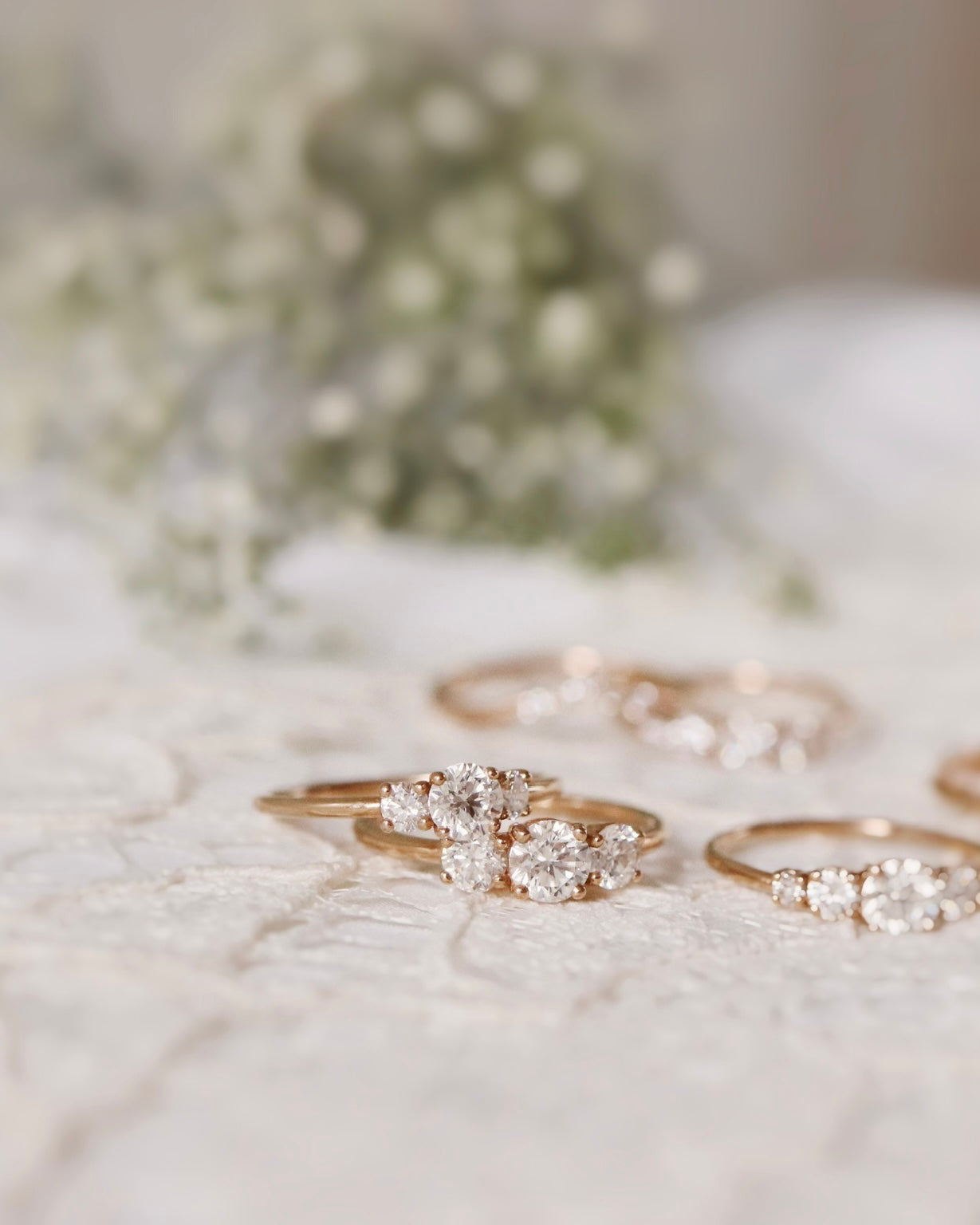
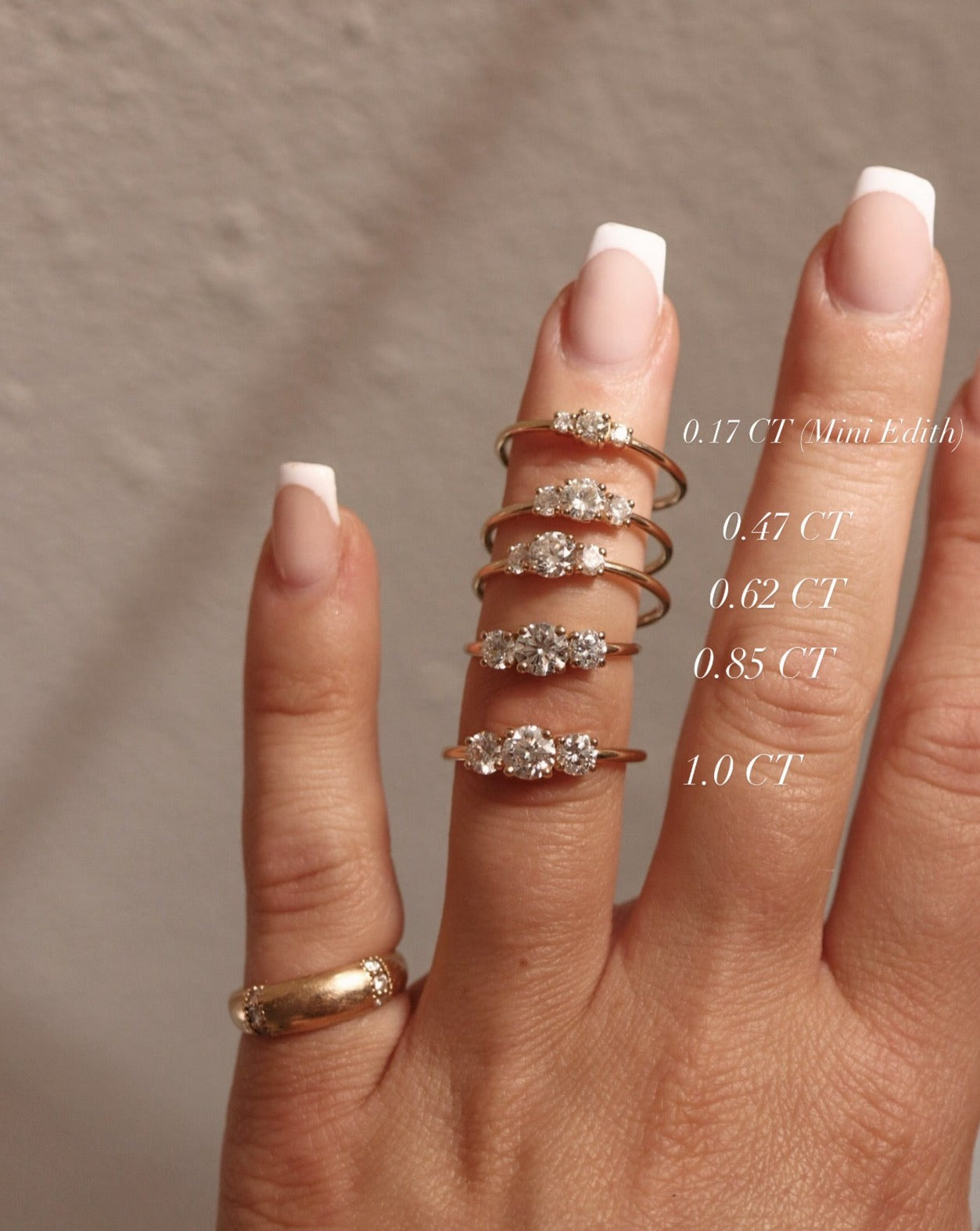
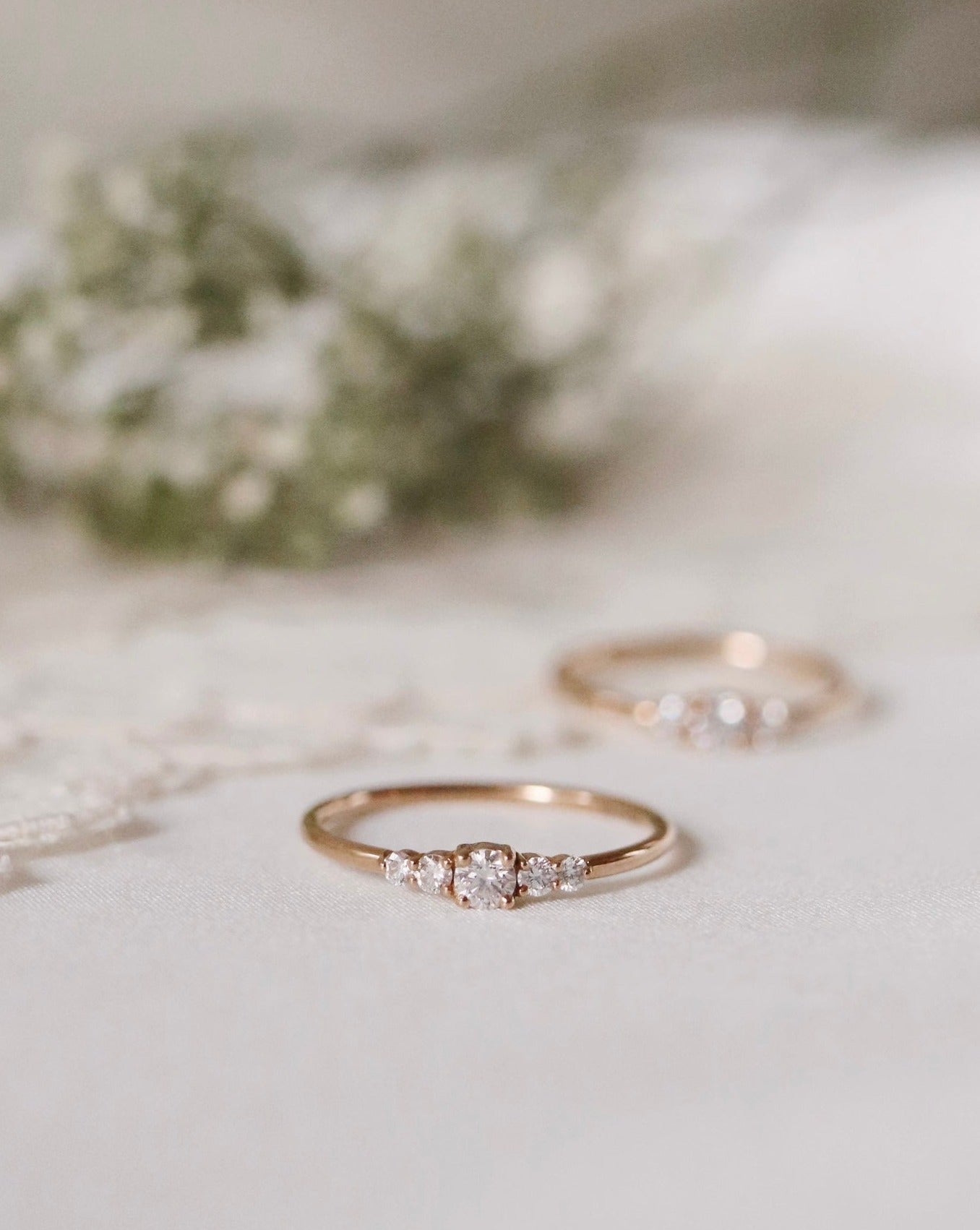
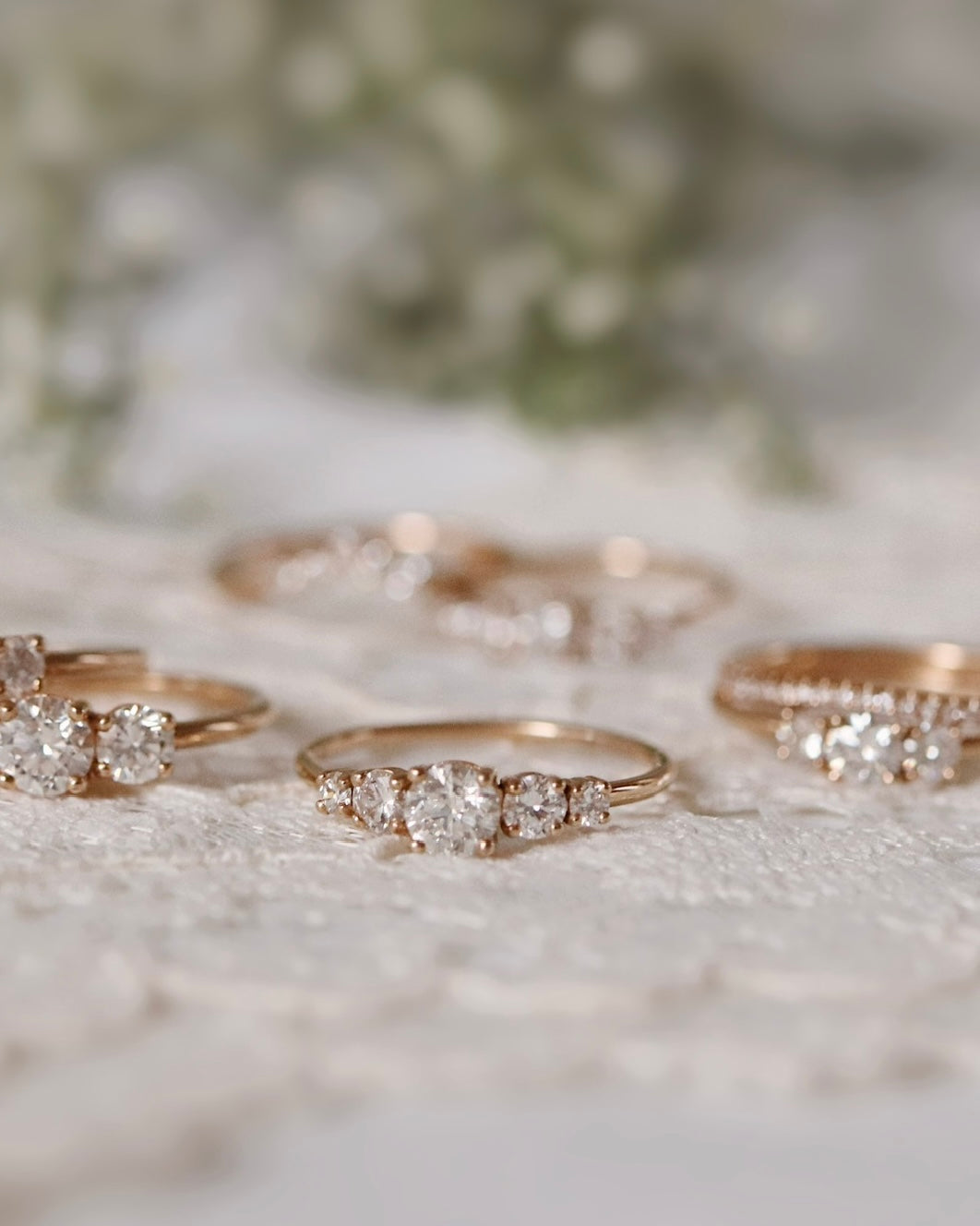
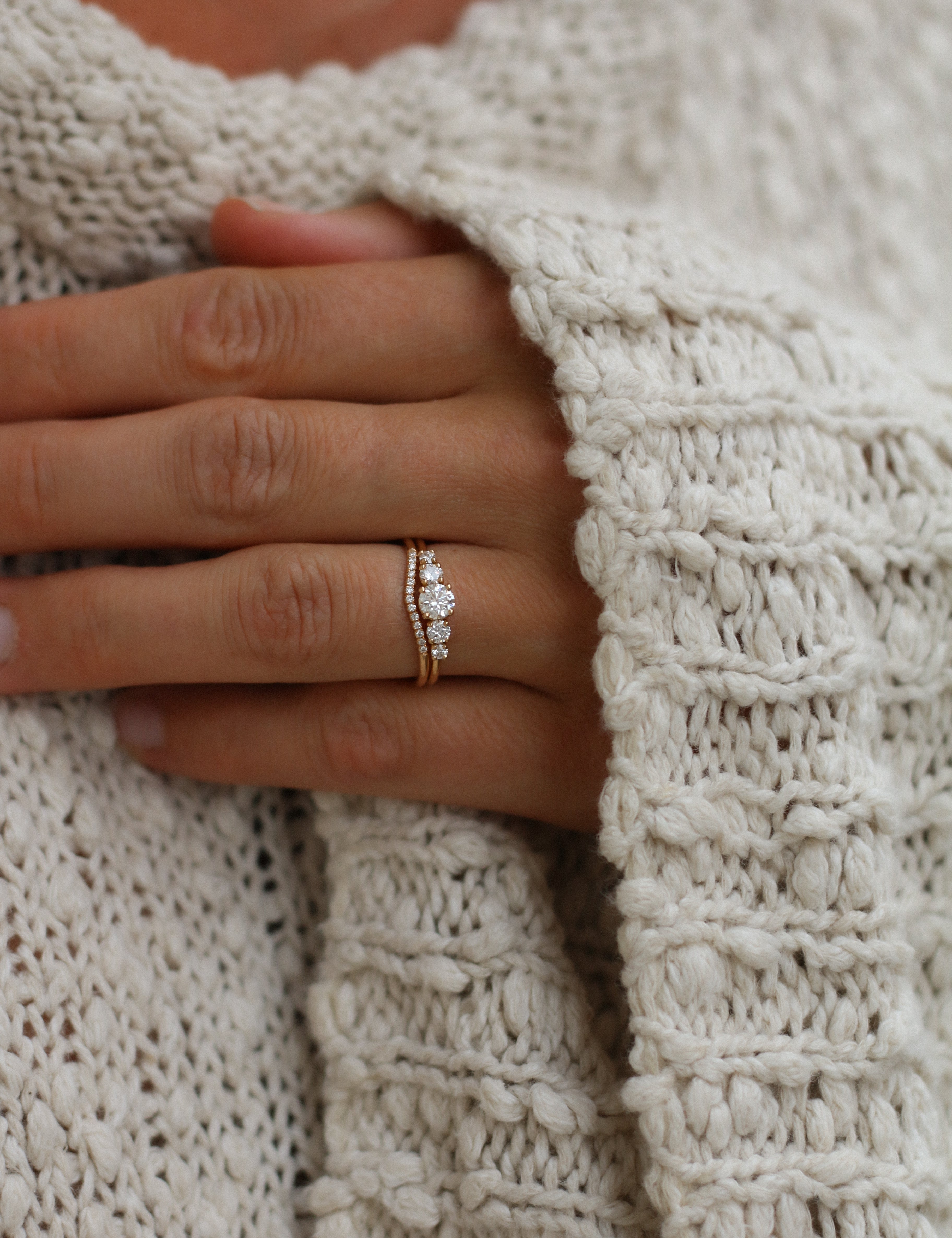
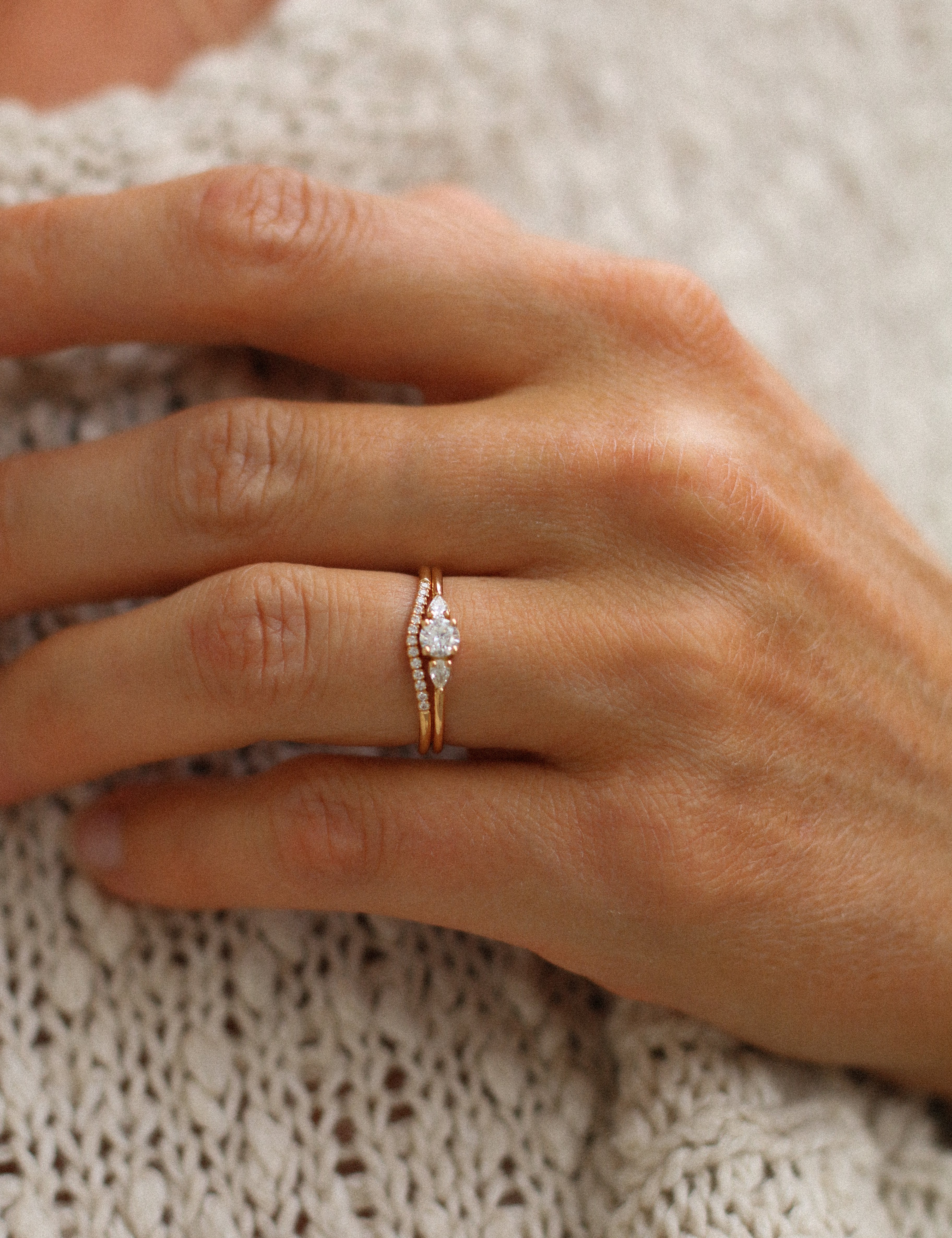
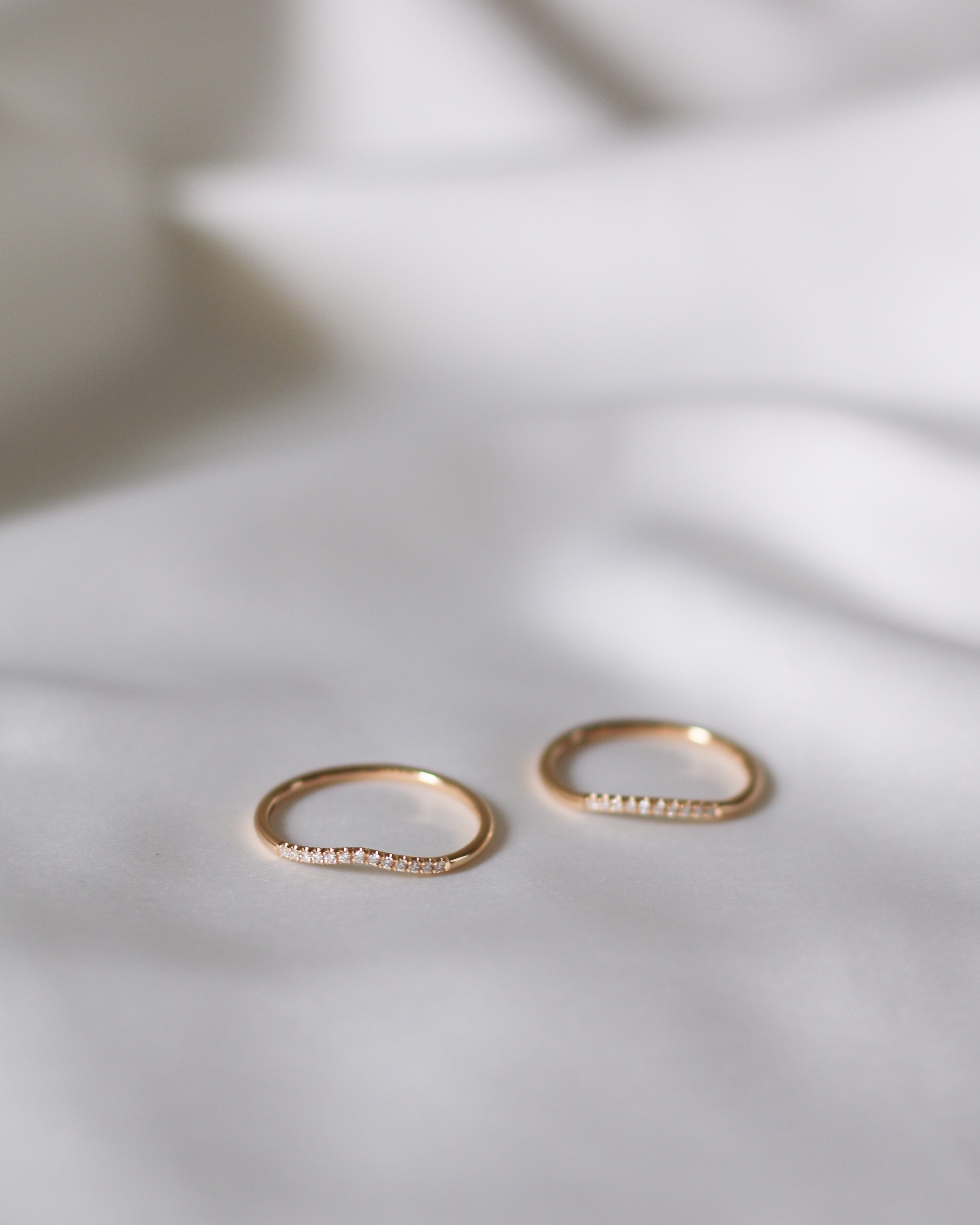
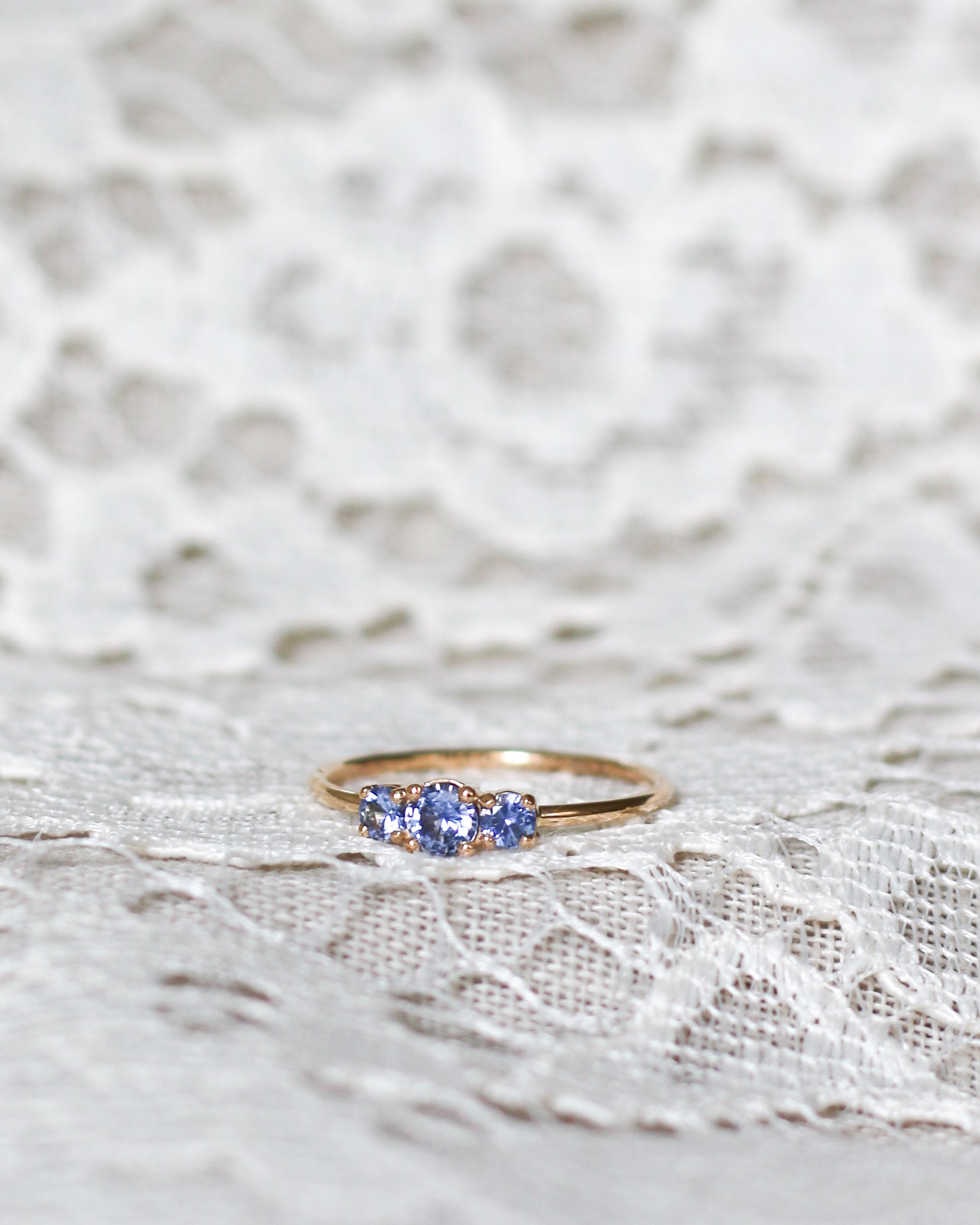
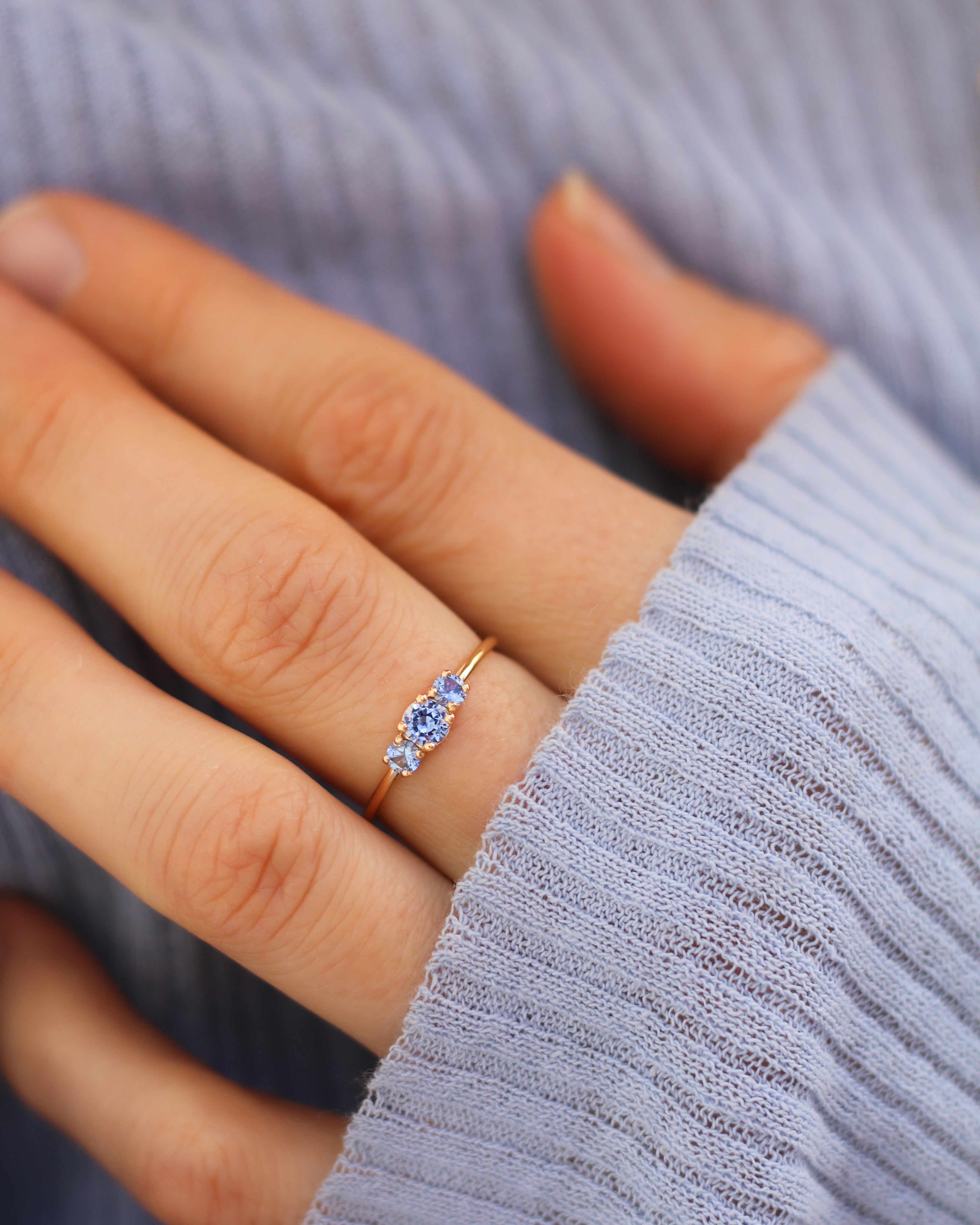
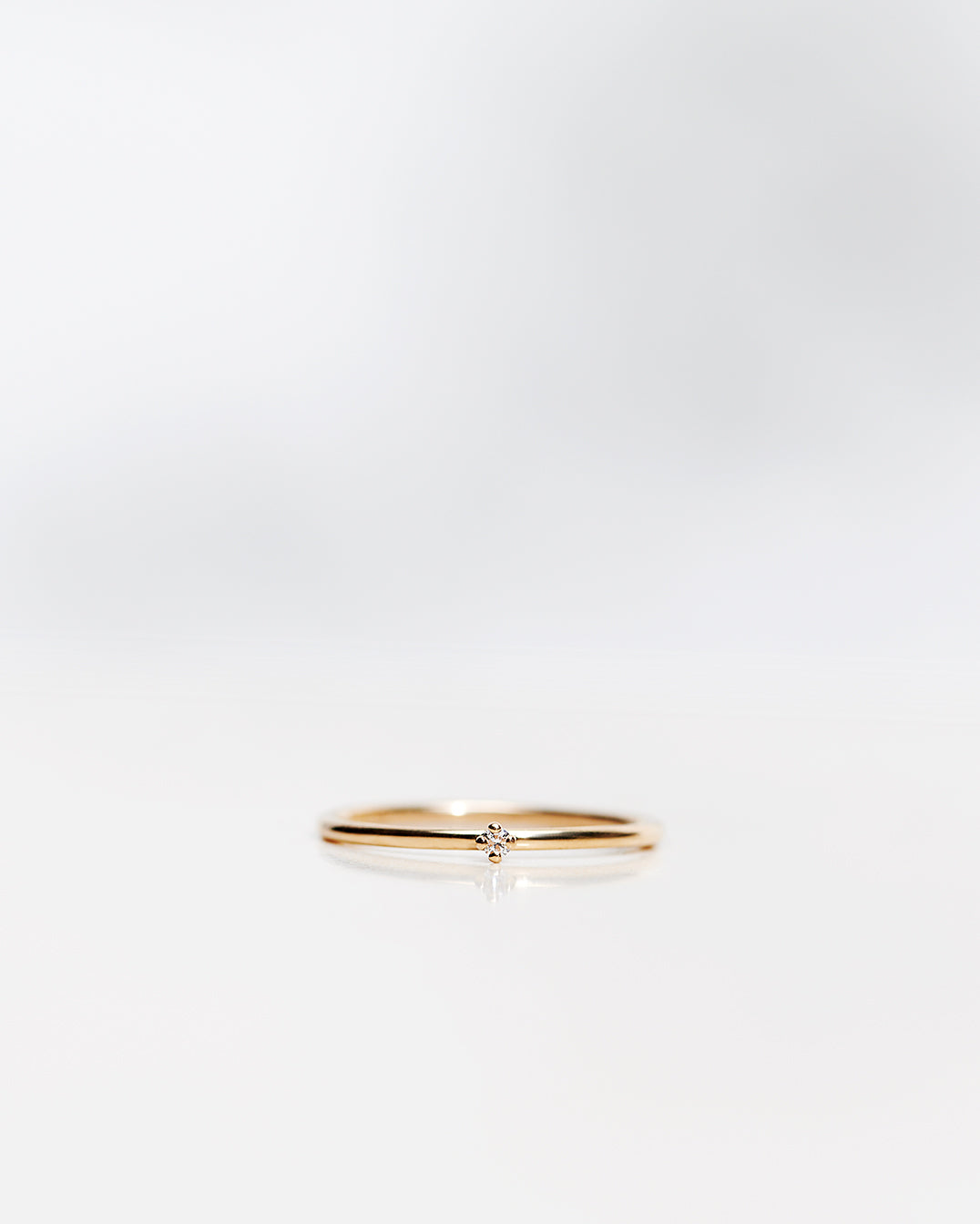
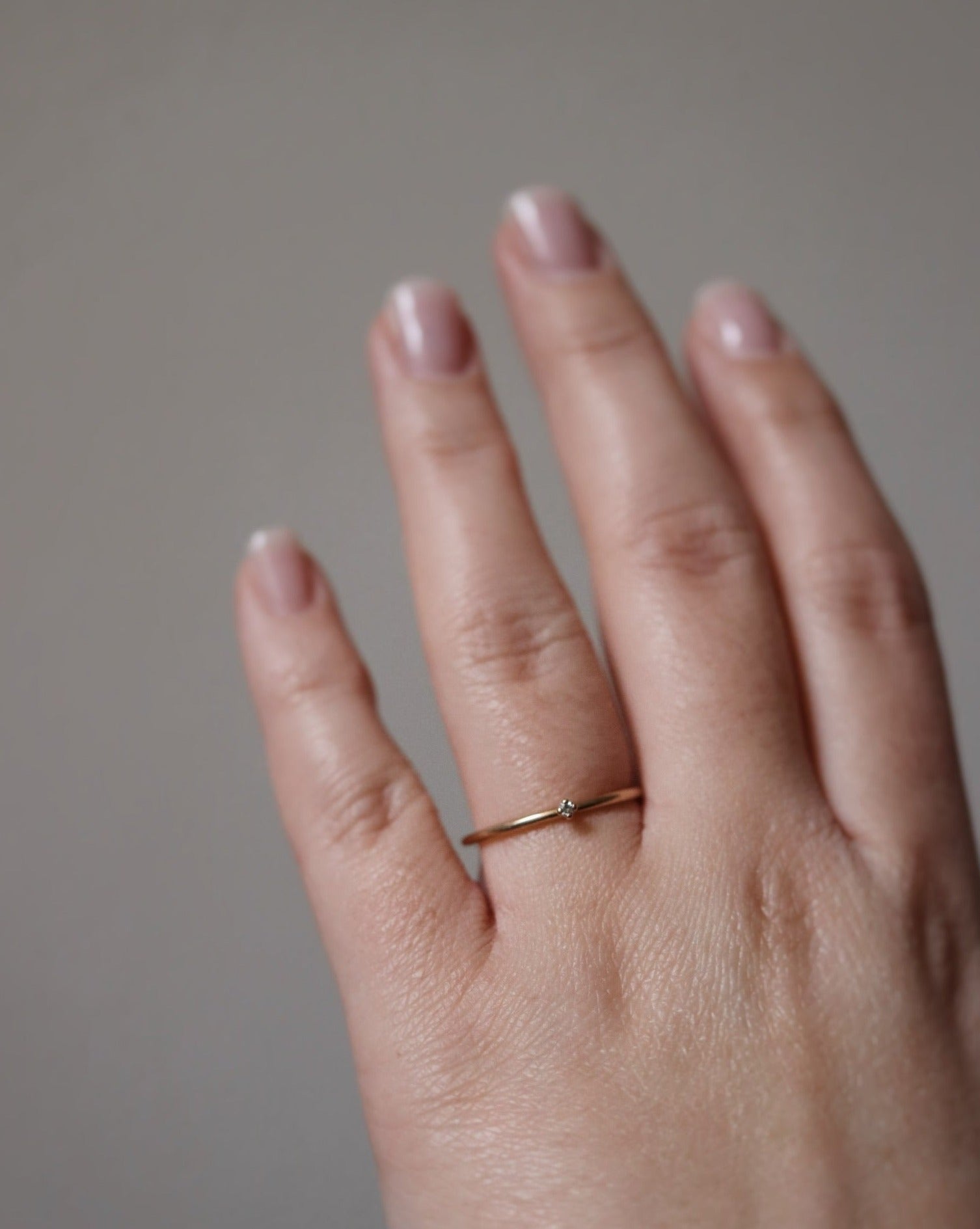
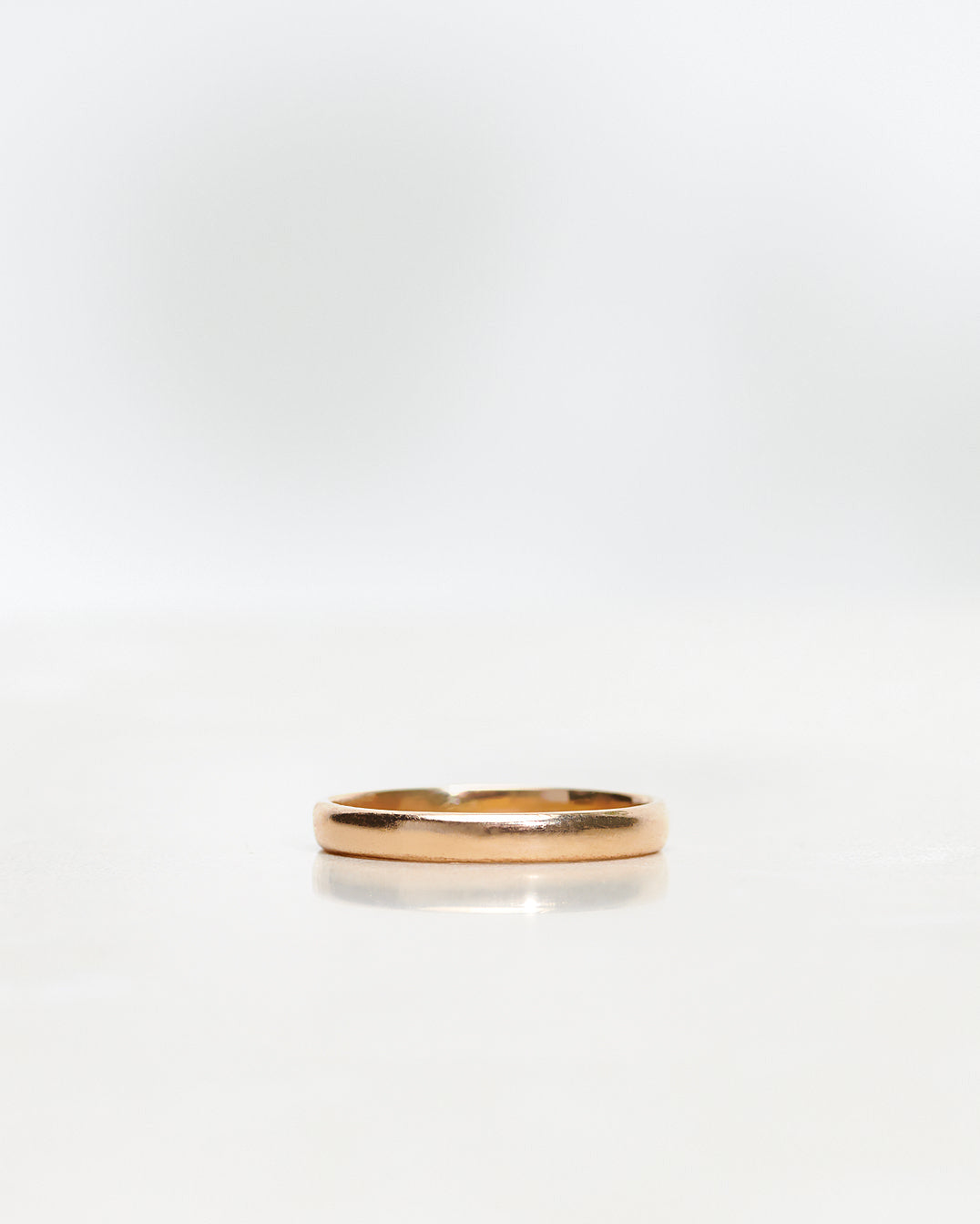
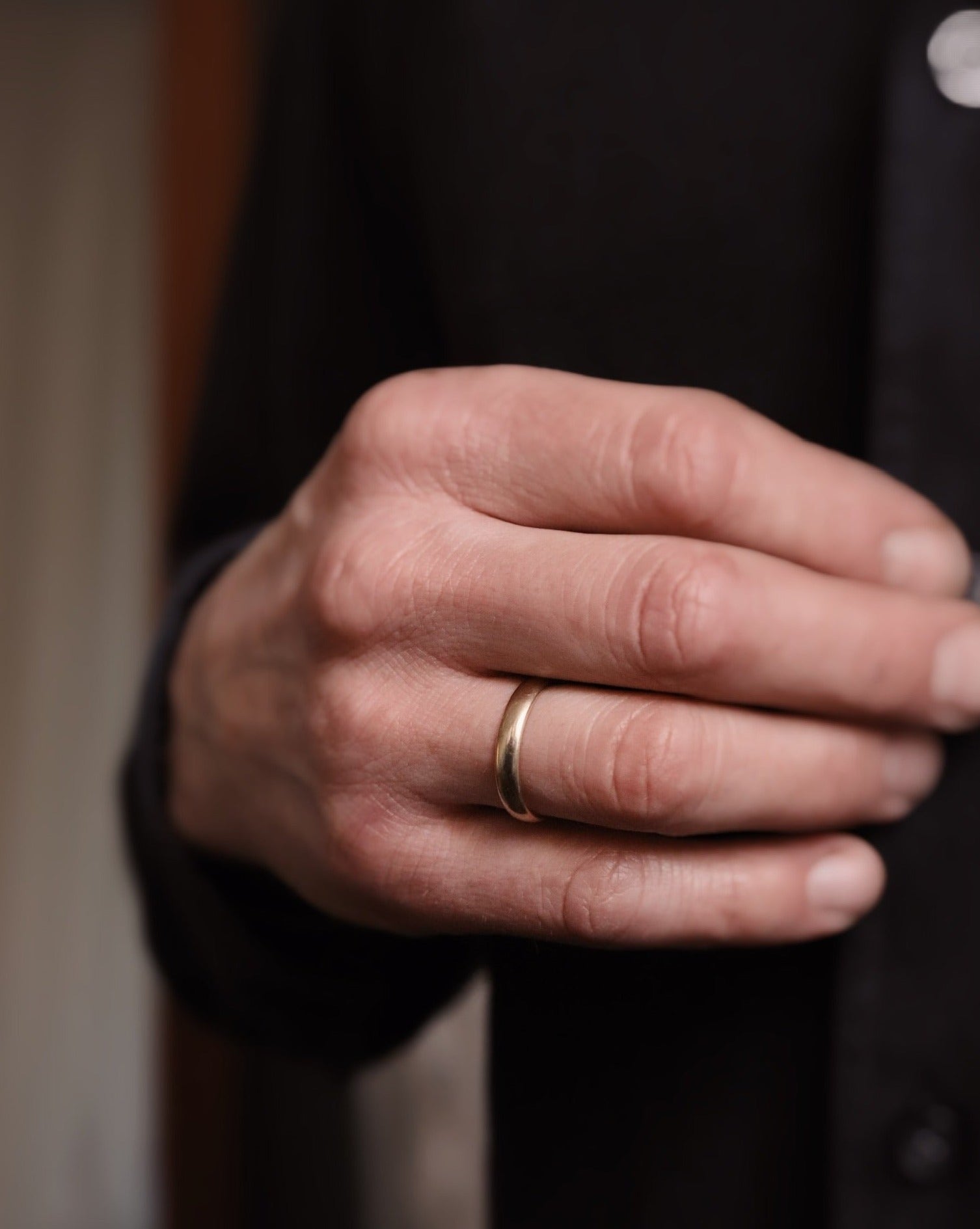
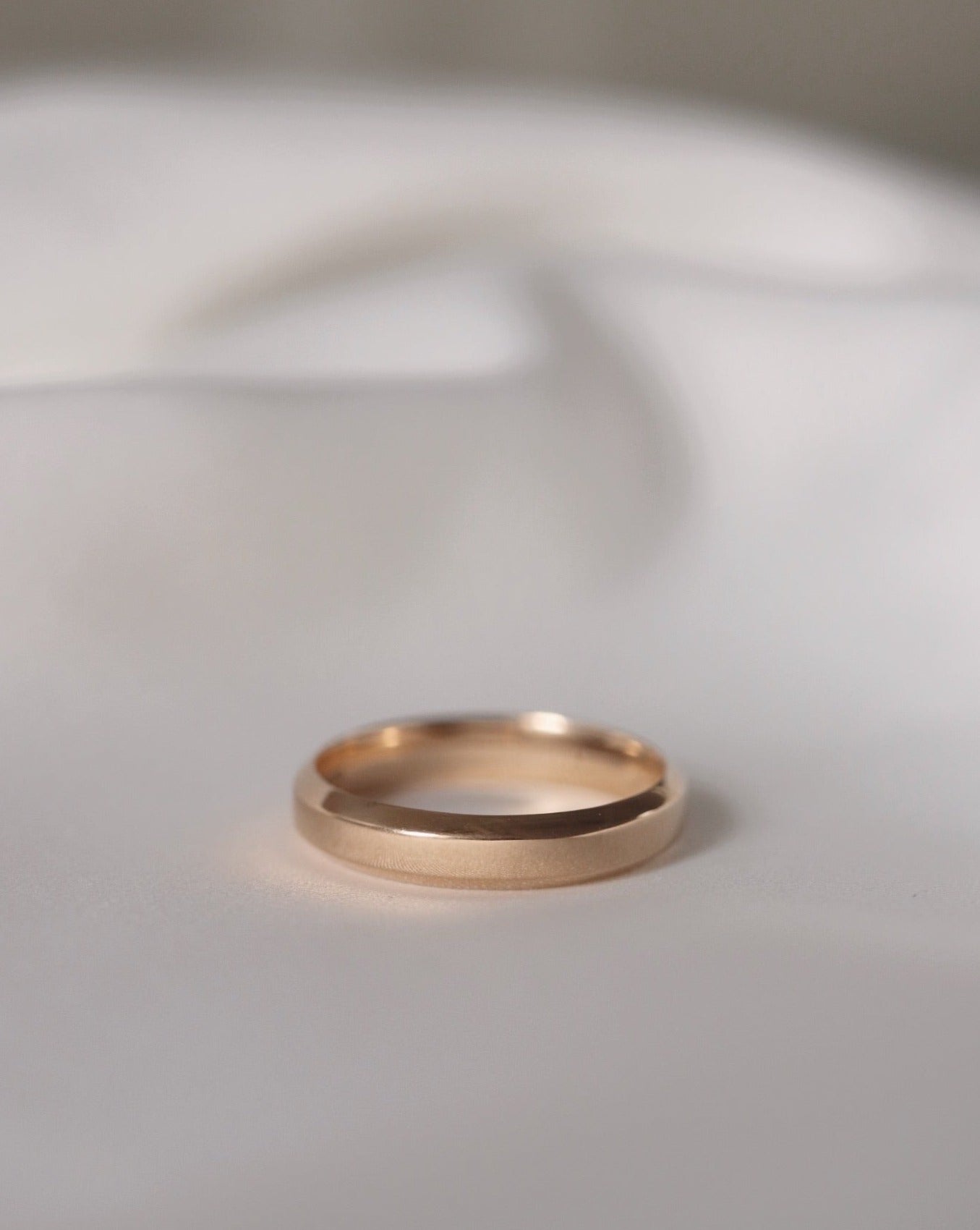
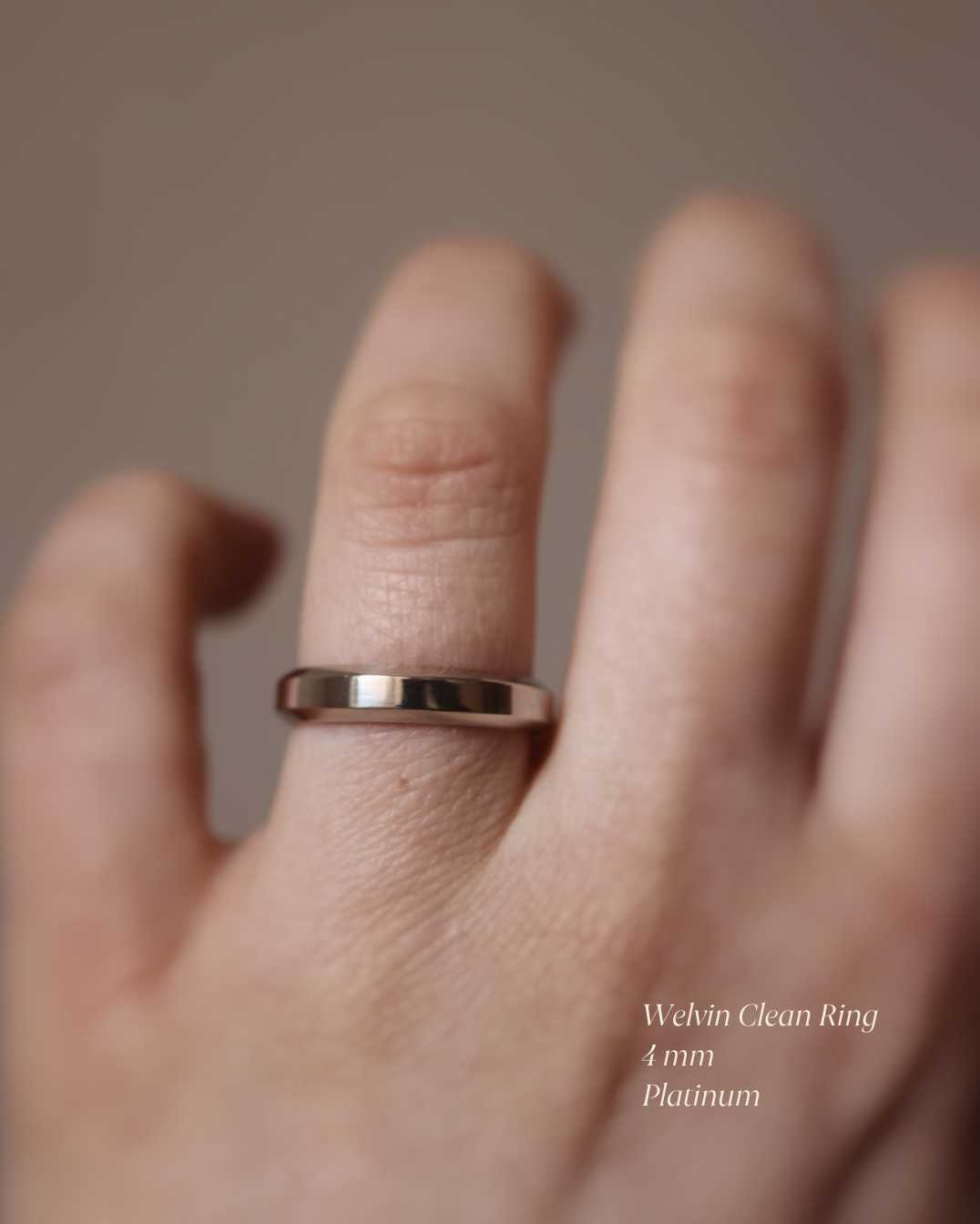


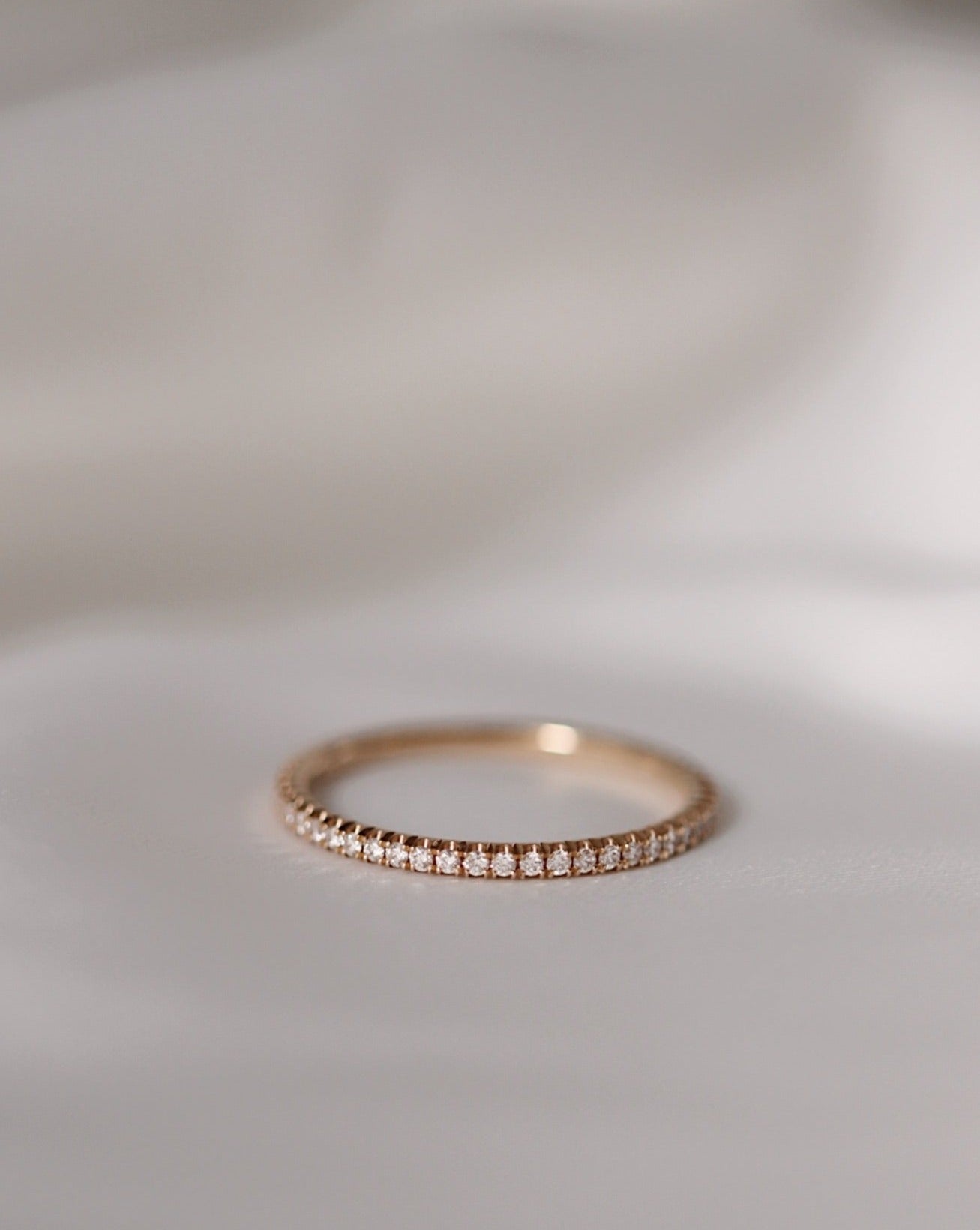
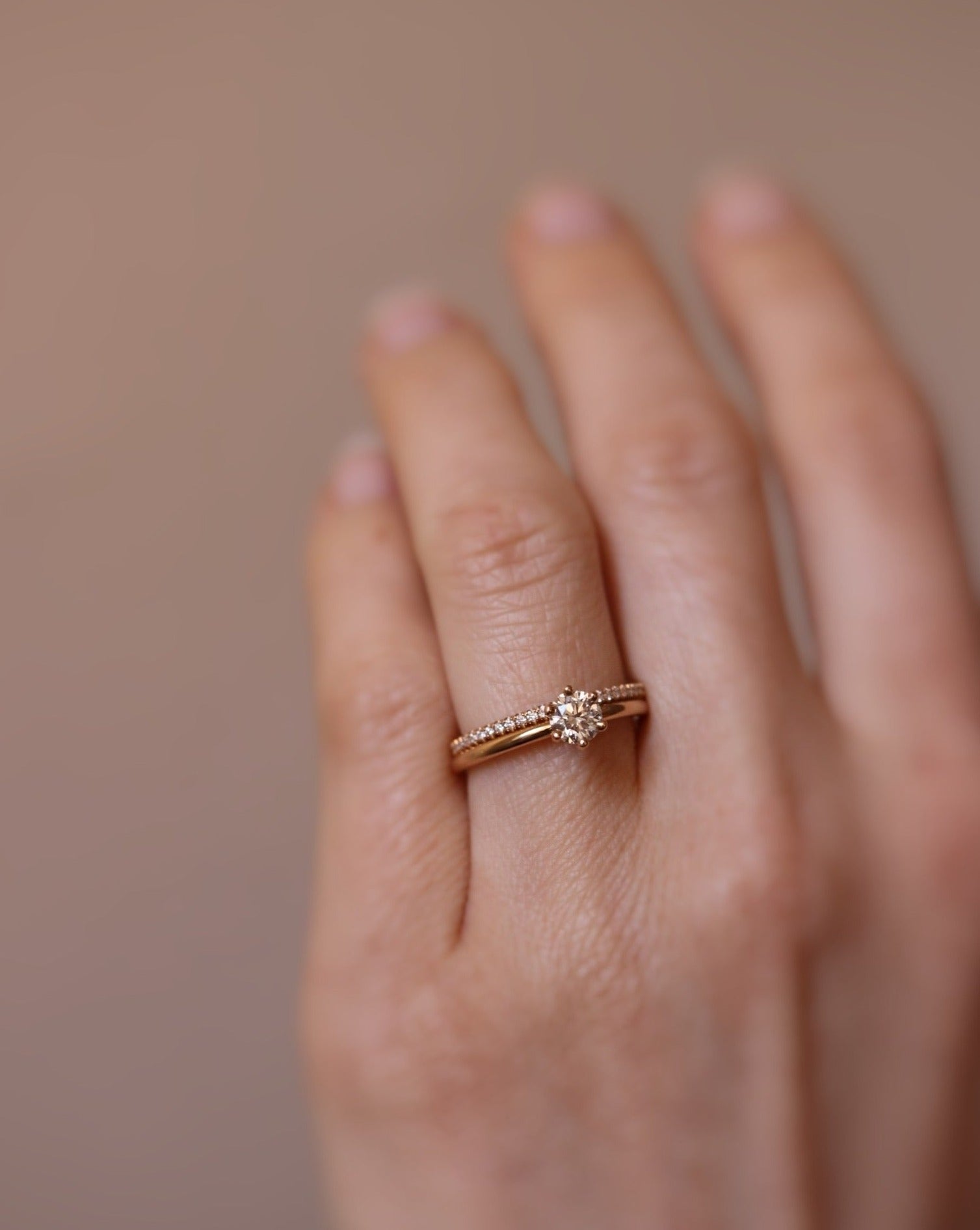
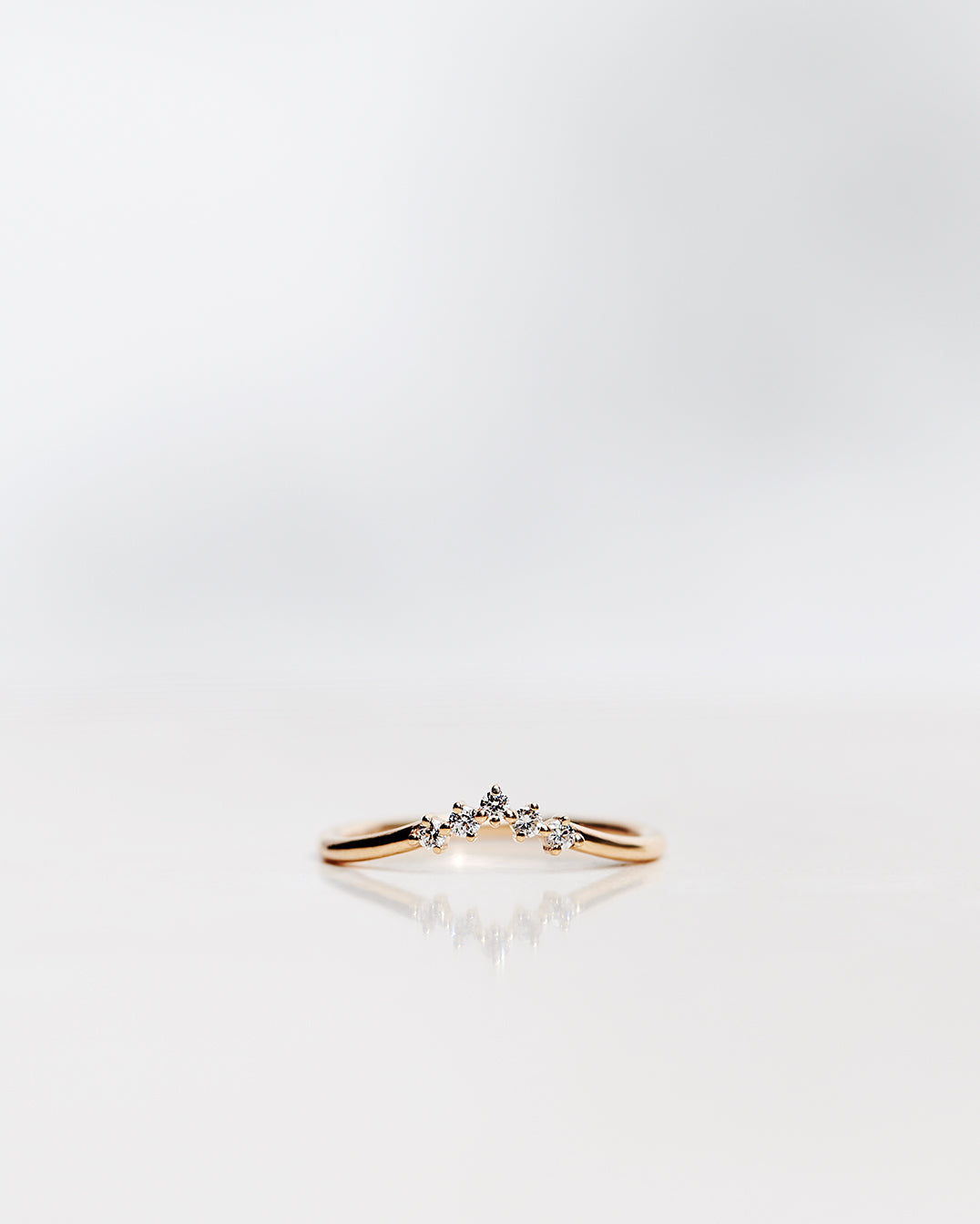
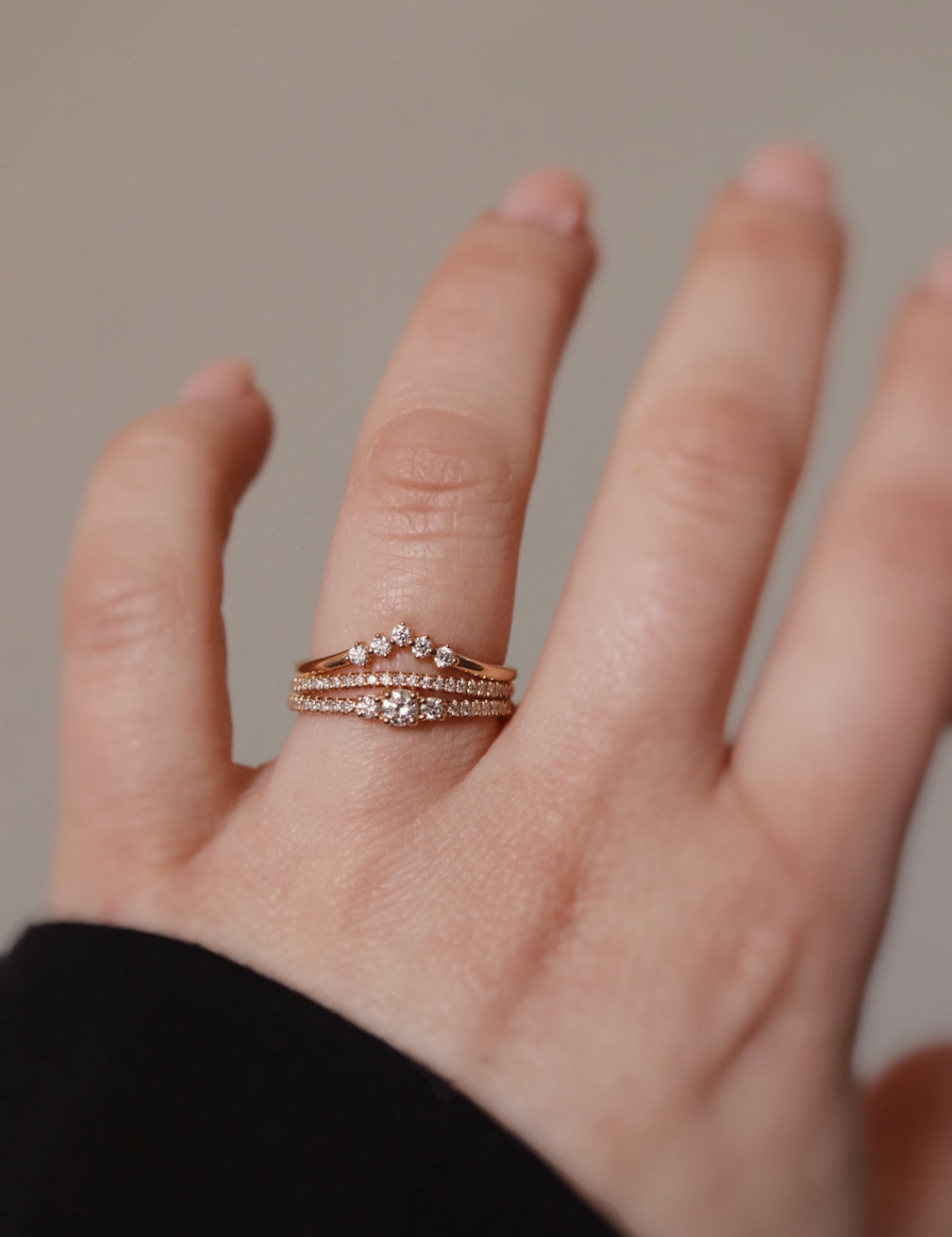
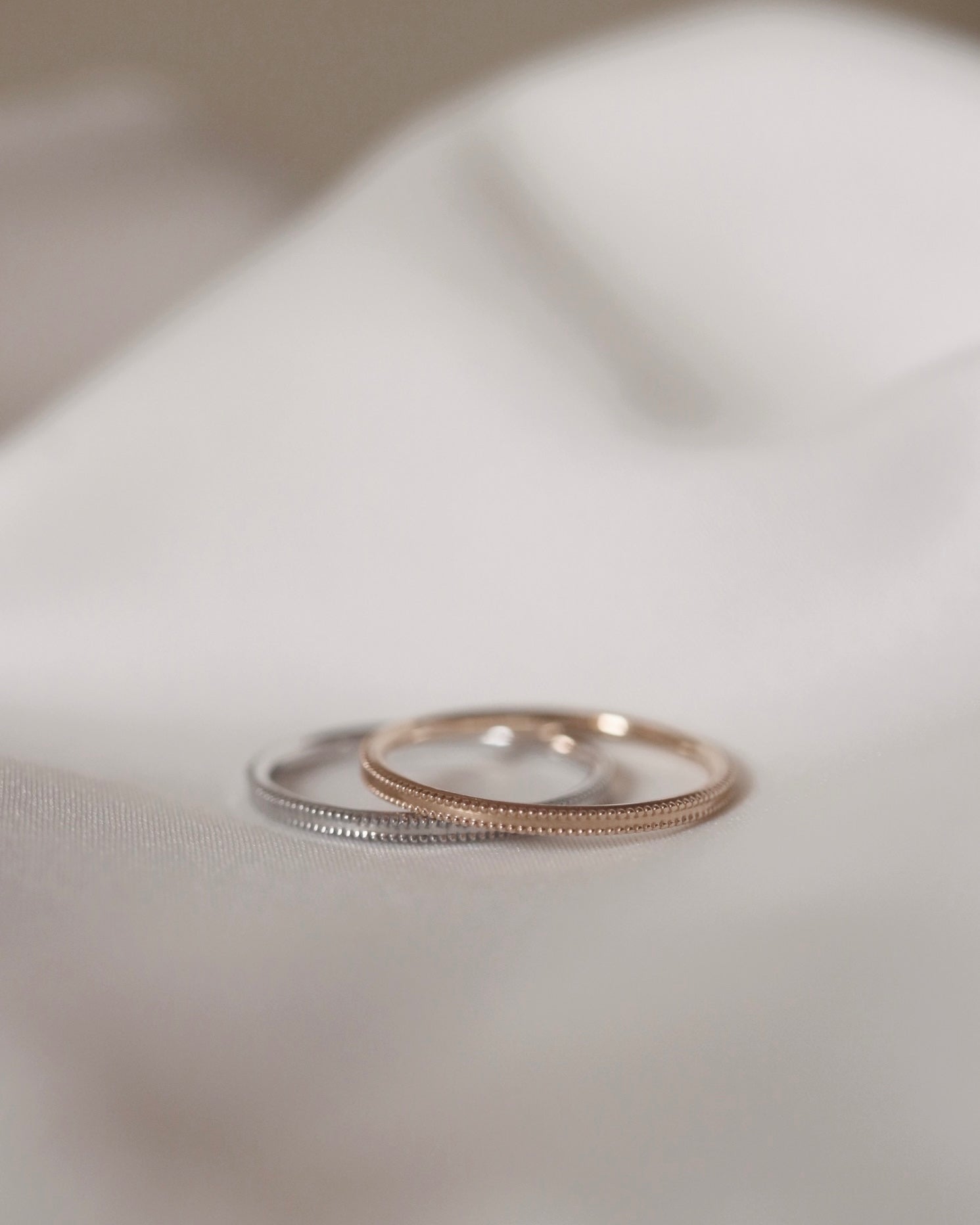
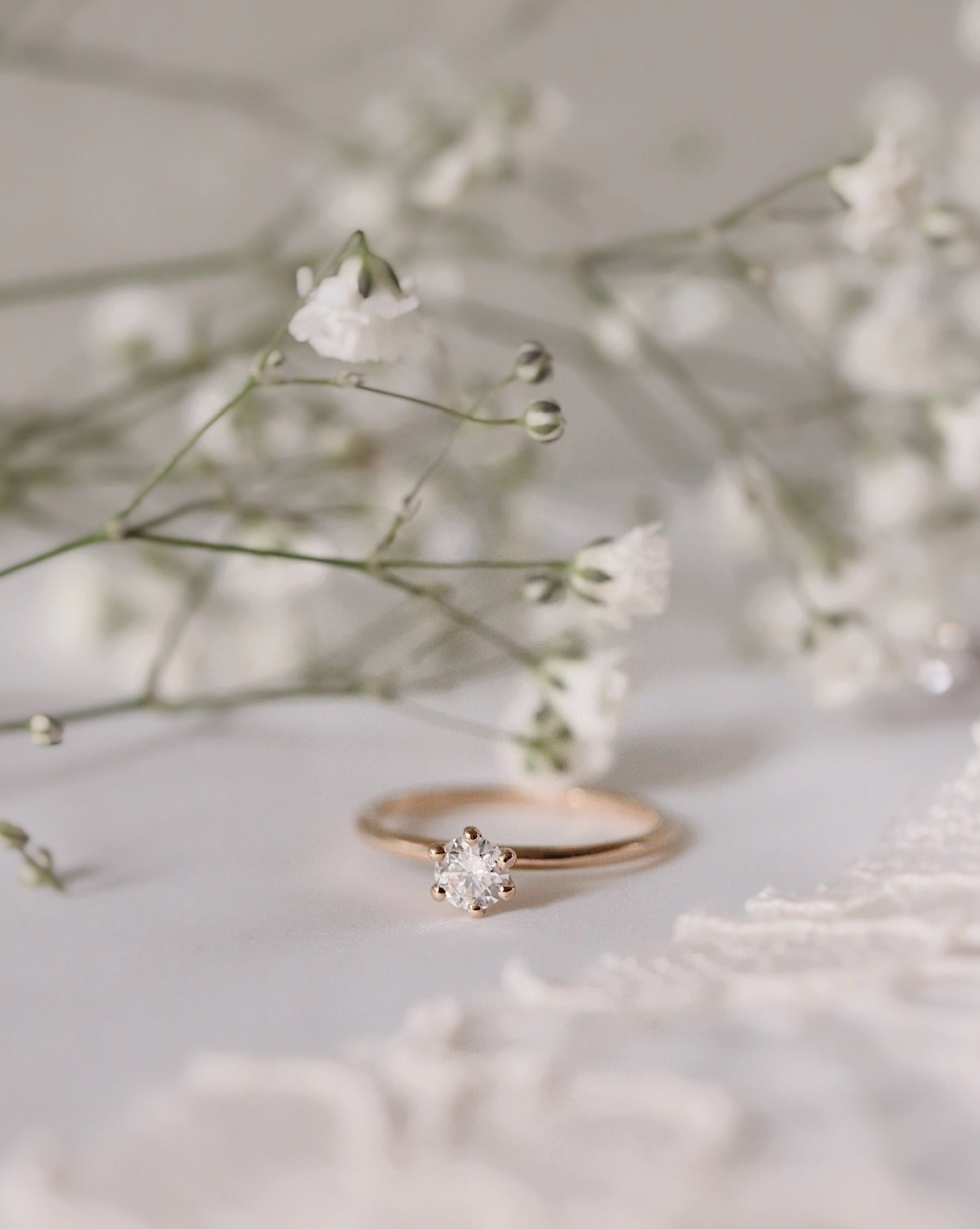
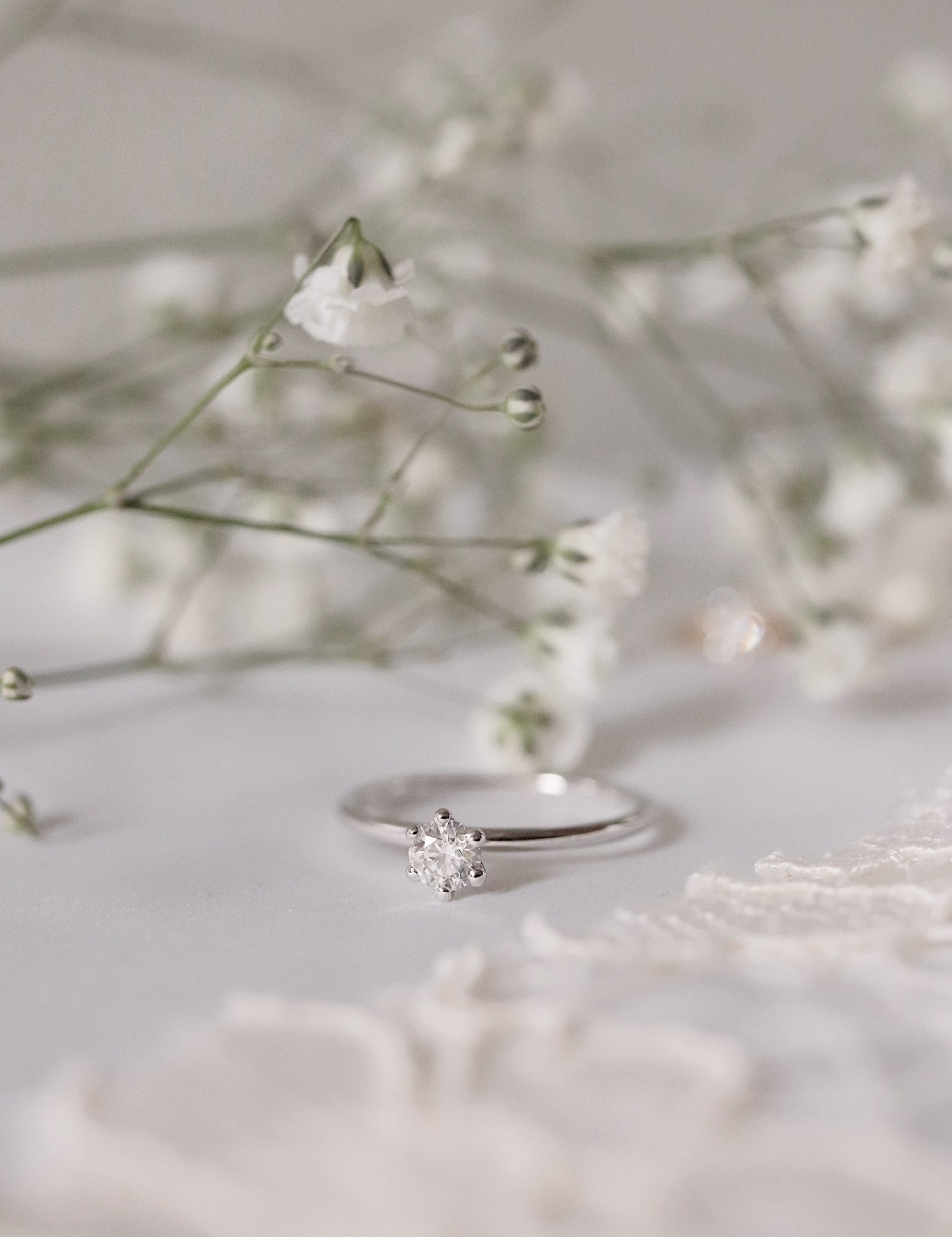
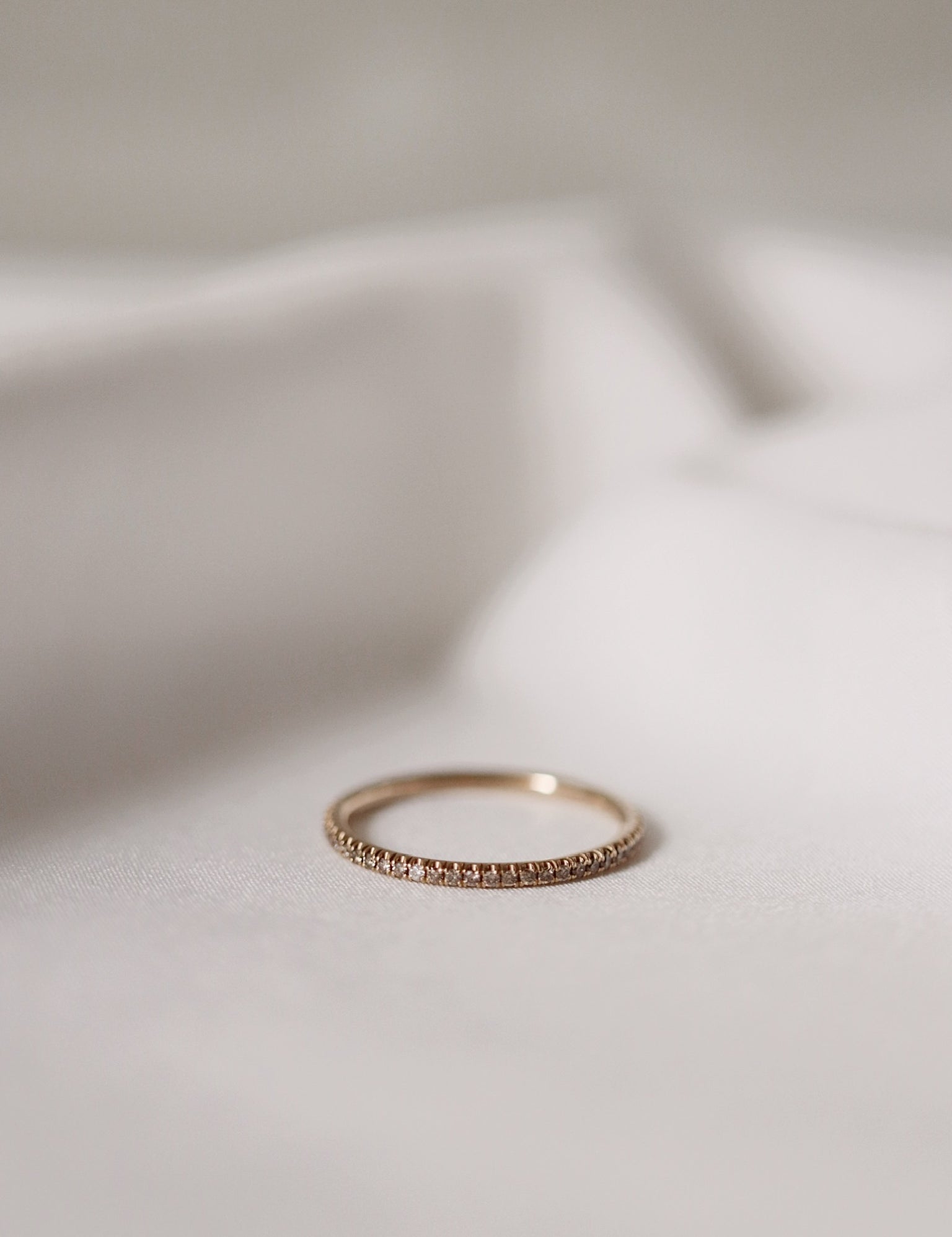
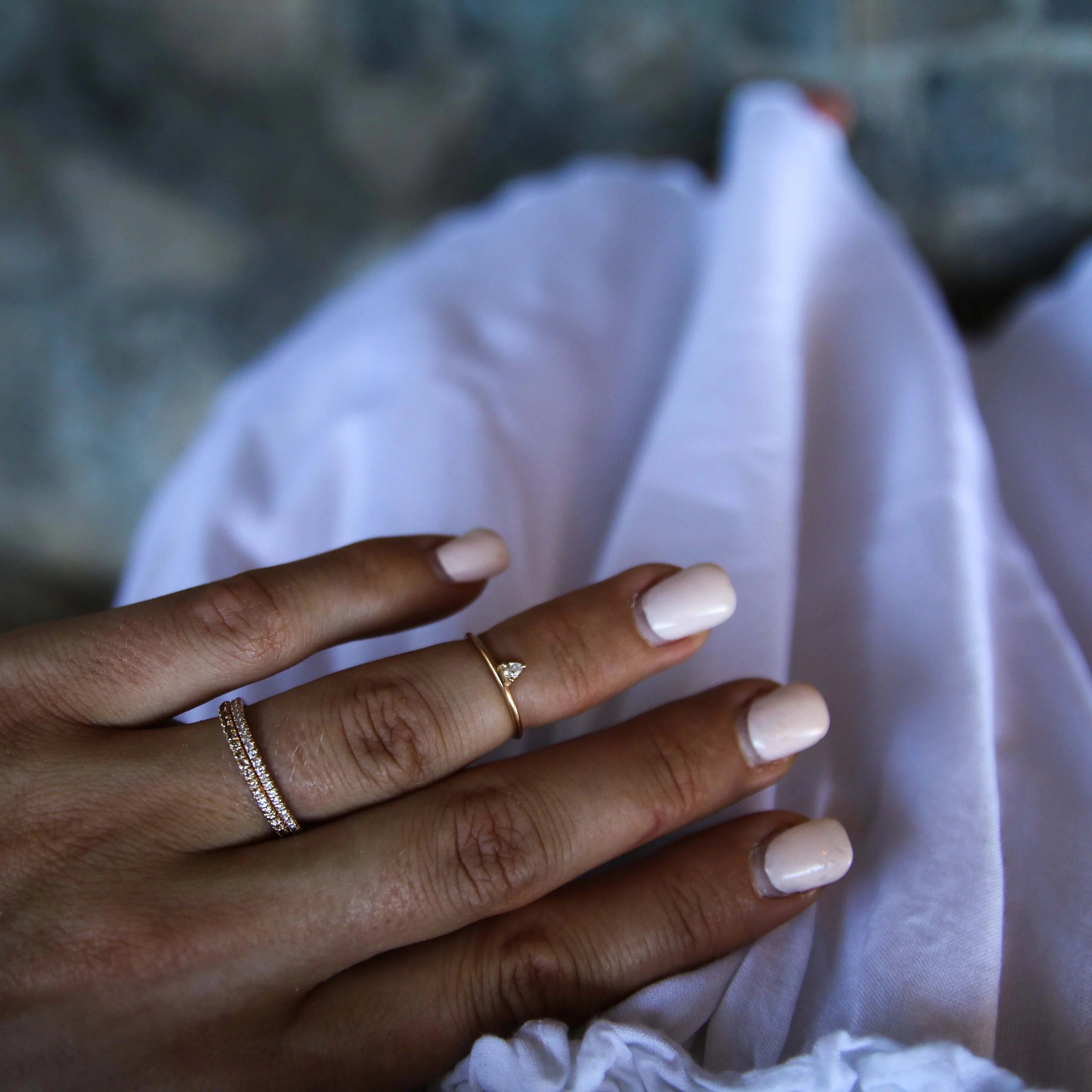
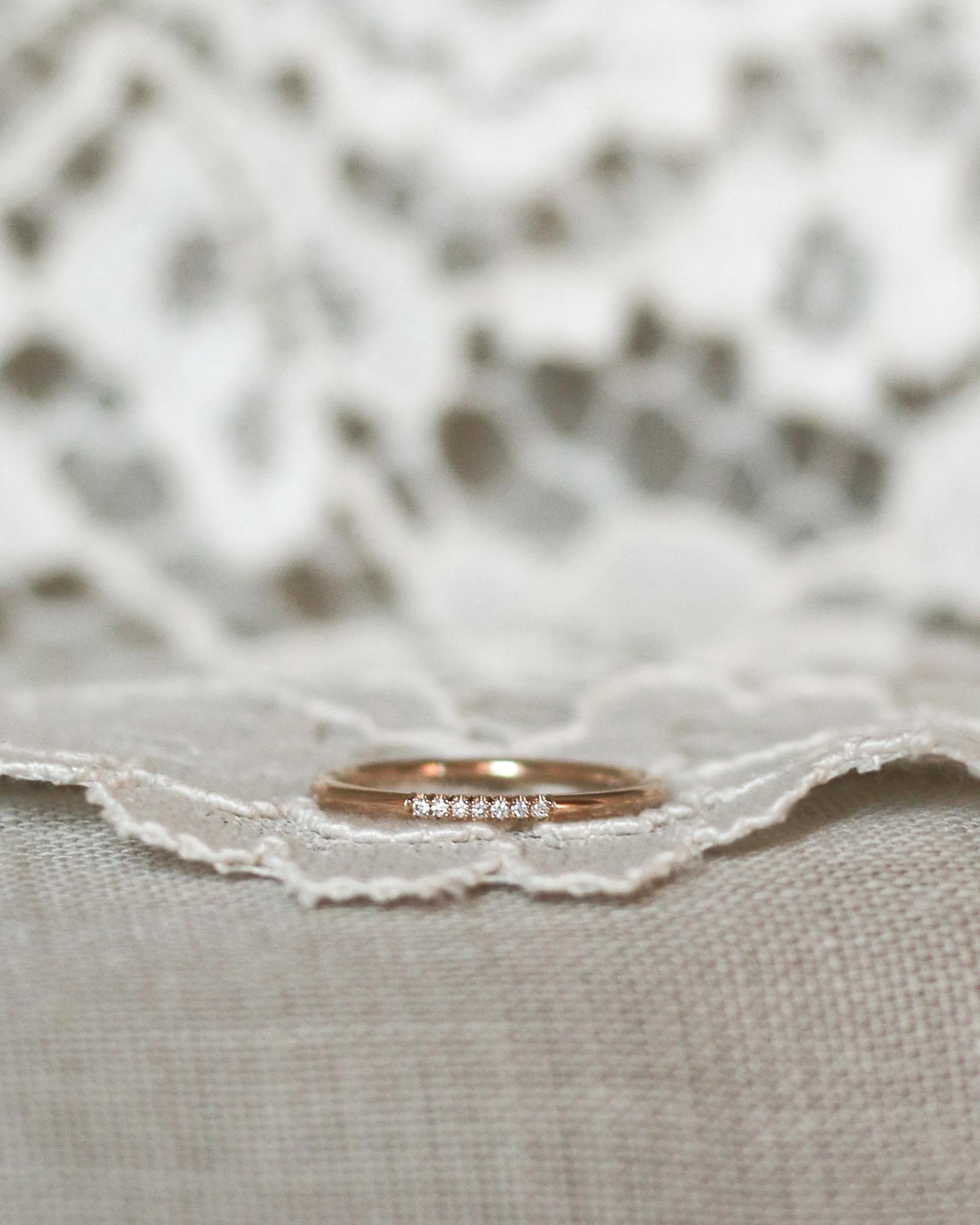
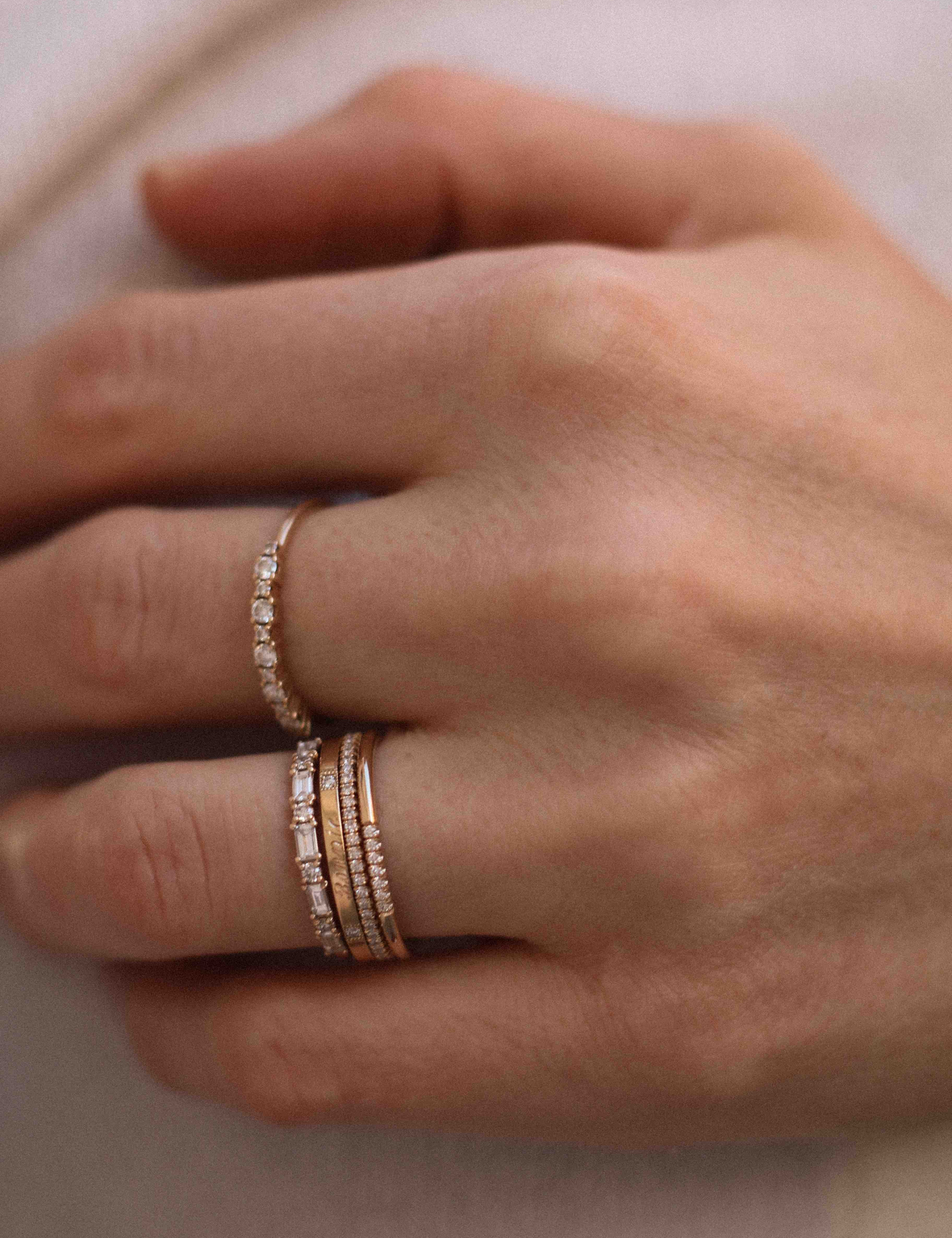
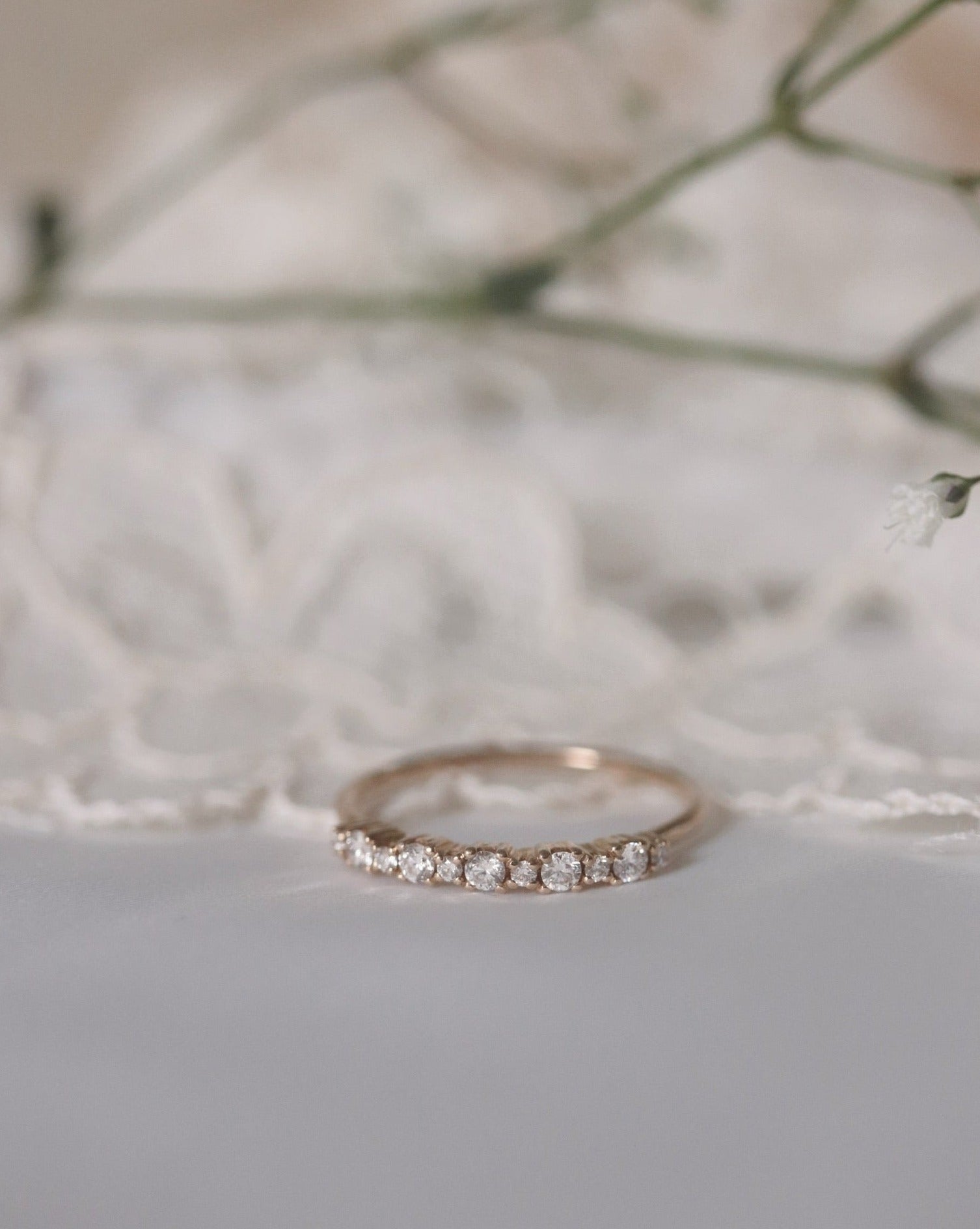
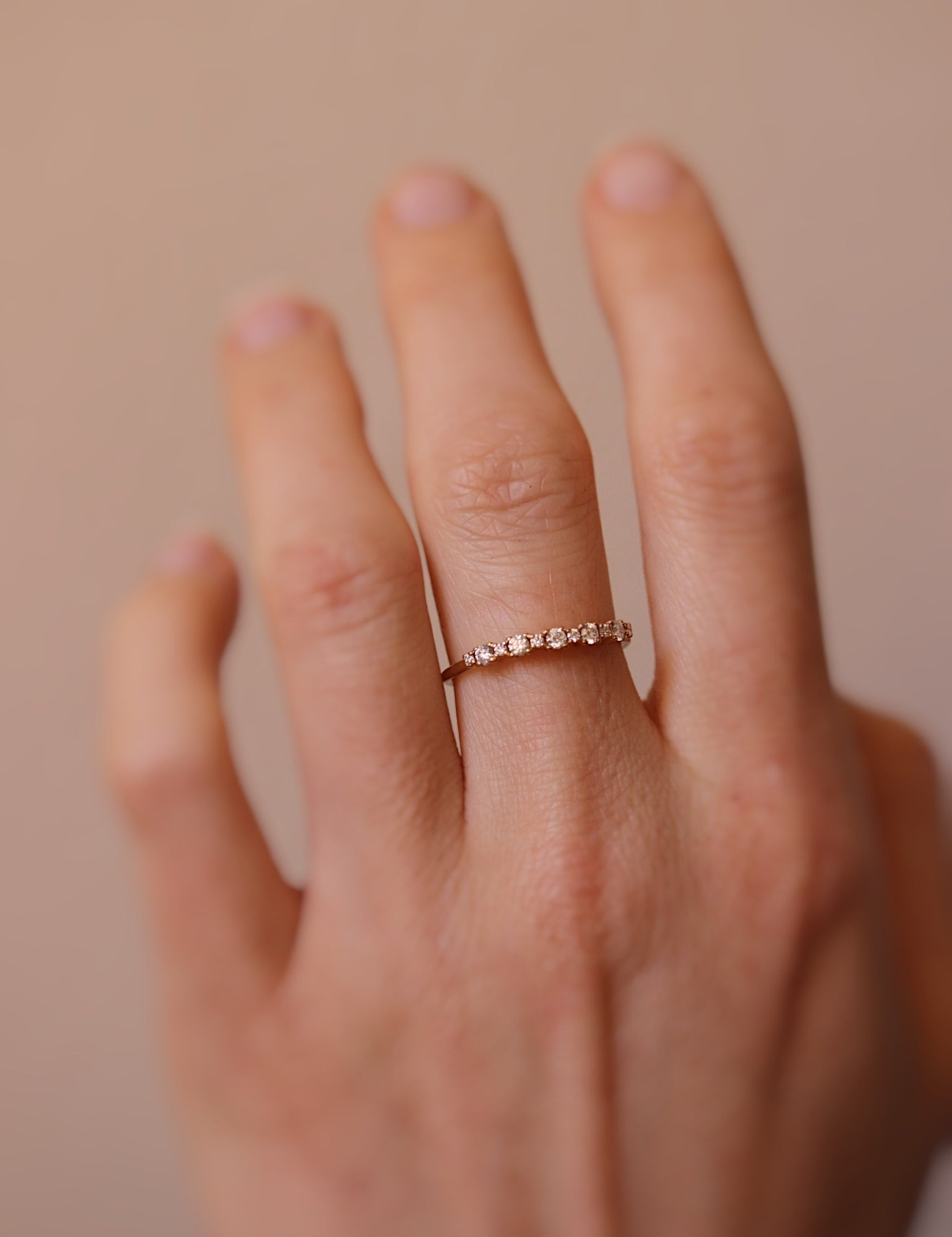
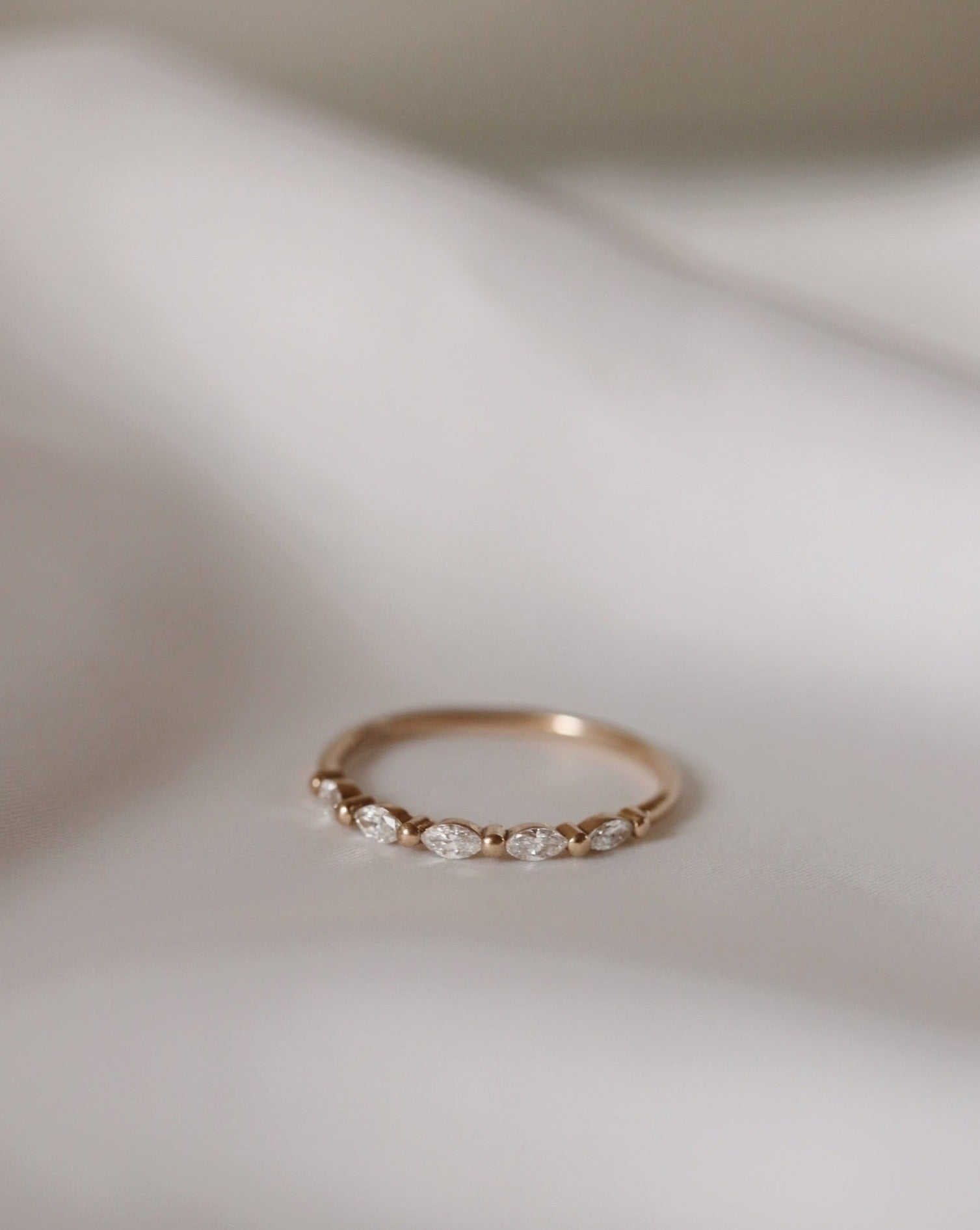
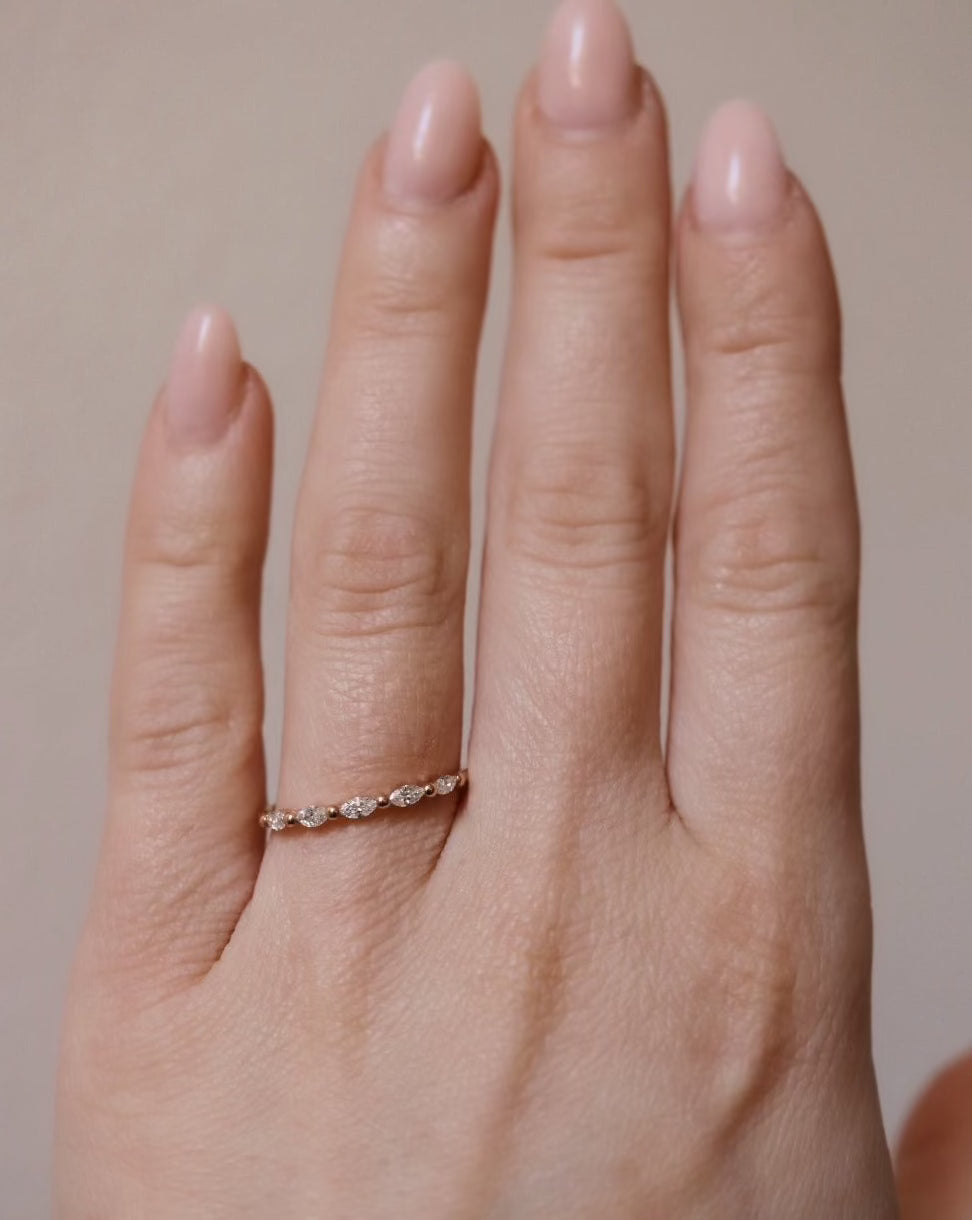
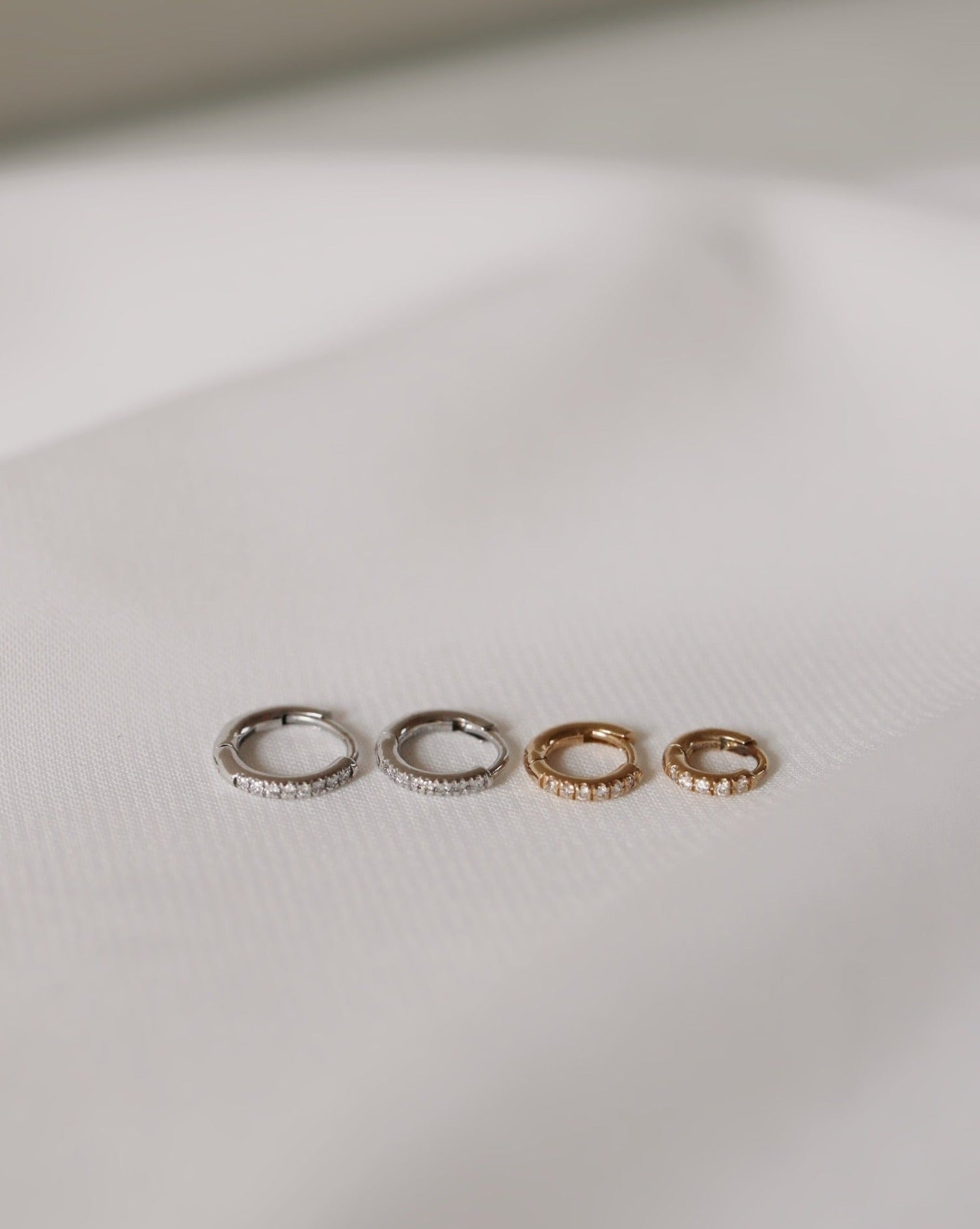
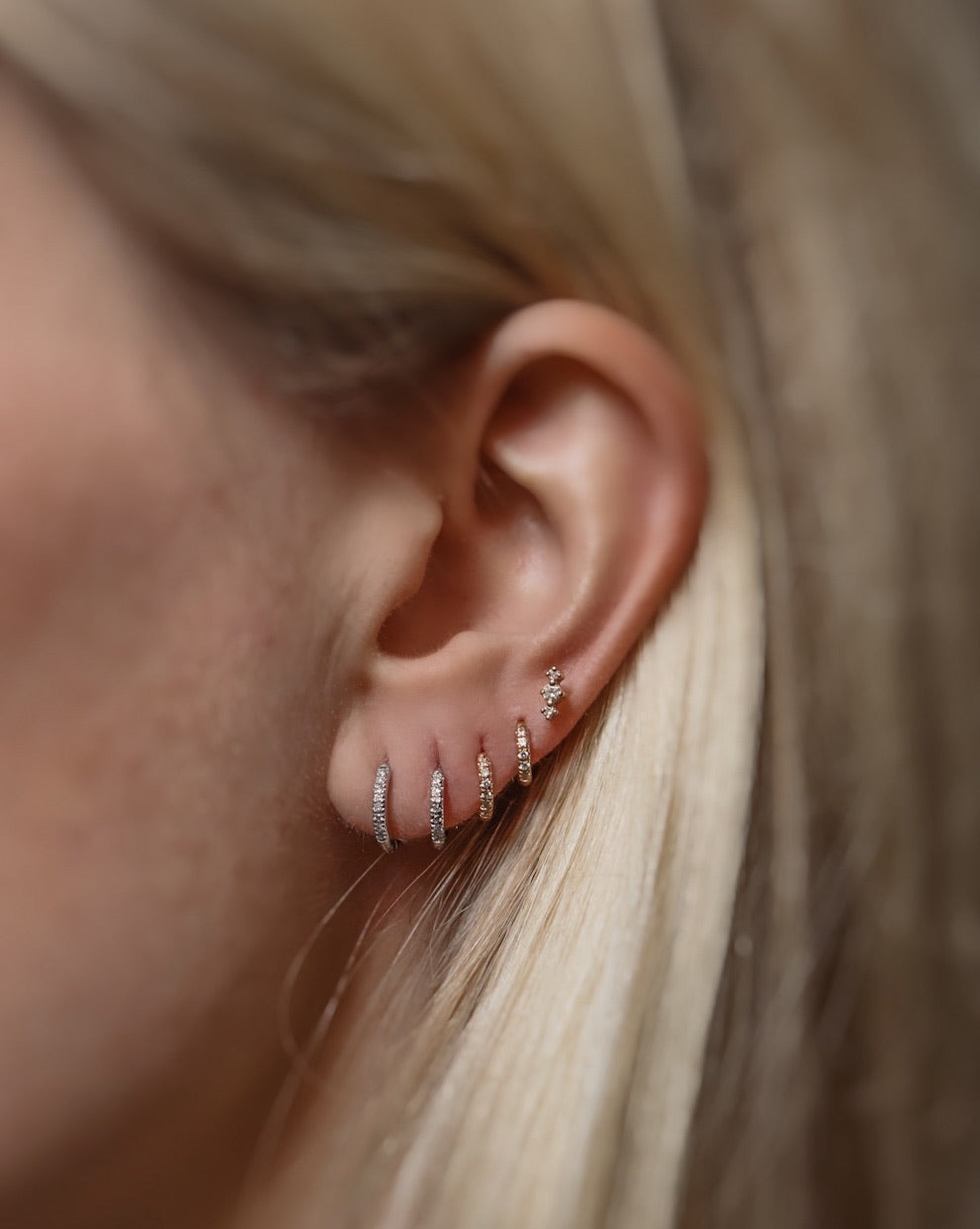
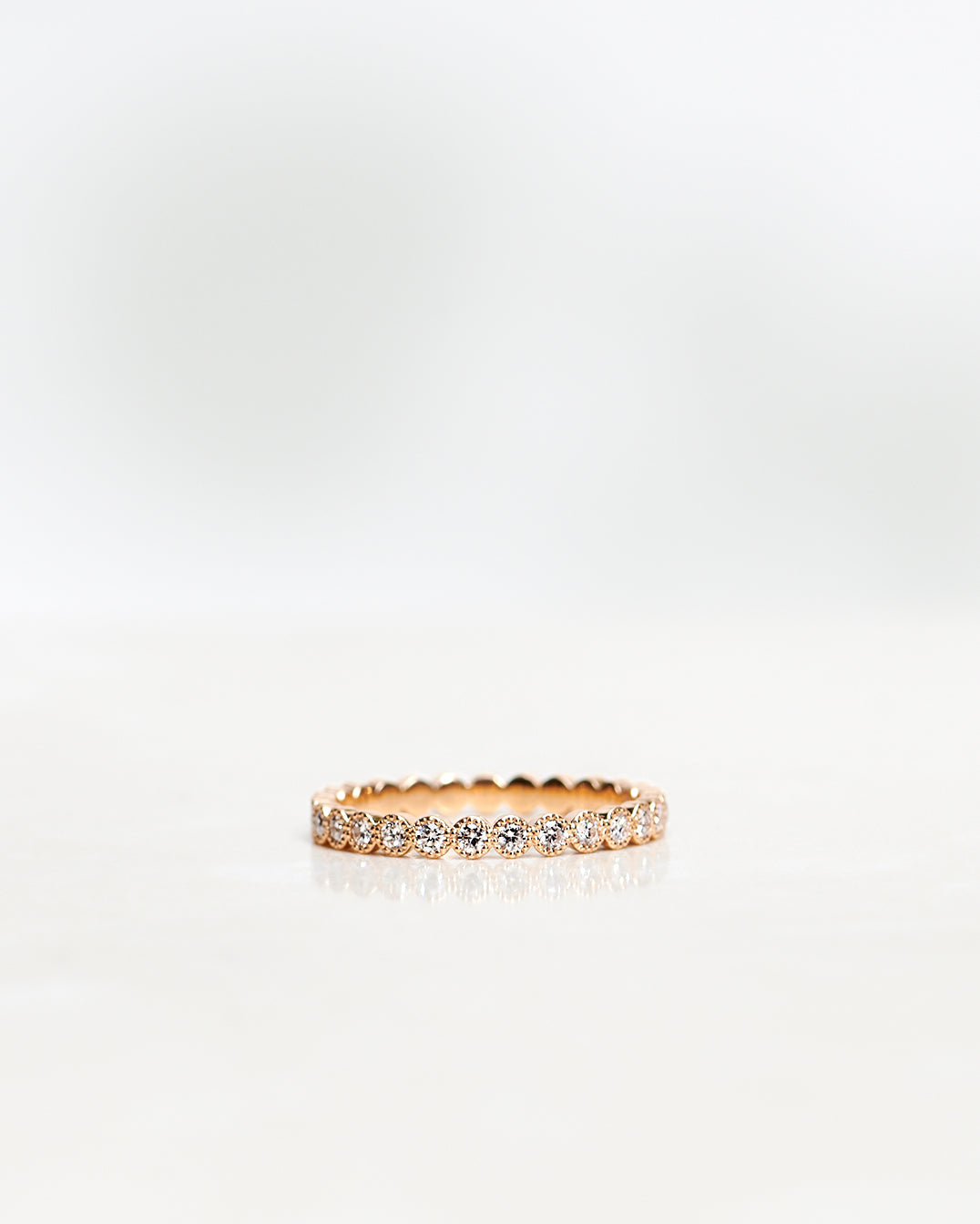

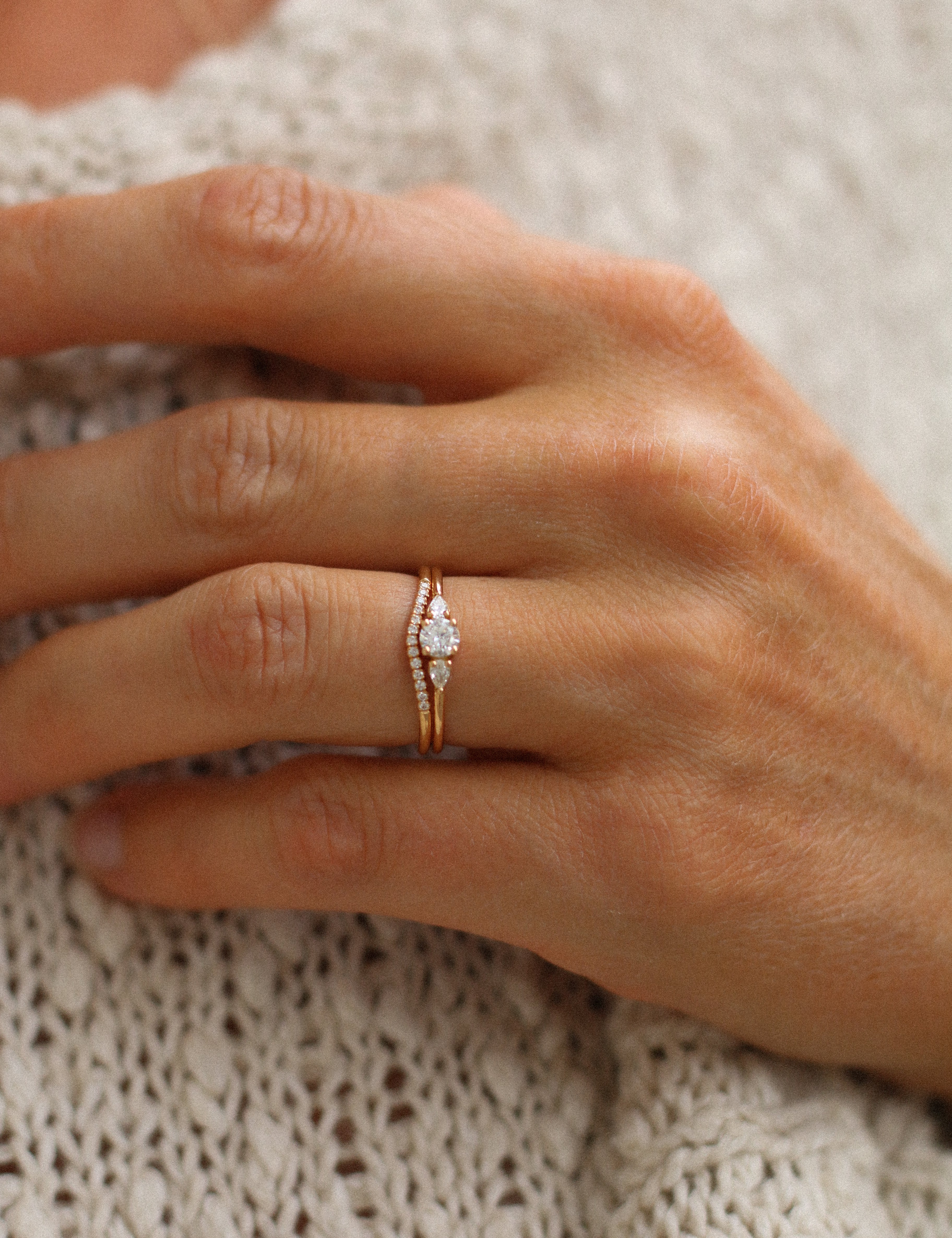
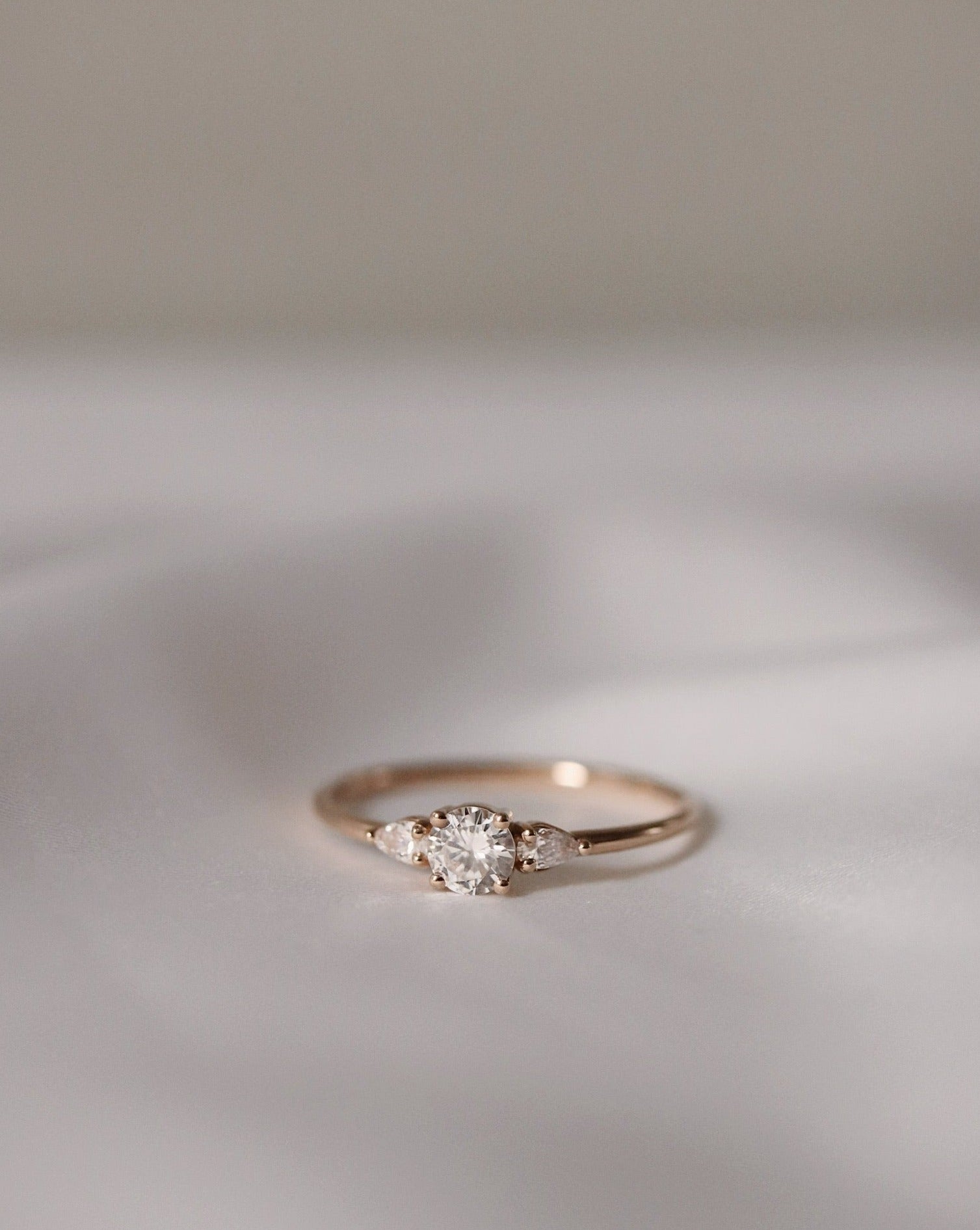
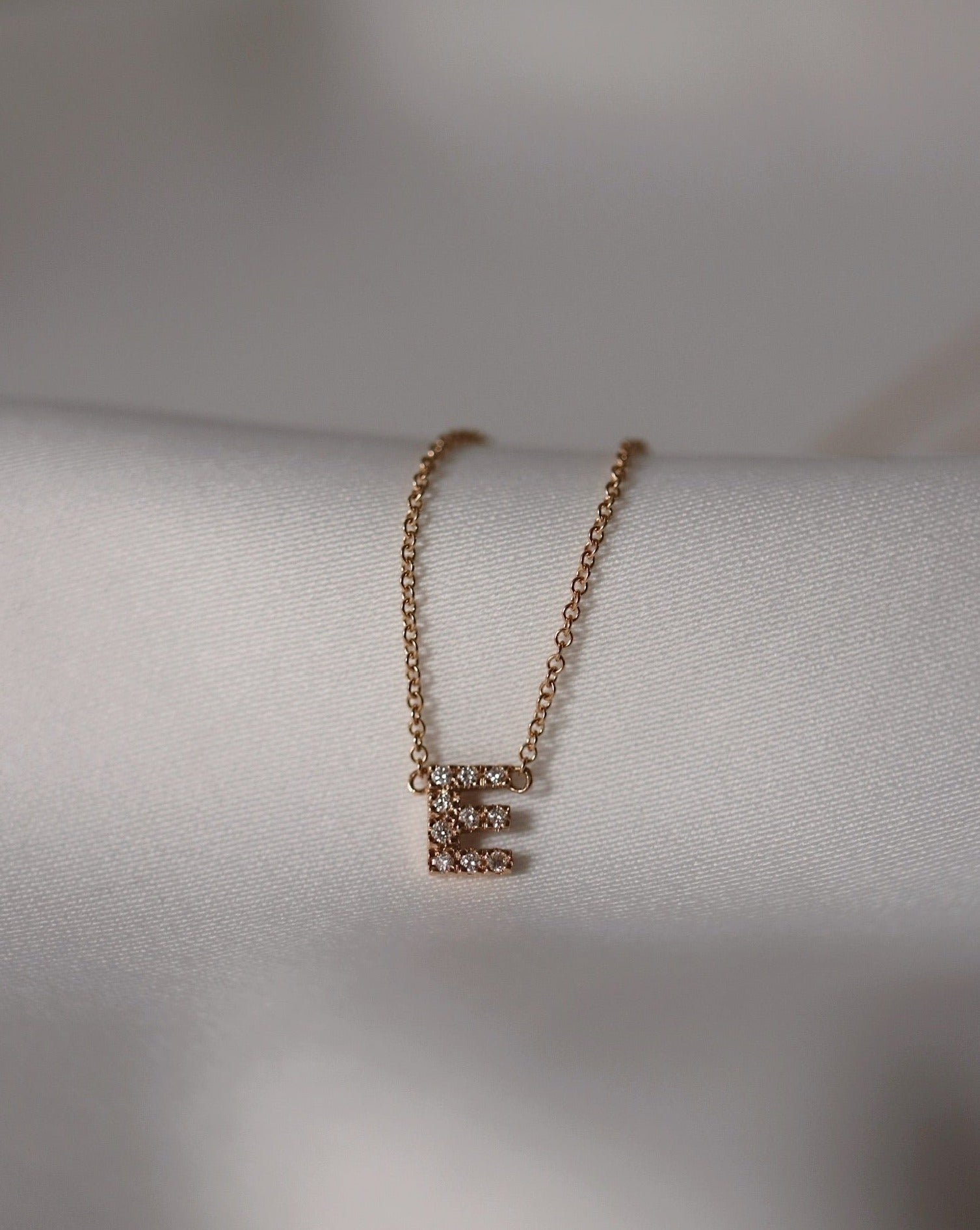
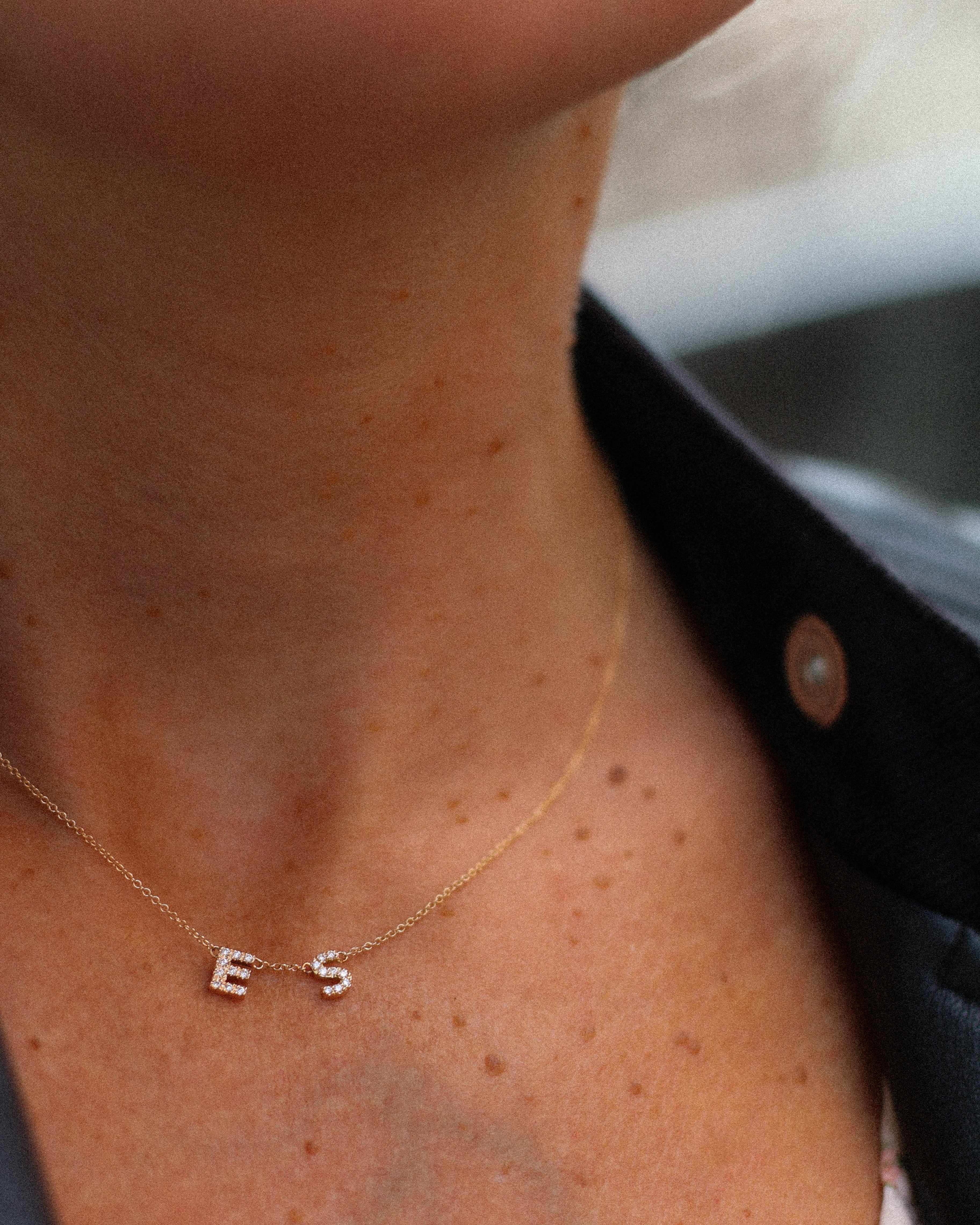
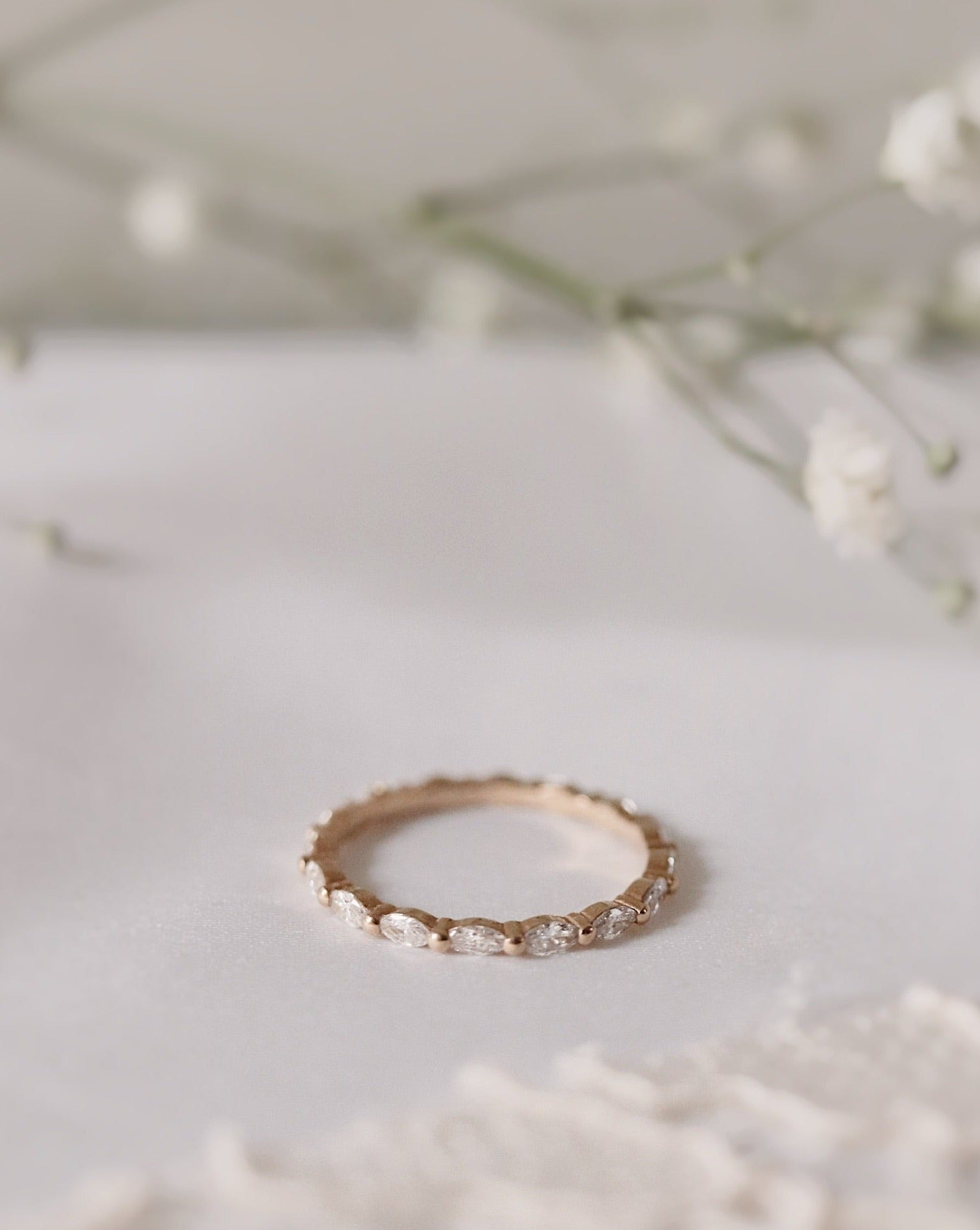
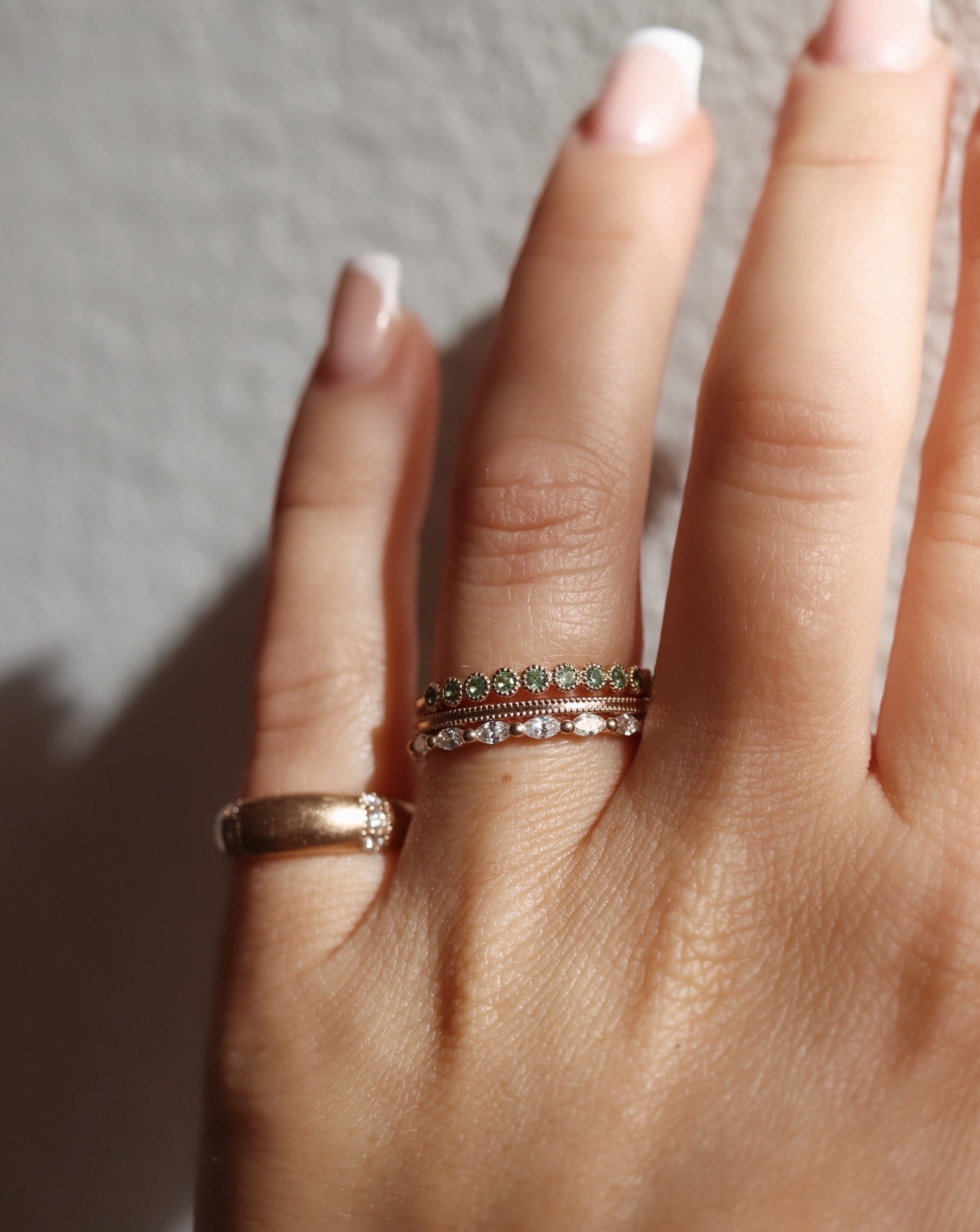
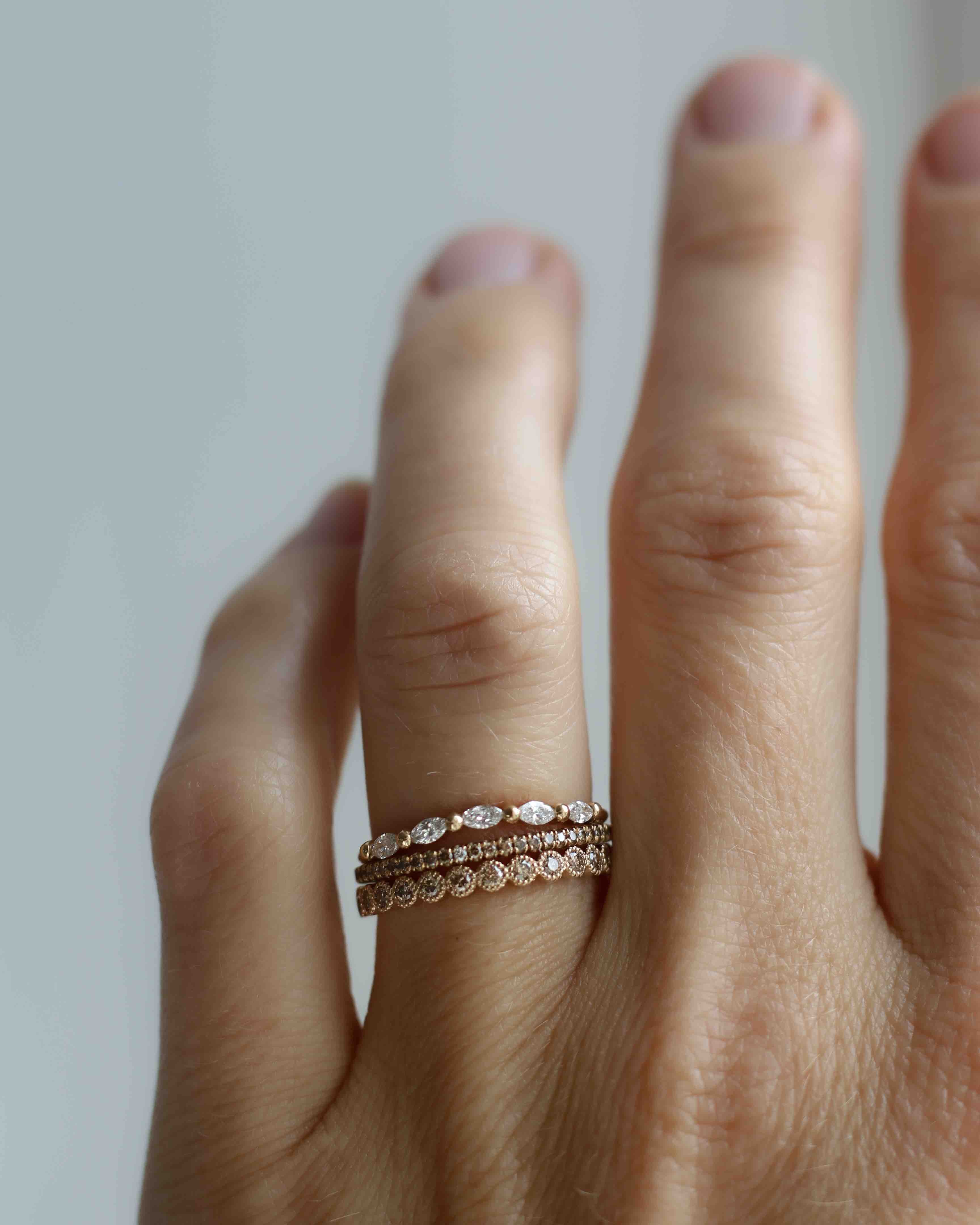
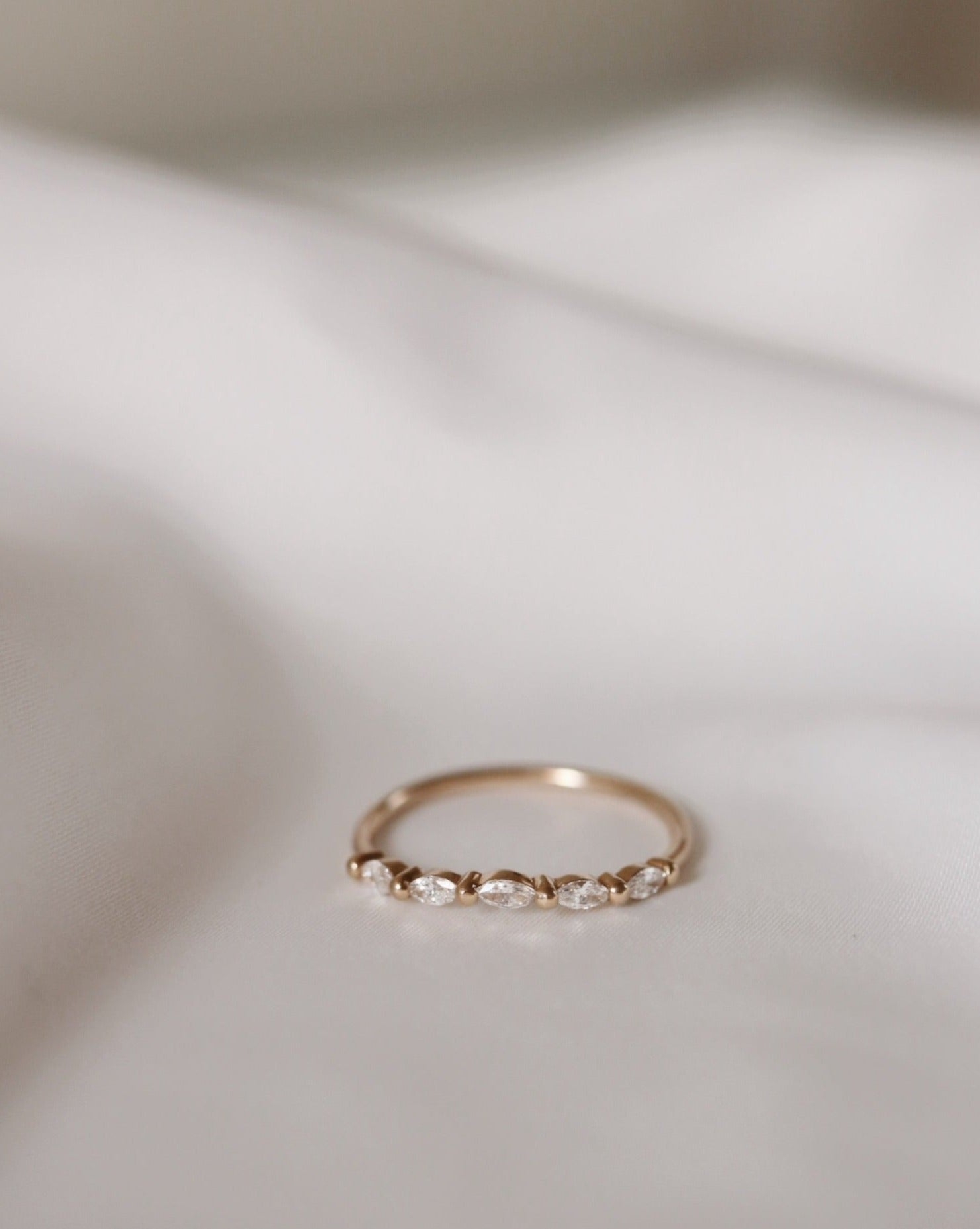
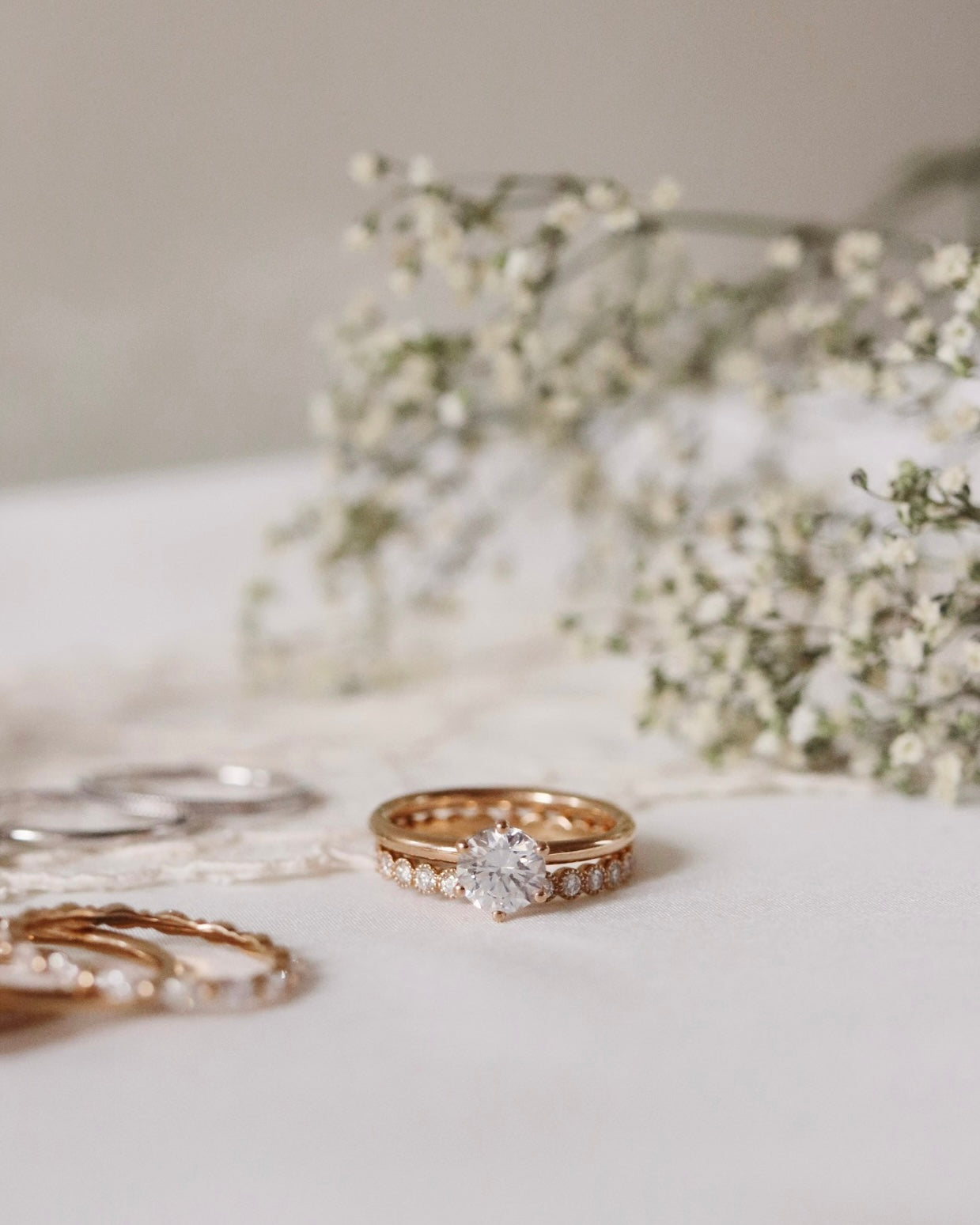
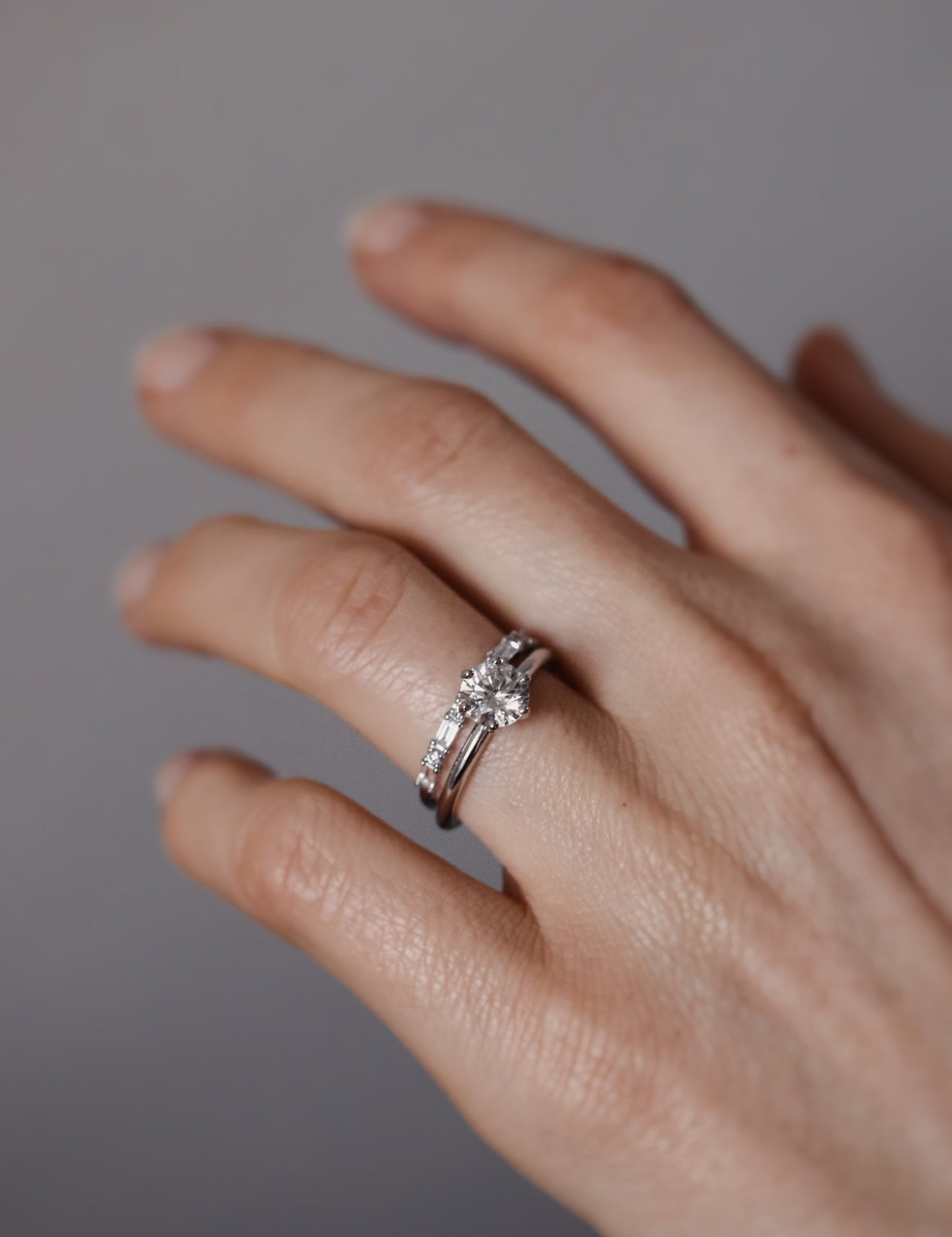
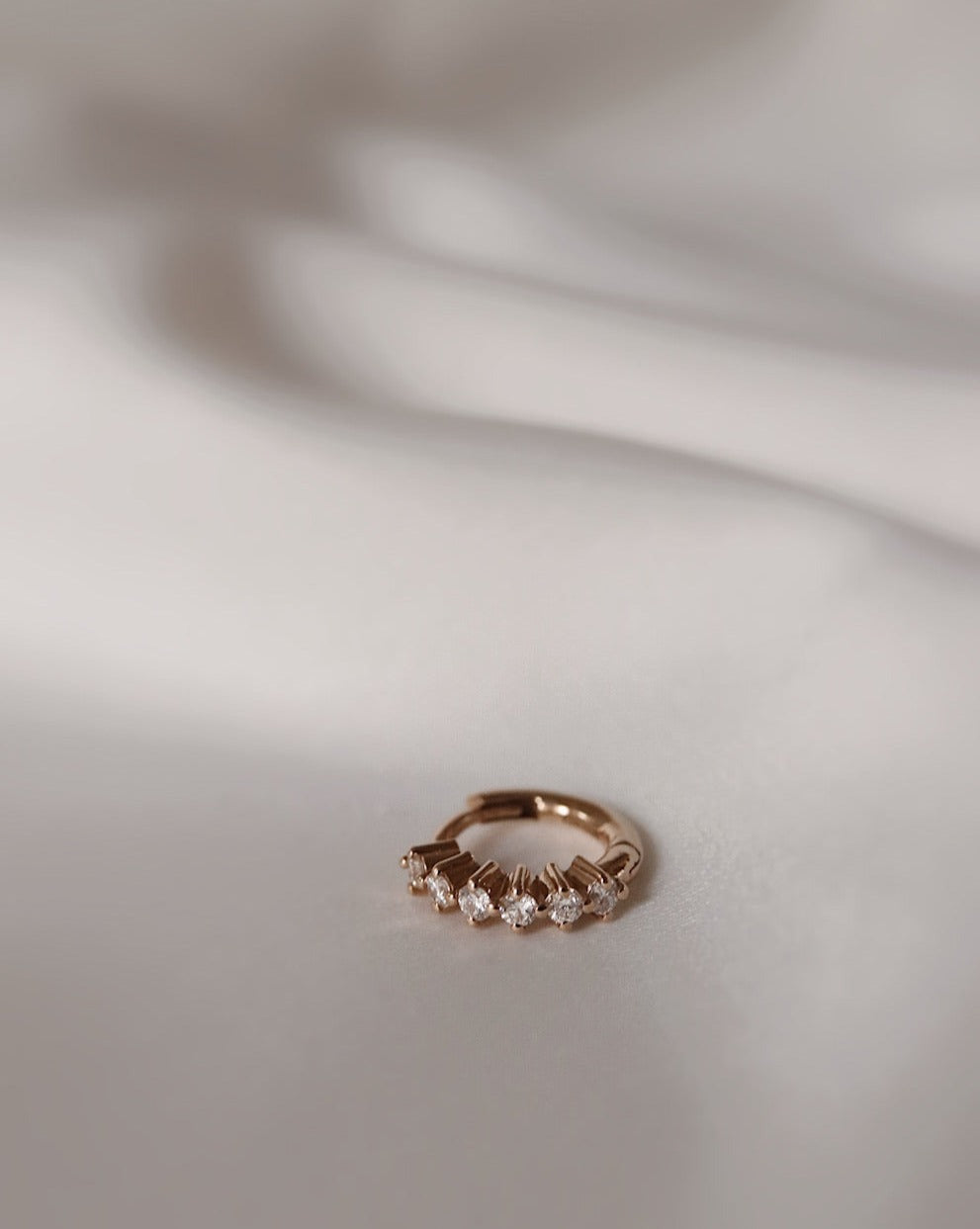
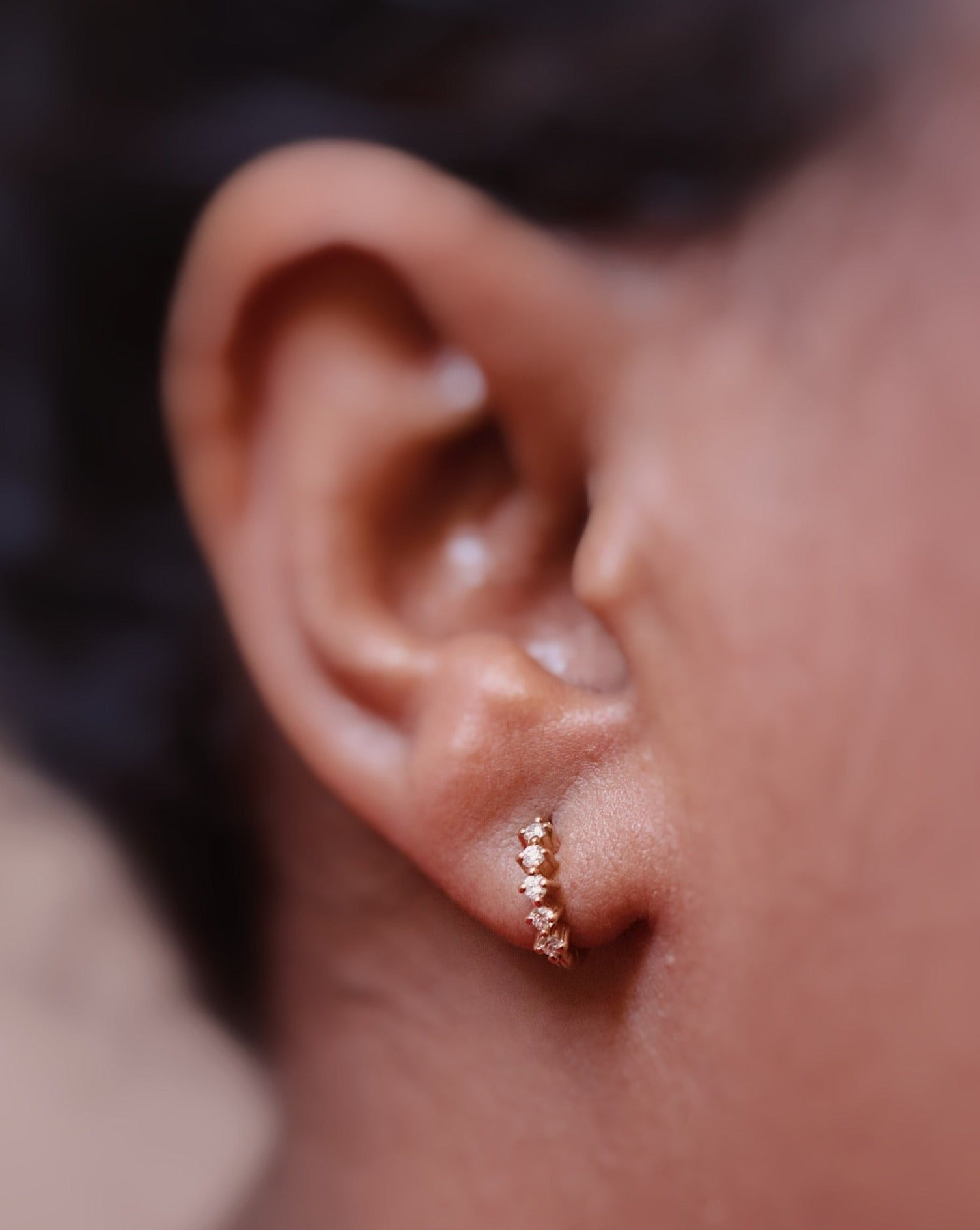
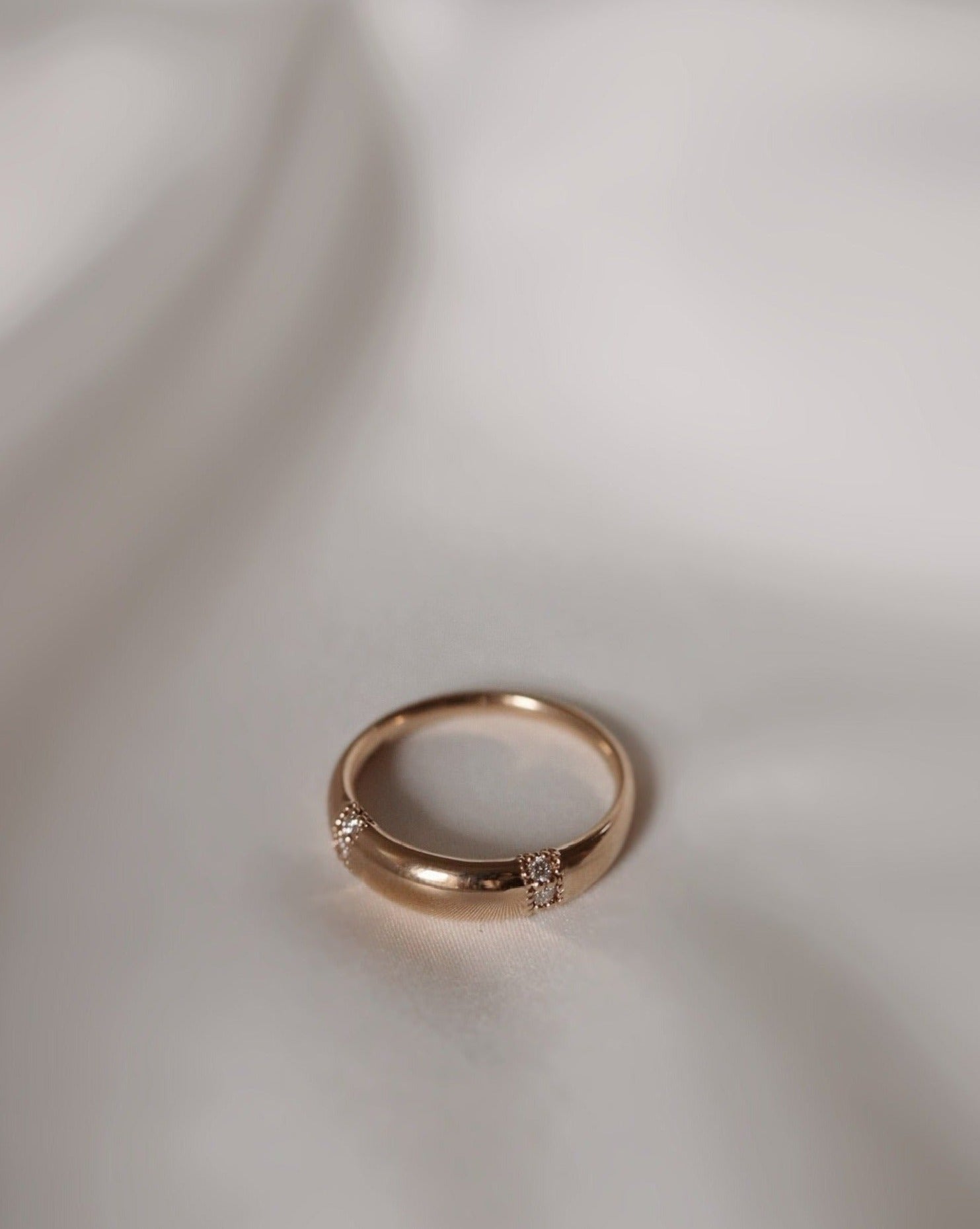
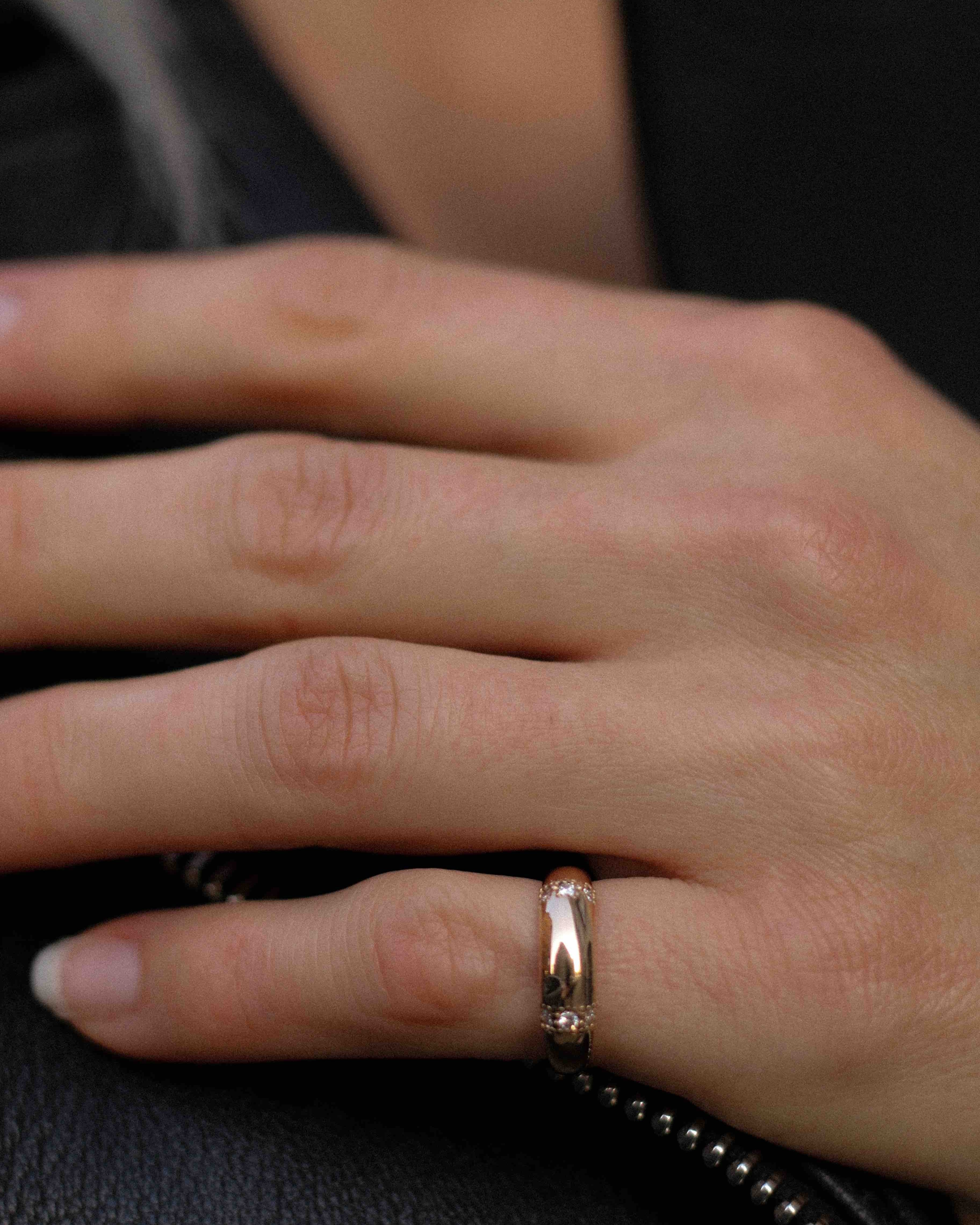
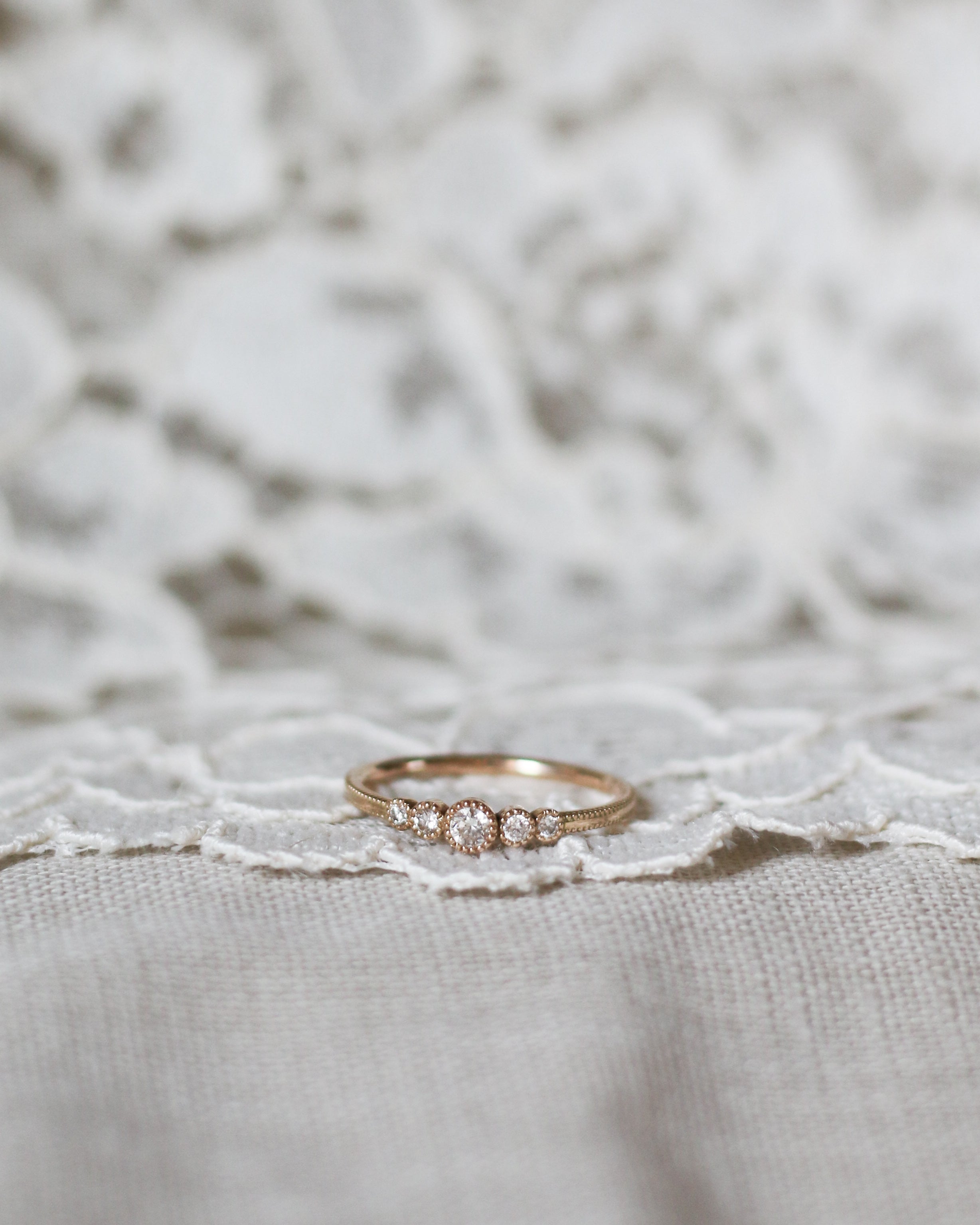
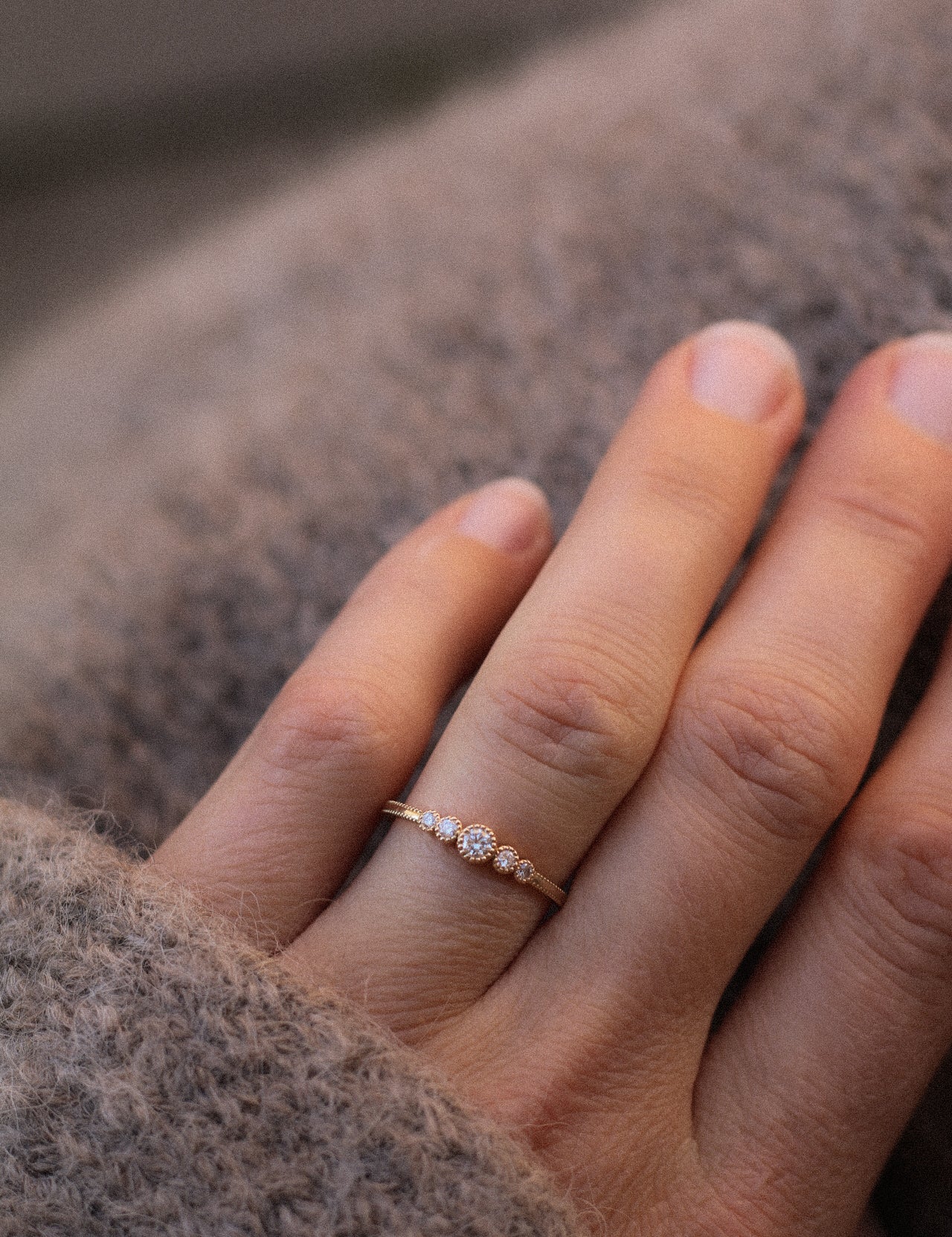
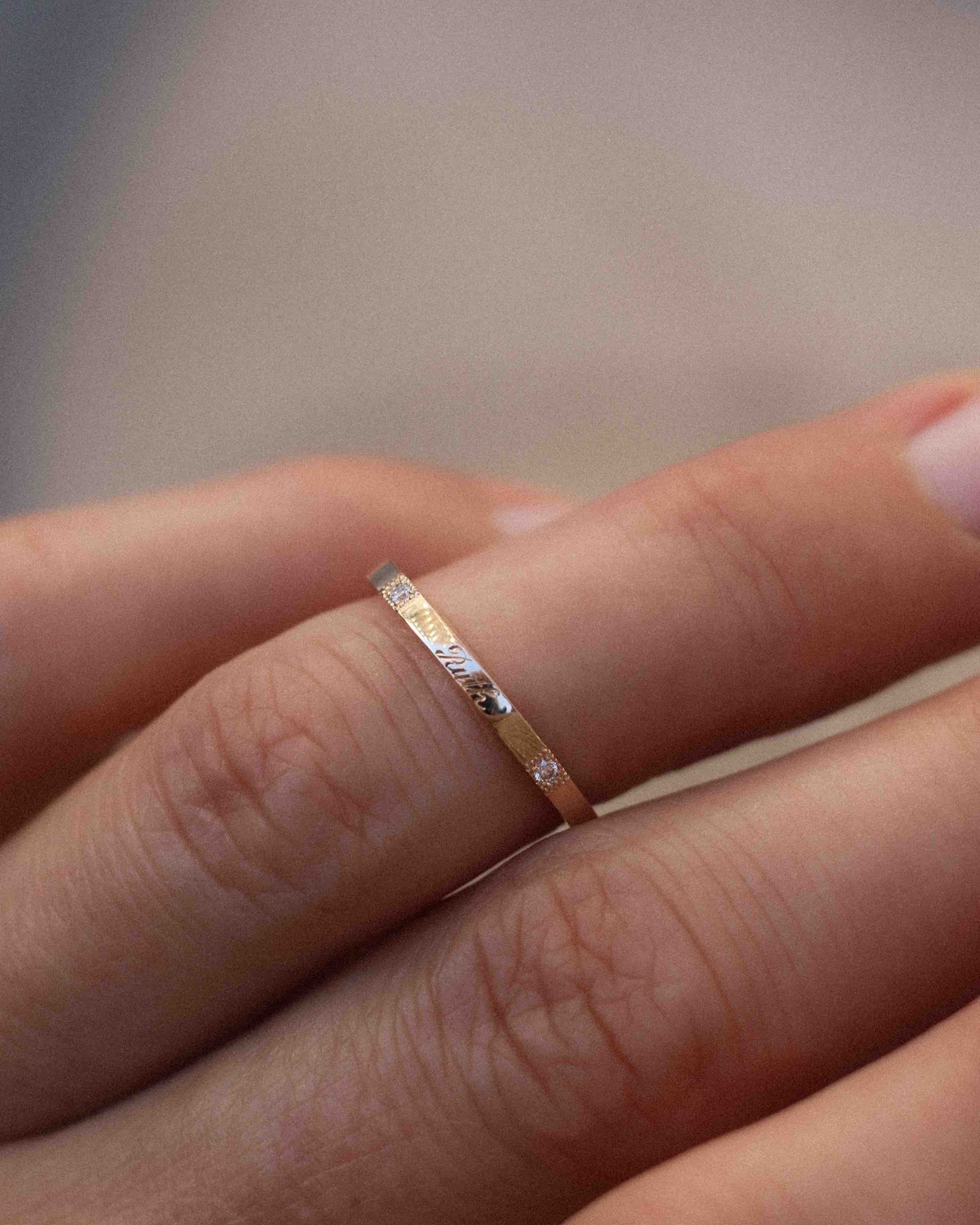
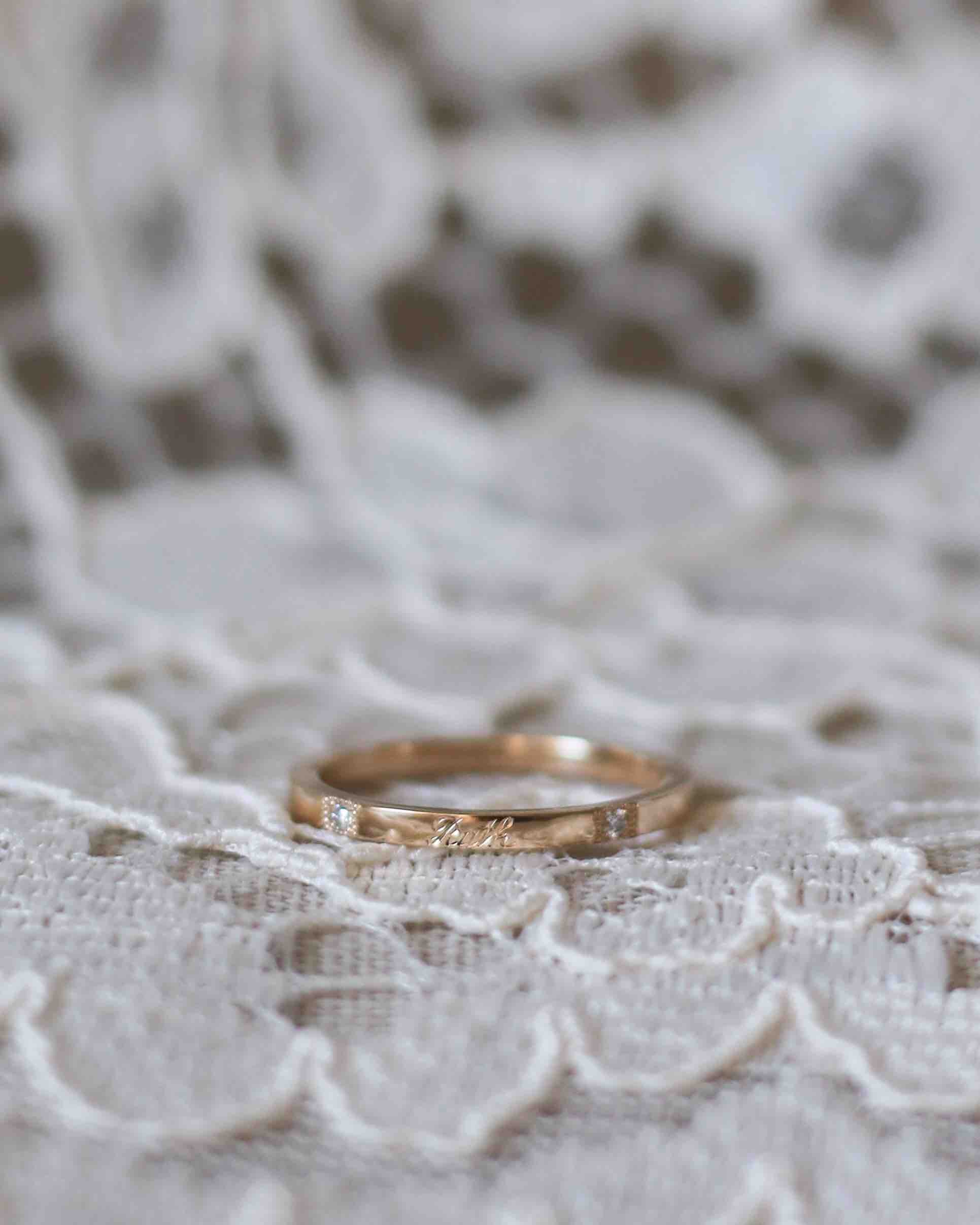
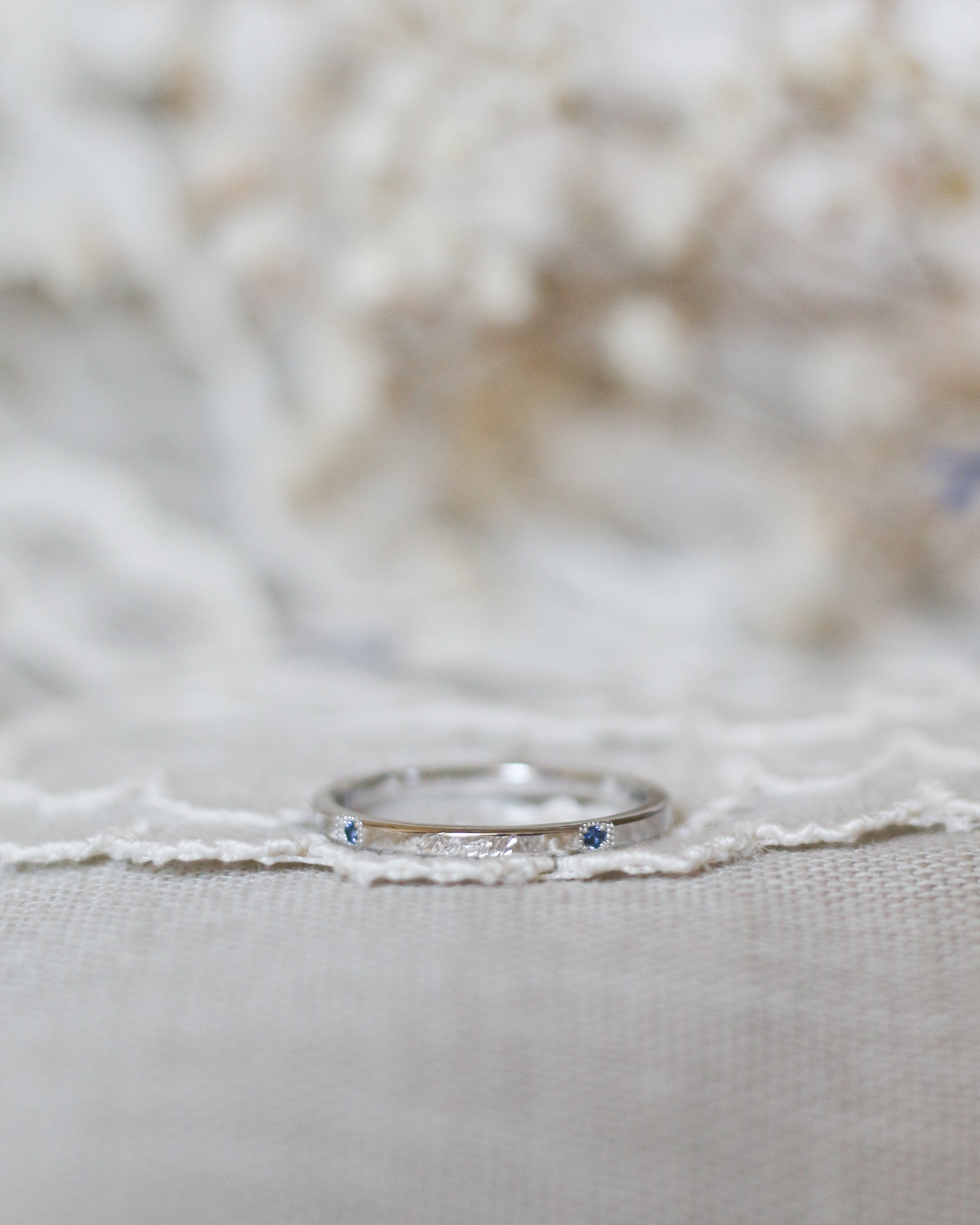
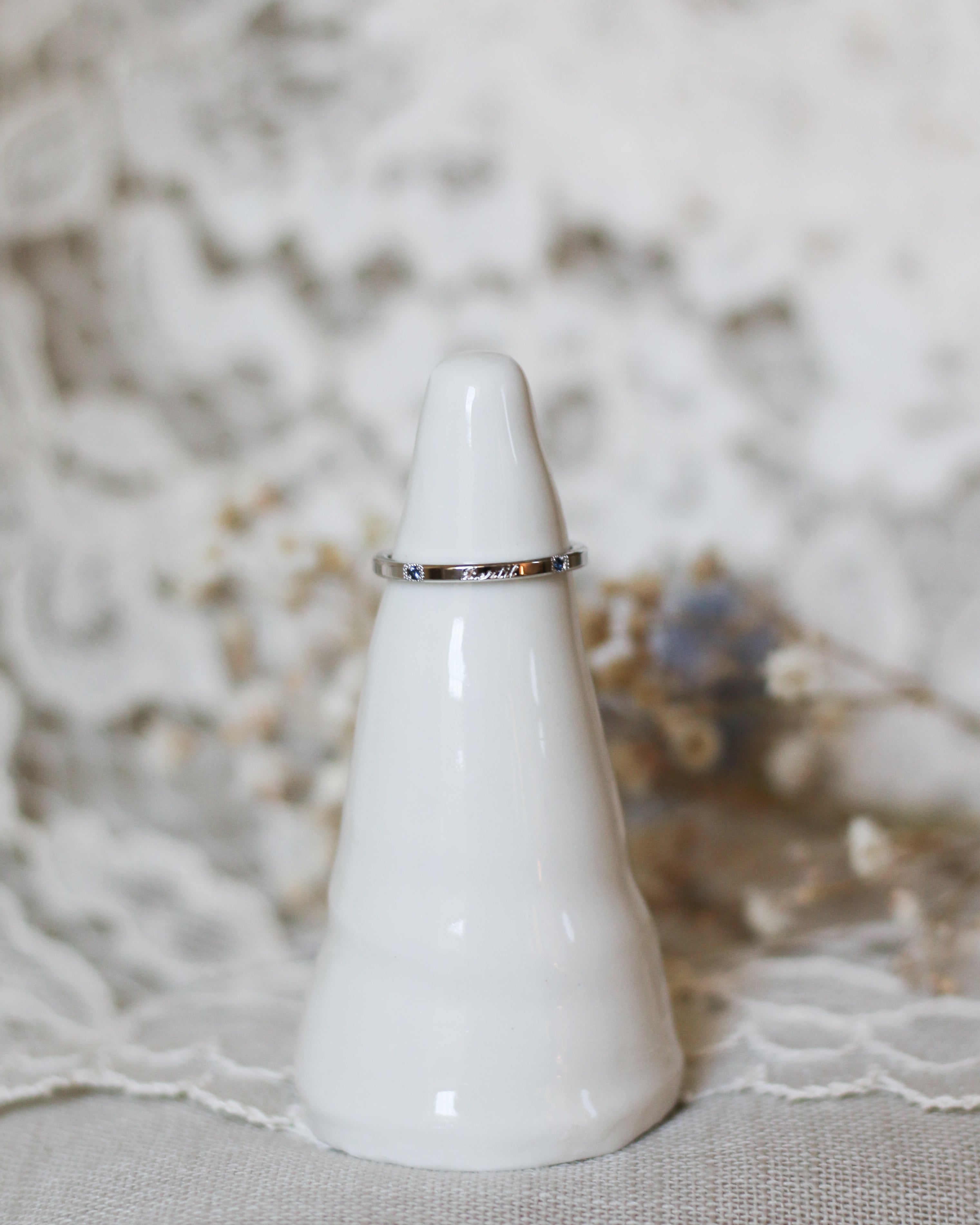
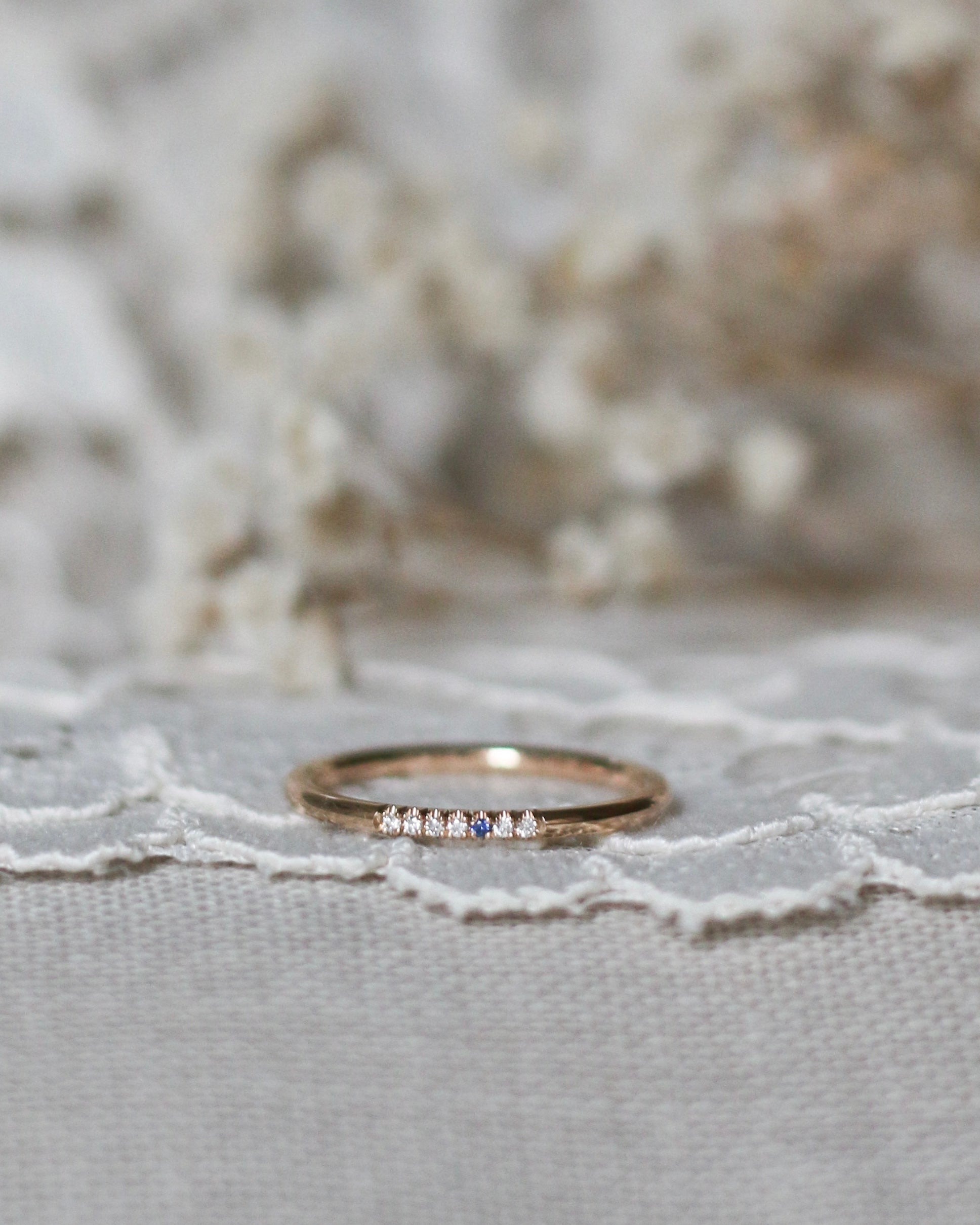
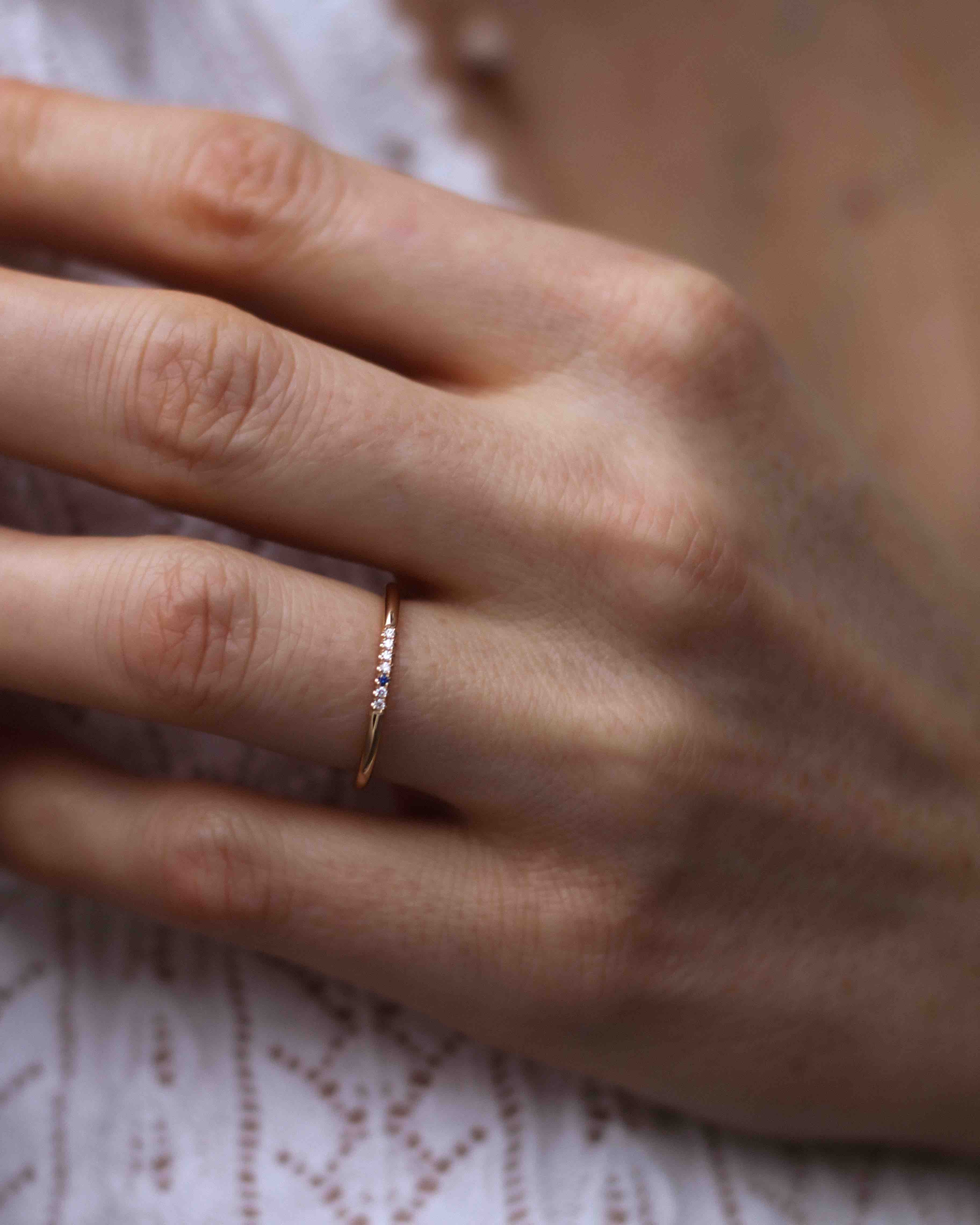
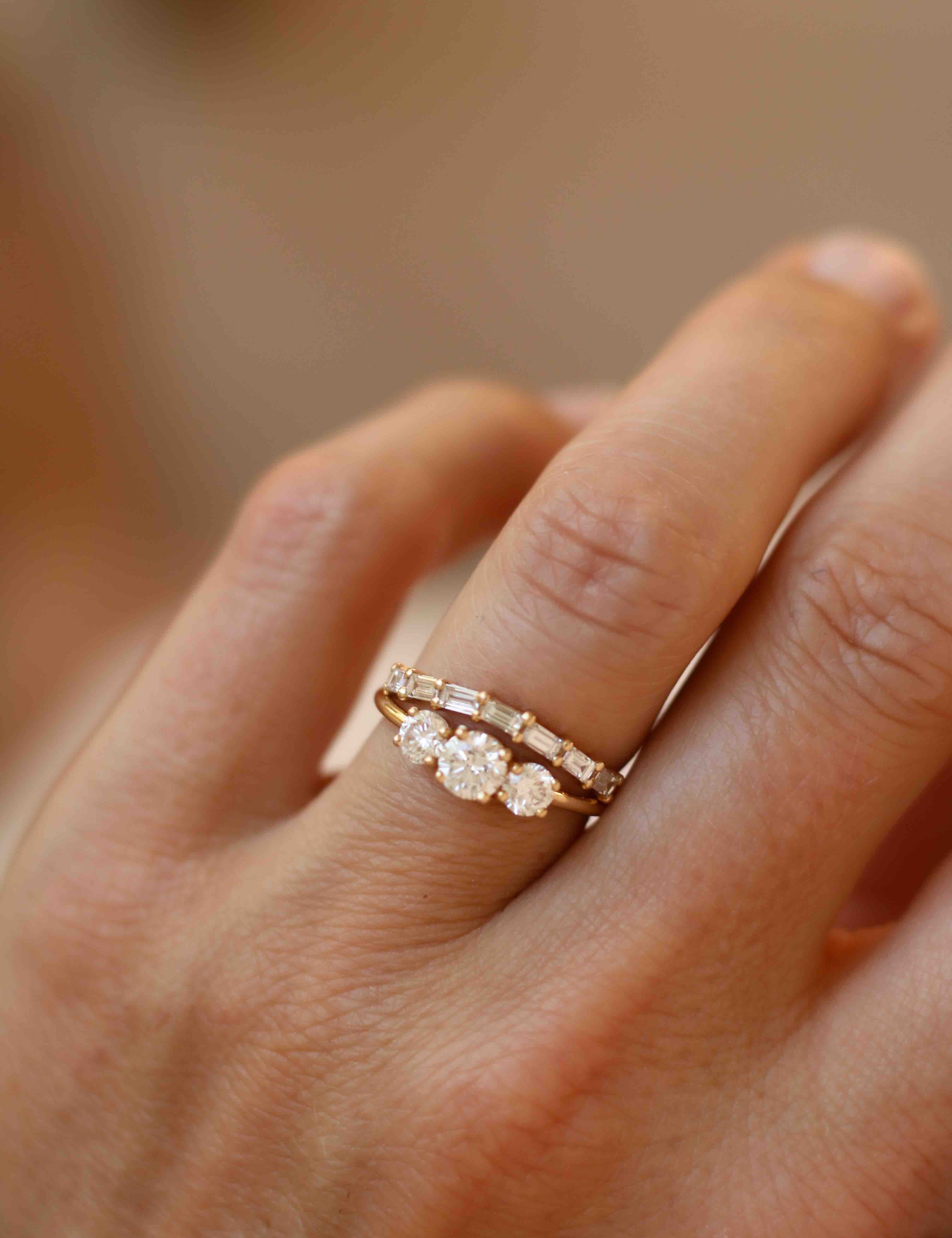
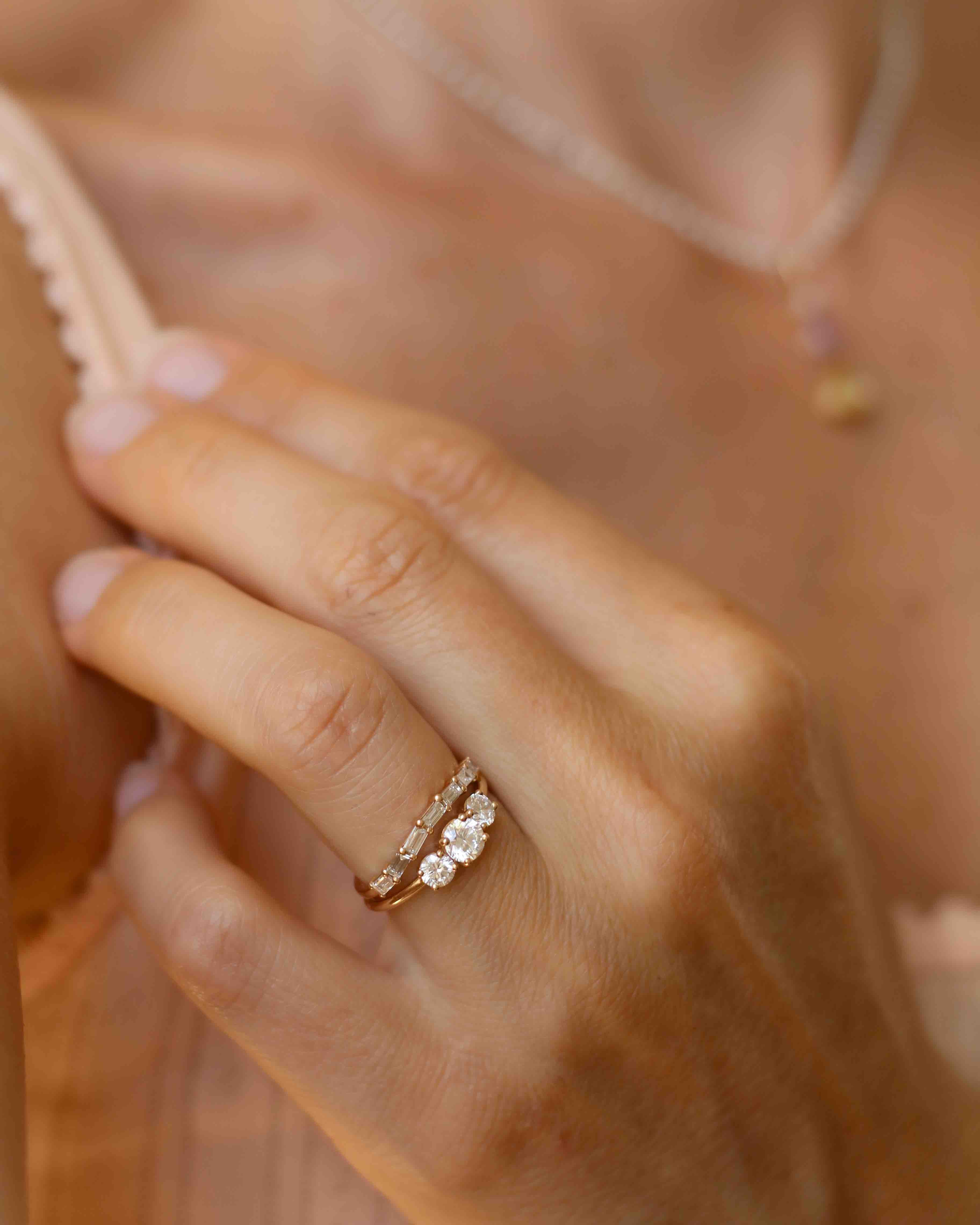
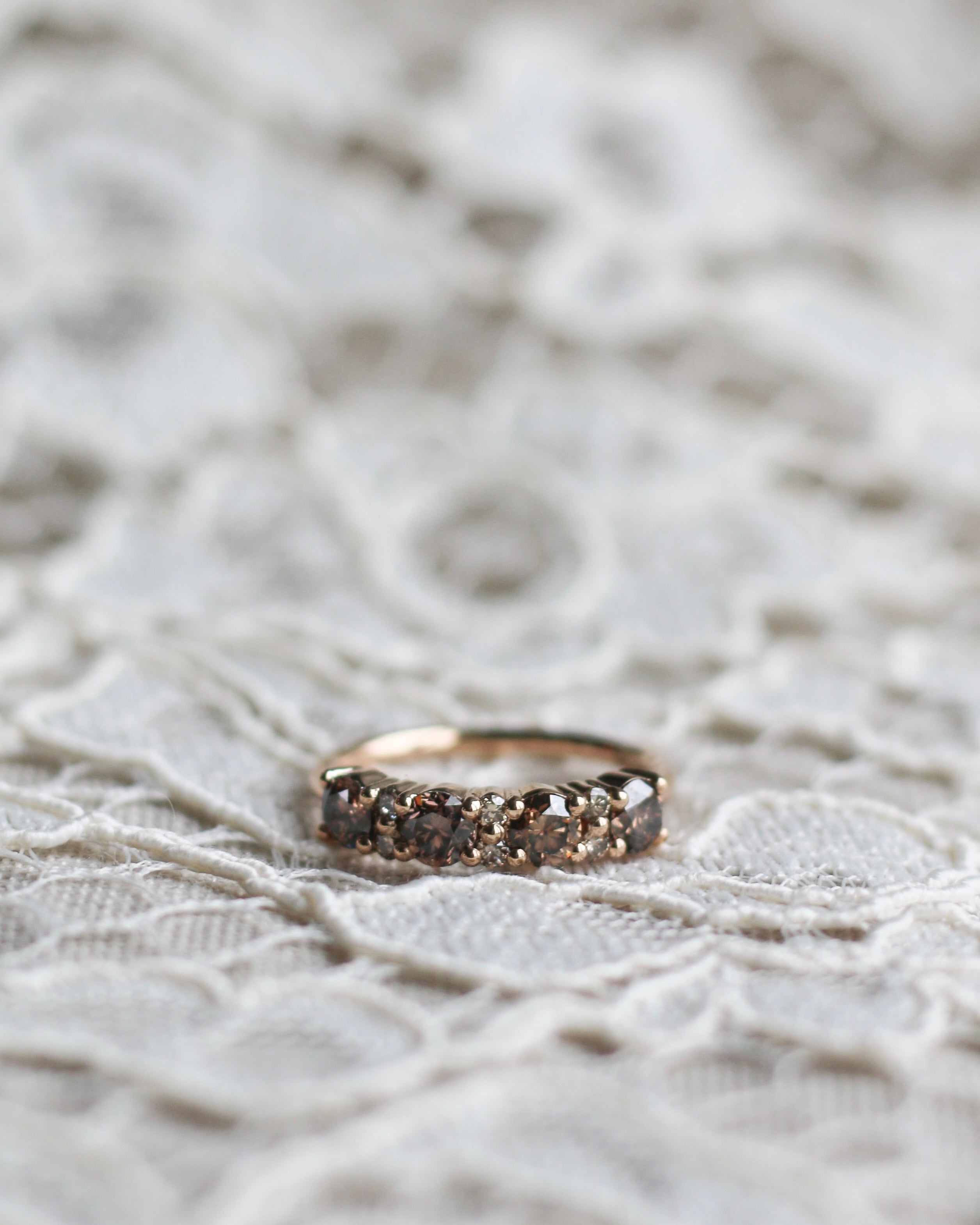
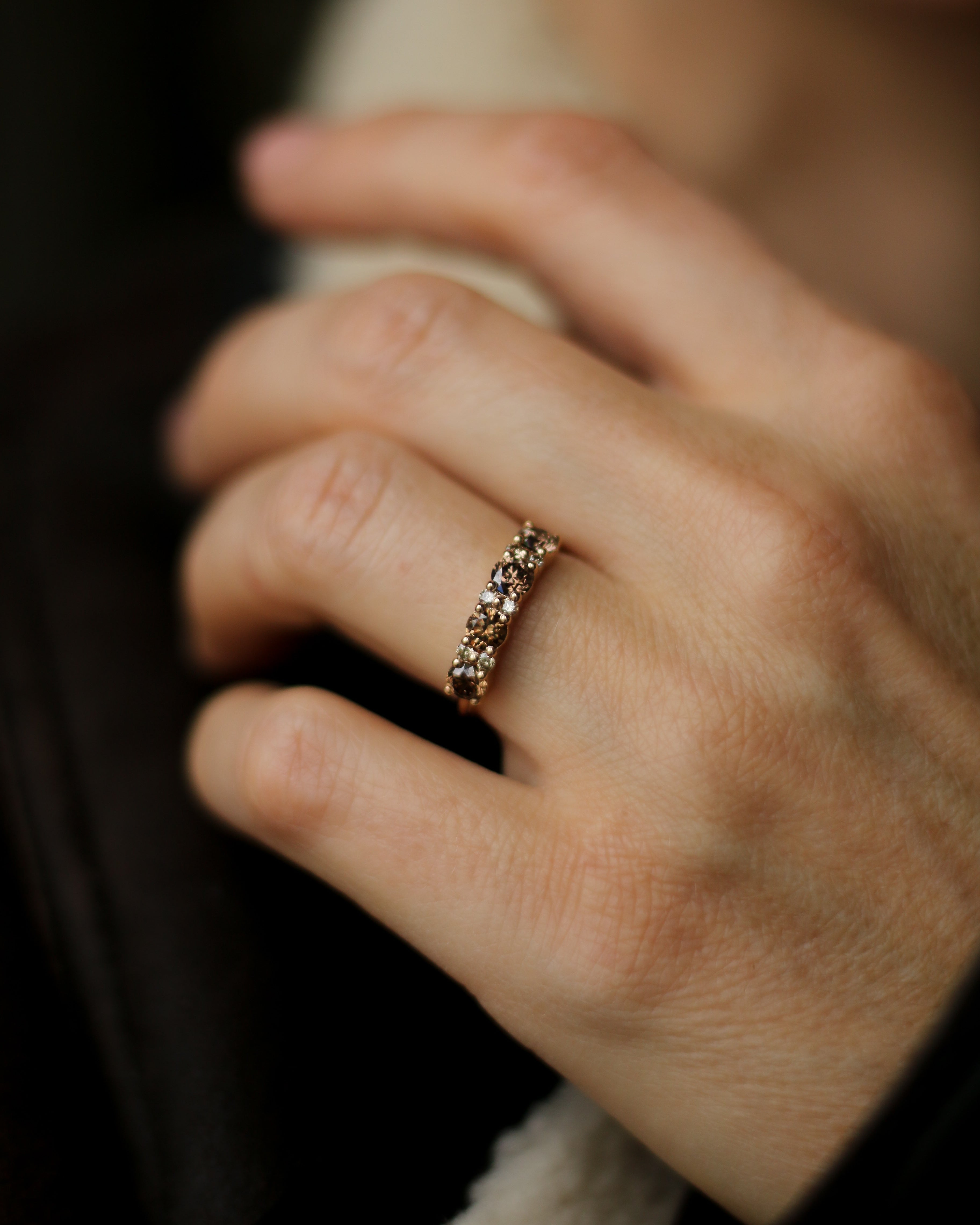


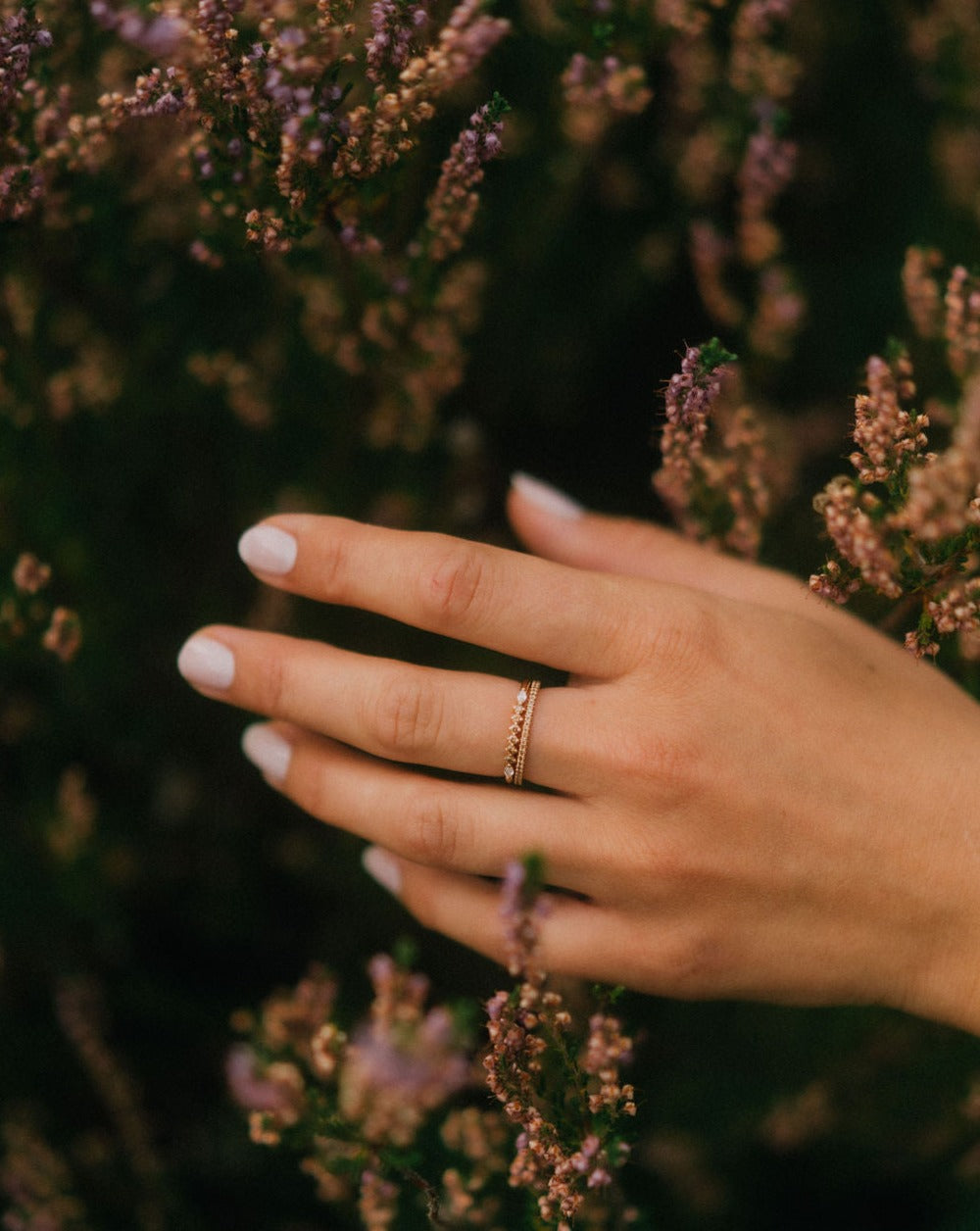
Leave a comment